
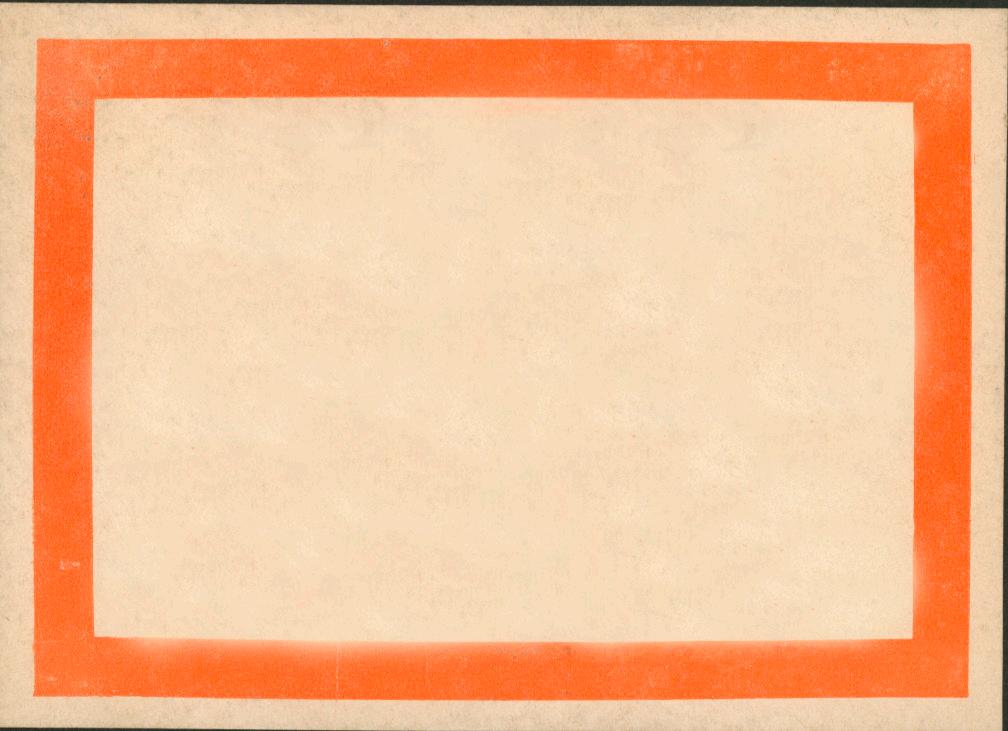




Art for Eternity
303 East 81st Street
New York, NY 10028. USA
May 28 – June 1
NEW YORK 2025
urating an exhibition dedicated to smallscale sculpture is both a joyful endeavor and a curatorial challenge. In many nonEuropean societies, such sculptures are not simply decorative objects. They serve vital roles within personal, spiritual, and ritual contexts. Often, these works are known only within private domains or are brought into the public sphere during highly specific ceremonial moments.
In the following pages, we invite you to join us in exploring the masterful world of monumental miniatures. These small works reveal extraordinary technical skill and refined craftsmanship. To create something perfect and unique at this scale demands exceptional talent, keen focus, and an intimate knowledge of detail and ornament. Small sculpture allows for no mistakes. A single misplaced cut can ruin the entire composition. Only true masters of the medium can sense the essence within the material and transform it into something eternal, something monumental in spirit.
The pleasure these works offer the viewer is not accidental. It is consciously intended by the artist. Through their density of form and meaning, these sculptures stimulate our intellect and imagination. The closer we examine them, the more we are drawn into a sense of reverence. We begin to feel the artist’s presence and the animation of the work itself. These sculptures are imbued with a sense of soul and presence.
In the exhibition “Crossing Cultures: Monumental Miniatures - Kleinplastik,“ we seek to reframe the significance of small-scale sculpture in our own time. We present these works as vibrant sources of energy and as visions of beauty and perfection. These are not miniature versions of larger pieces. Rather, they are autonomous in function and meaning, often created as personal objects. Through their use and offering, many have acquired a rich patina that speaks of devotion and time. As collectors, we value this surface history as a sign of life and transformation. It is through this depth of wear that these objects reveal their stories, their magic, and the sense of soul we seek in a world increasingly shaped by the technical, the interchangeable, and the endlessly reproducible.
In recent decades, several important exhibitions have explored the world of small-scale sculpture. Pioneering efforts by William Fagg in 1970 and David Attenborough in 1985 honored the collection of miniature sculptures amassed by artist Josef Herman, resulting in two influential volumes. A significant contribution to the appreciation of small-scale sculpture also came through Dave DeRoche’s insightful essay Monumental Miniatures: The Saul and Marsha Stanoff Collection (2003), which further underscored the profound expressive power and cultural richness embodied in these compact forms.
Another key moment in elevating the status of small sculpture came with the exhibition “Gems,“ curated by Spanish gallerist Antonio Casanova. His presentation rightfully placed these objects on the level of treasures and precious adornments. When “Gems“ debuted at the Paris Parcours des mondes in 2009, it was celebrated as a landmark event, helping miniature works gain long-overdue recognition equal to that of their larger counterparts.
Unique works serve as ambassadors of the unfamiliar. They are not art in the Western sense, but instead open a doorway into a new world and into the realm of ideas of the people who created them. We are pleased to welcome you on a journey of renewed perception. Allow yourself to be curious and open to what you are about to discover.
Dr. David Zemanek

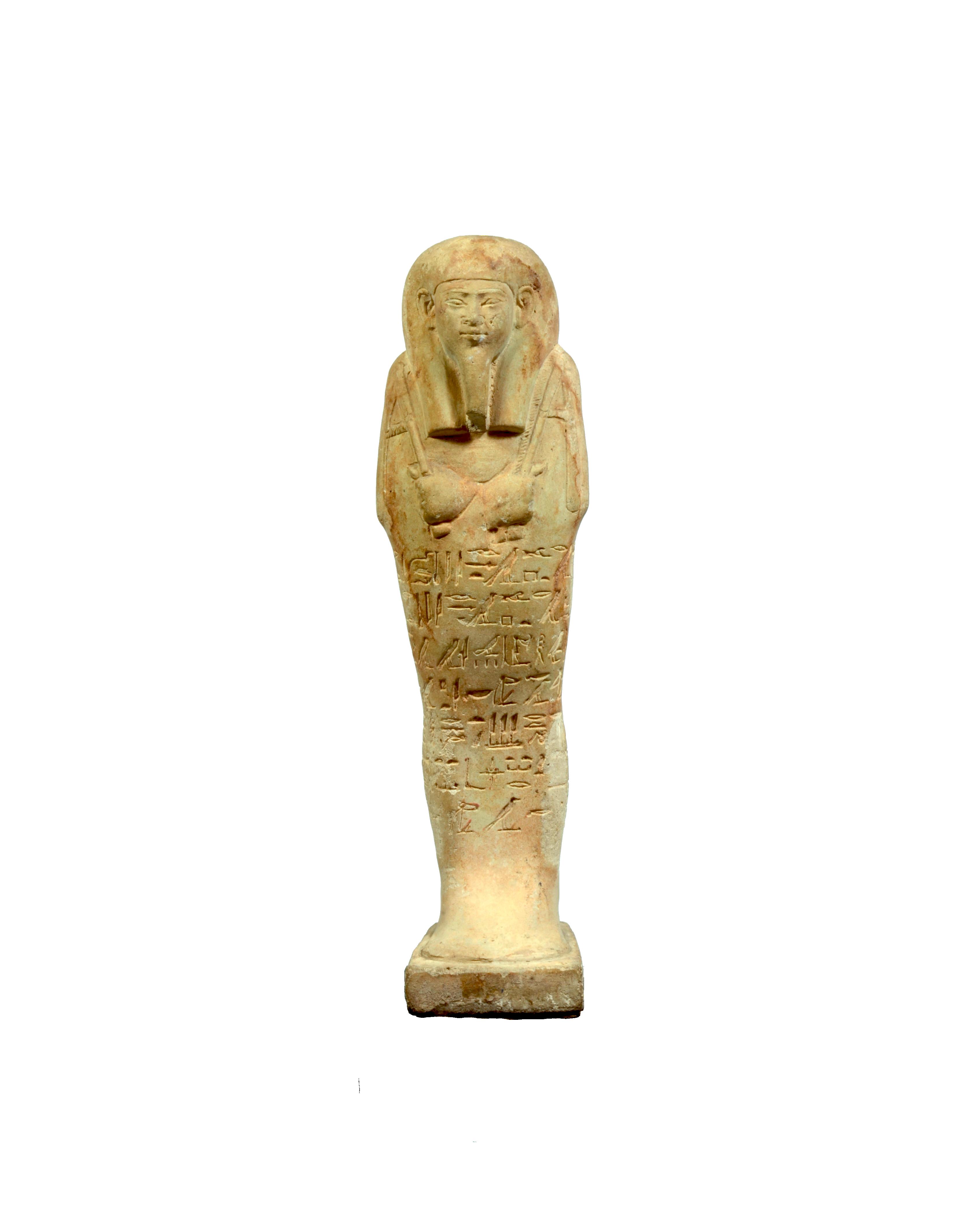
Unattributed Artist
Egypt
26th dynasty circa 610 to 560 BCE
Faience composition
H: 18.5 cm
PROVENANCE
Provenance: Old Collection, Berlin
acquired 26 February 1963 from M. Gassierer
Unattributed Artist
Mesopotamia Tek Brak Idol
Circa 3500-3000 BCE
Serpentine
H: 4.12 cm
PROVENANCE
Brooklyn NY Collection
Nowes

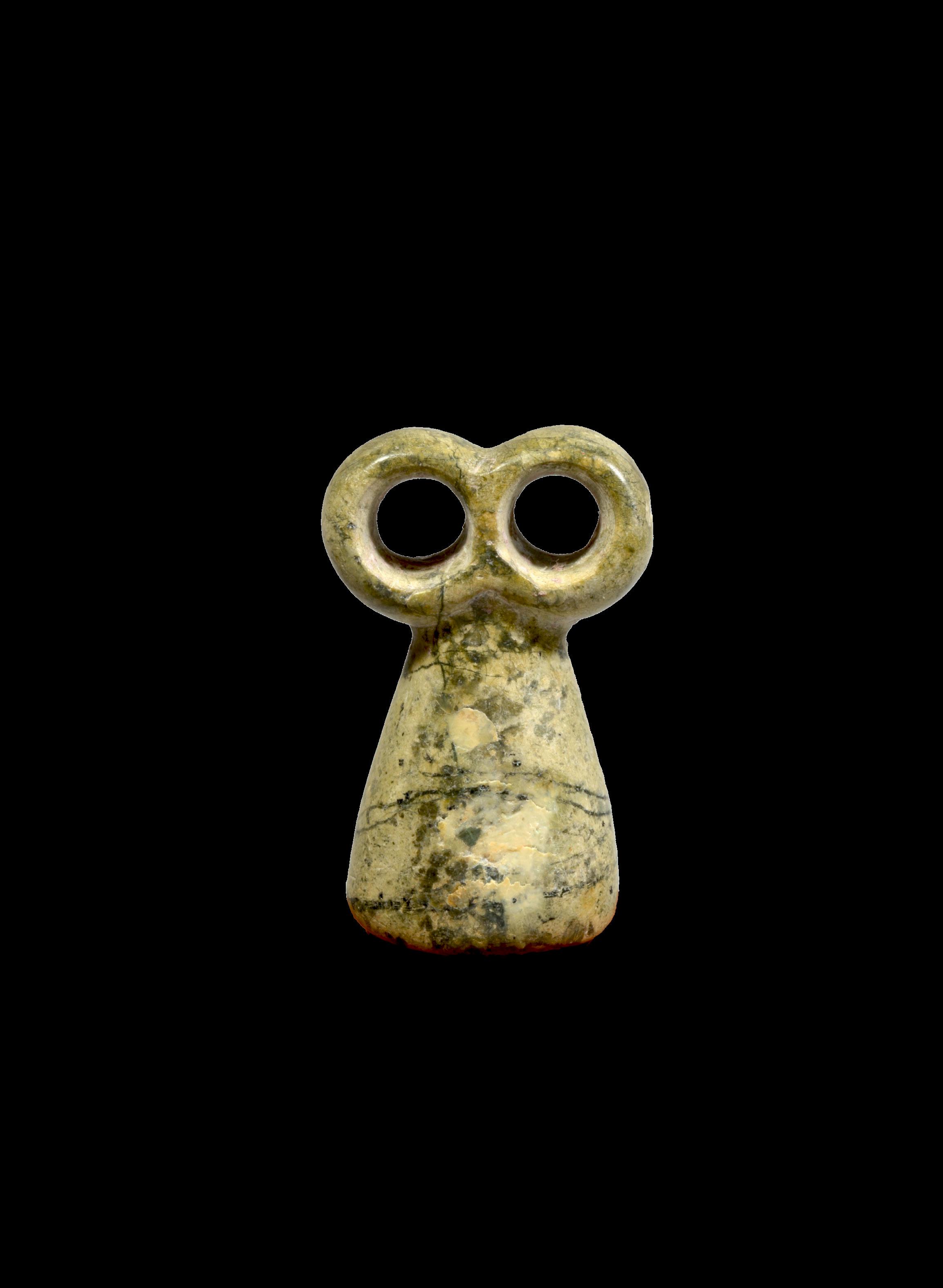
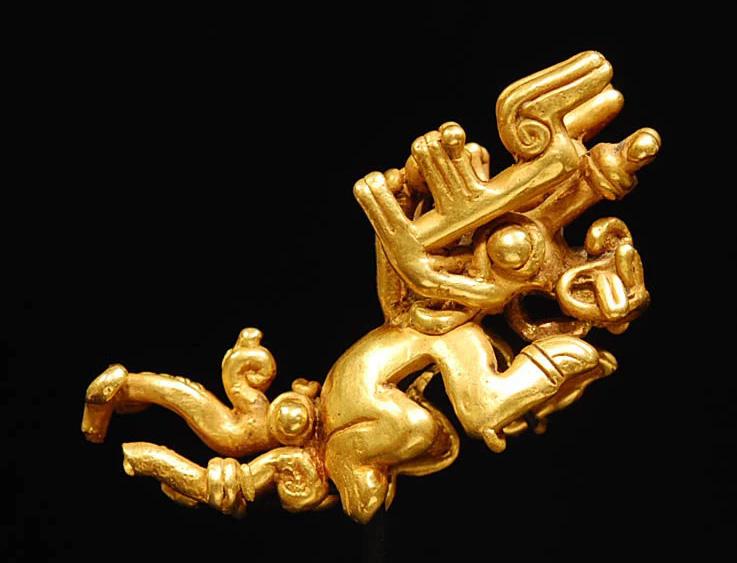
Across the ancient world, miniature art objects-whether idols, funerary figurines, or intricate gold works-reveal a remarkable story of shared human creativity and symbolic expression. Despite vast distances and cultural differences, Egypt, Mesopotamia, and South America each produced small-scale masterpieces that speak to common themes of spirituality, identity, and power.
The Egyptian ushabti, for example, served as a funerary figurine placed in tombs to act as a servant for the deceased in the afterlife. Crafted in large numbers and often inscribed
with the owner‘s name, these magical figures embodied the Egyptian belief in an active, service-filled afterlife and the importance of preparation for eternity. In Mesopotamia, miniature idols and cylinder seals-often depicting deities, animals, or mythological scenes-played key roles in religious rituals and daily life. These objects, sometimes just a few centimeters tall, were both personal and sacred, used for protection, commemoration, or as offerings to the gods.
Goldwork provides another compelling link. Both the Sumerians of Mesopotamia and
the ancient Egyptians mastered Goldsmithing, creating jewelry, decorative objects, and ritual items that signified wealth, divine favor, and royal authority.
Across the Atlantic, ancient cultures in the Andes and Mesoamerica also developed sophisticated gold-working traditions, producing miniature figures and ornaments that reflected their own cosmologies and social hierarchies. The oldest gold artifacts from the Americas, found in Peru, date back over 4,000 years and demonstrate a parallel reverence for the material and its symbolic power.
These miniature works, whether an idol from Mesopotamia, an Egyptian ushabti, or a gold figurine from South America, highlight both the diversity and the universality of ancient artistic
expression. They show how small-scale art could serve as a bridge between the earthly and the divine, the personal and the communal, and, ultimately, between cultures themselves. Exchanges between Egypt and Mesopotamia are well-documented, with artistic motifs and techniques crossing borders and inspiring new forms. Meanwhile, the independent yet analogous development of miniature art in the Americas underscores the shared human impulse to create objects of meaning and beauty, no matter the continent.
By bringing together these miniature masterpieces, we not only celebrate the ingenuity of ancient artists but also invite viewers to reflect on the enduring connections that unite cultures across time and space.
Howard M. Nowes
Unattributed Veraguas Artist
Panama
Circa 500 - 1500 AD
Gold
18k Weight 112g
H: 7.2 cm W: 9.5 cm
PROVENANCE
The estate of Christian Illies (1947-2014)
Opelika, Alabama

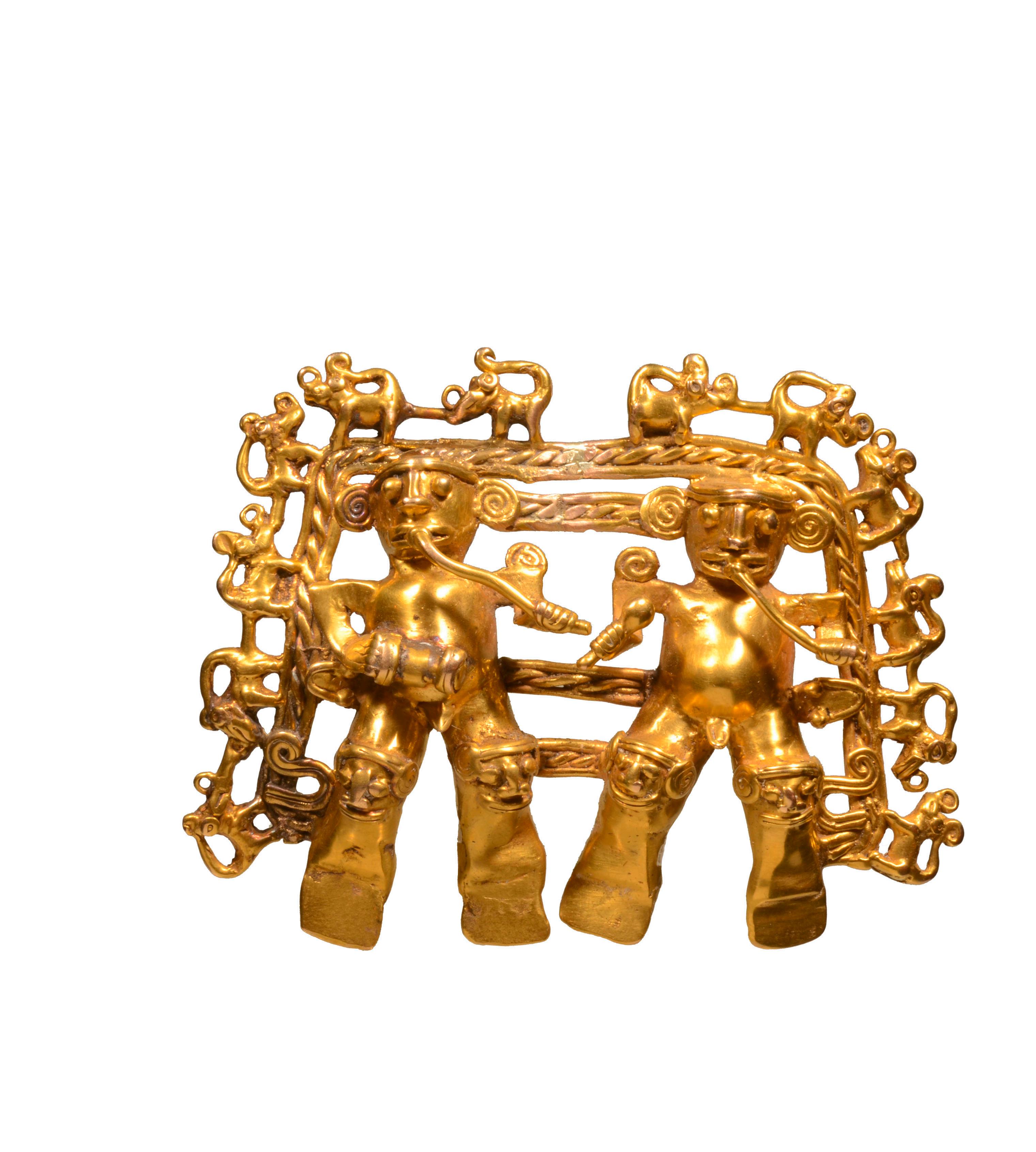

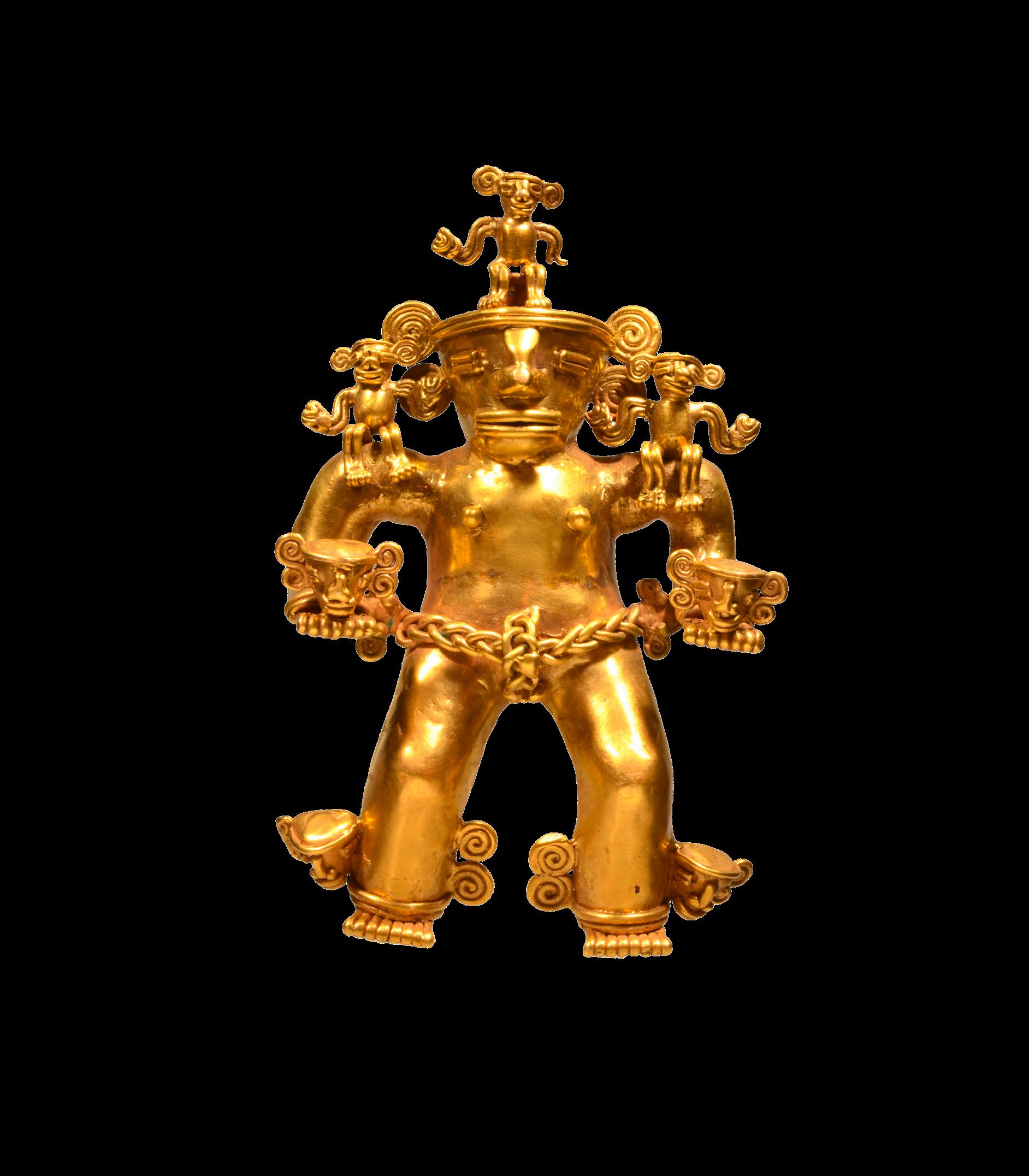
Unattributed Veraguas Artist
Panama
Circa 500 - 1520 AD
Gold
22k Weight 148g
H: 11 cm W: 7 cm
PROVENANCE
The estate of Christian Illies (1947-2014)
Opelika, Alabama
Unattributed Chiriqui Artist
Panama
Circa 500 - 1520 AD
Gold
14k Weight 62g
H: 8.4 cm W: 7cm
PROVENANCE
The estate of Christian Illies (1947-2014)
Opelika, Alabama

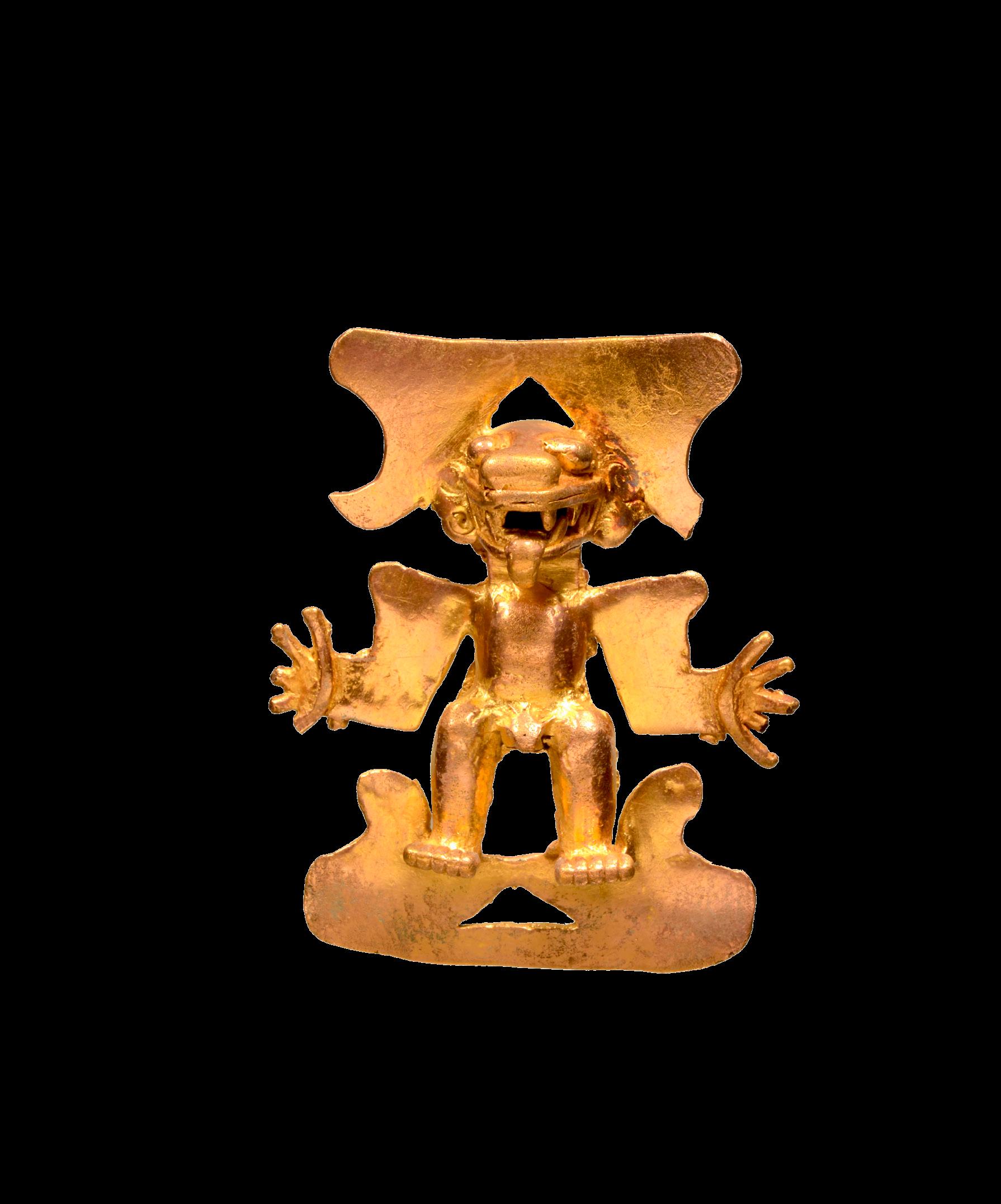

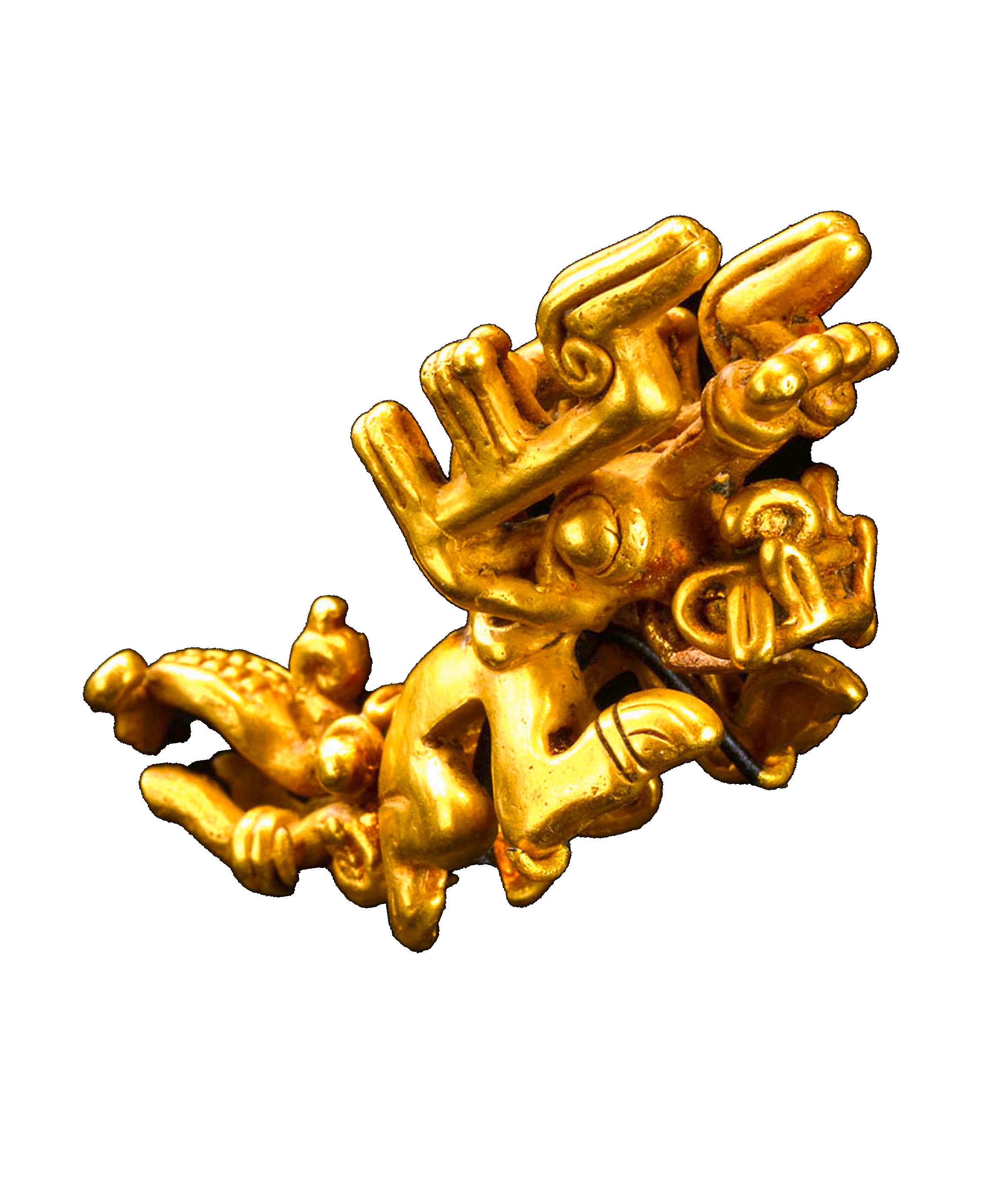
Unattributed Tolima Artist
Colombia
Circa 500 - 1000 AD
Gold
21k Weight 99g H: 8.9 cm
PROVENANCE
Jack Hart, Poway, USA
PUBLICATION
Capturing The Sun Master Craftsmen of Ancient Mesoamerica, Gallery exhibition October 2017
Unattributed Kotoko Artist
Chad Metal H: 6.3 cm
PROVENANCE
Philip Gould, New York, USA
Sebastian Fernandez

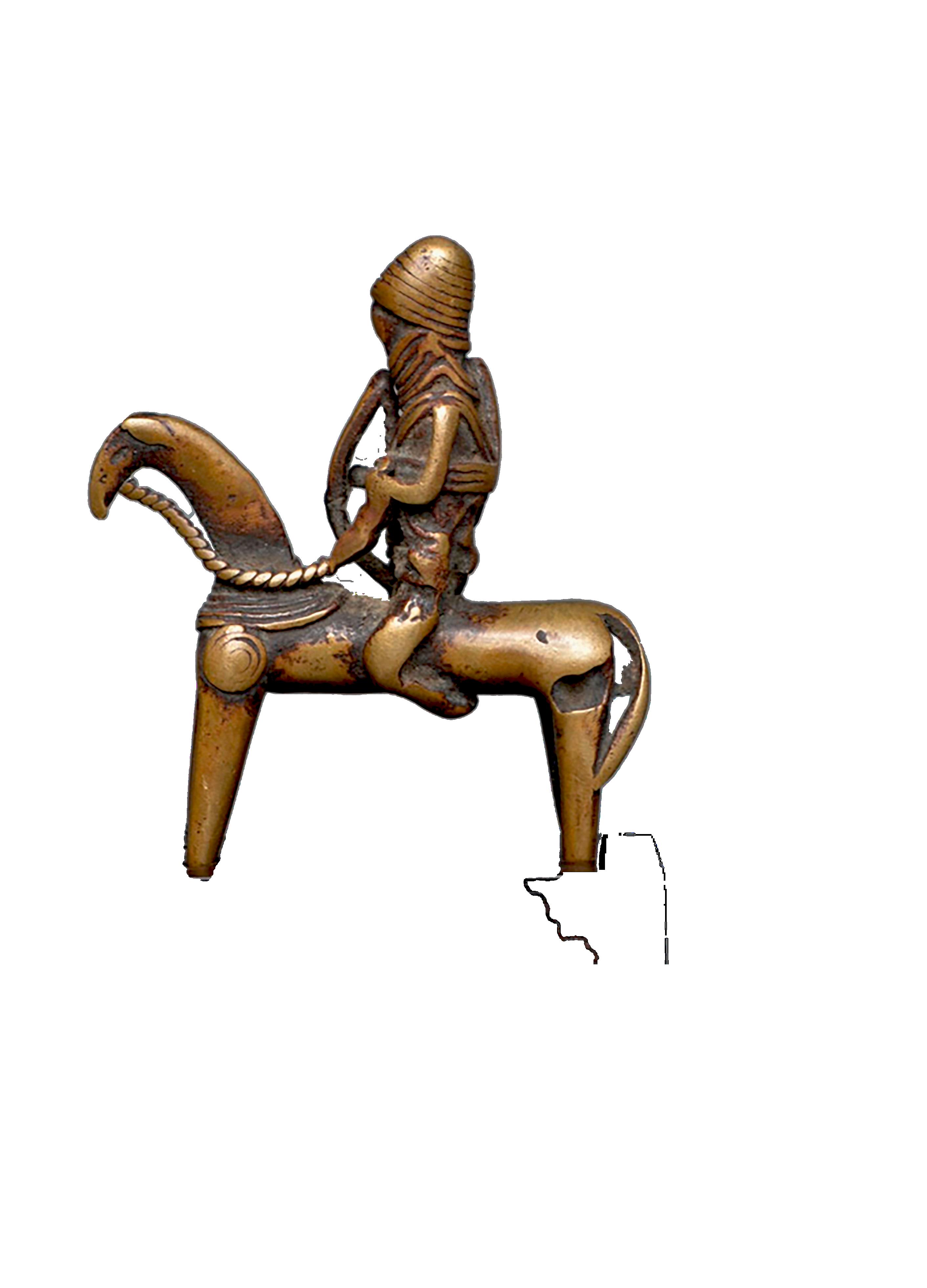
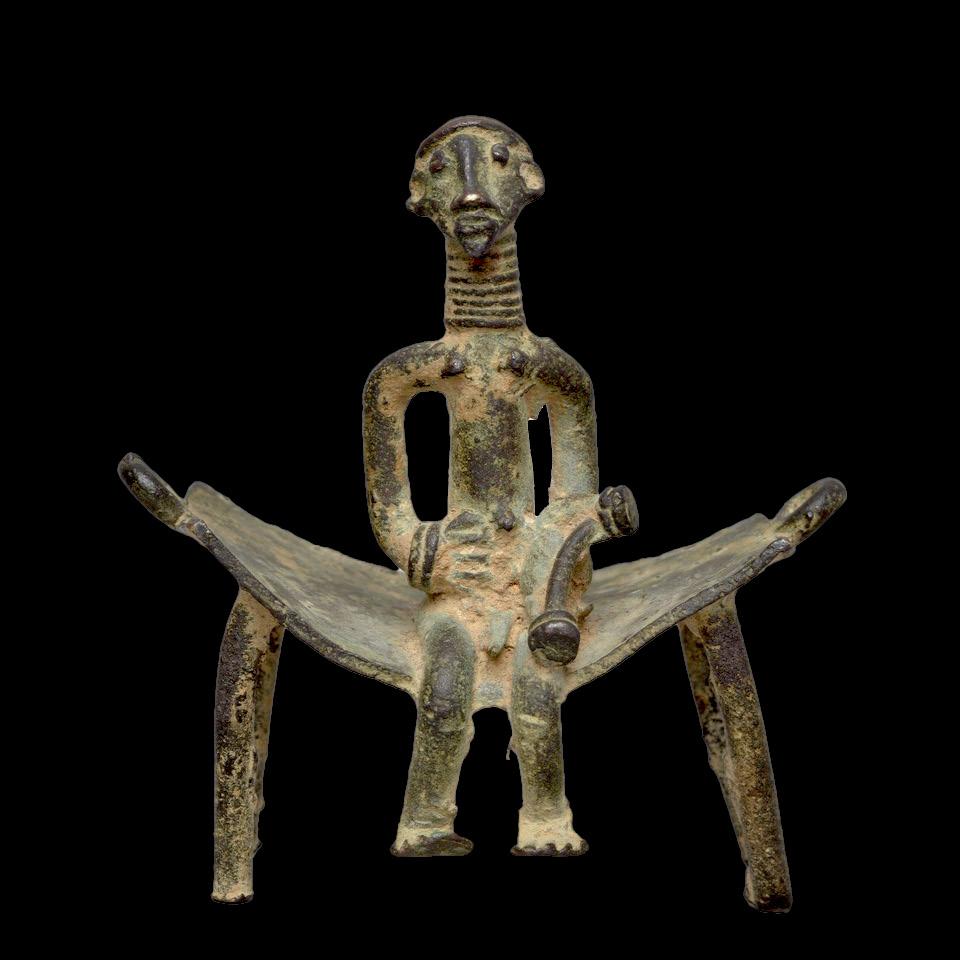
I have been a dealer in African art for more years than I care to admit. For most of my career, I focused my attention on classical wooden forms, like the masks and statues we all know so well.
Several years ago, while visiting a colleague, I picked up a metal snake charm from the Joseph Knopfelmacher collection. I was suddenly struck by the beauty and sophistication of the casting. My eyes were opened to a whole new world. I questioned why I had never taken the time to look closely at African metals before.
It is a terrible thing when we cease to truly see, either the art we sell or the world we live in. I purchased the snake, took it home and lived with it. As all good works of art, its elegance and power only grew with time. All dealers are collectors at heart, and I had fallen in love again.
Sebastian Fernandez
Sebastian Fernandez
Unattributed Gan Artist
Southern Burkina Faso
Metal
H: 13.3 cm
PROVENANCE
Joseph Knopfelmacher, New York, USA
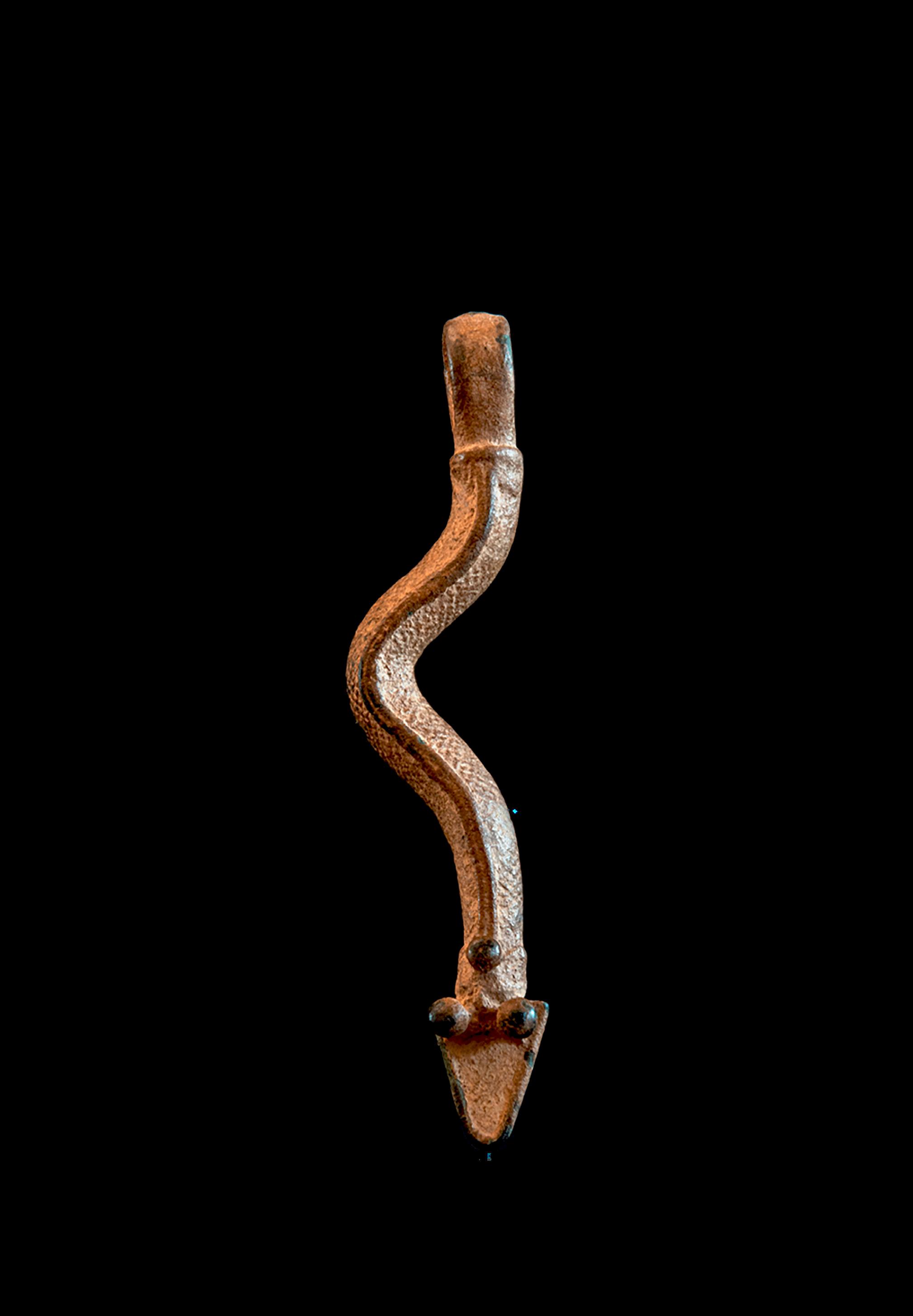

Fernandez
Unattributed Senufo or Toussian/Tusian Artist
Burkina Faso
Metal
H: 5 cm
PROVENANCE
Jean-Paul Chazal Collection, Paris, France

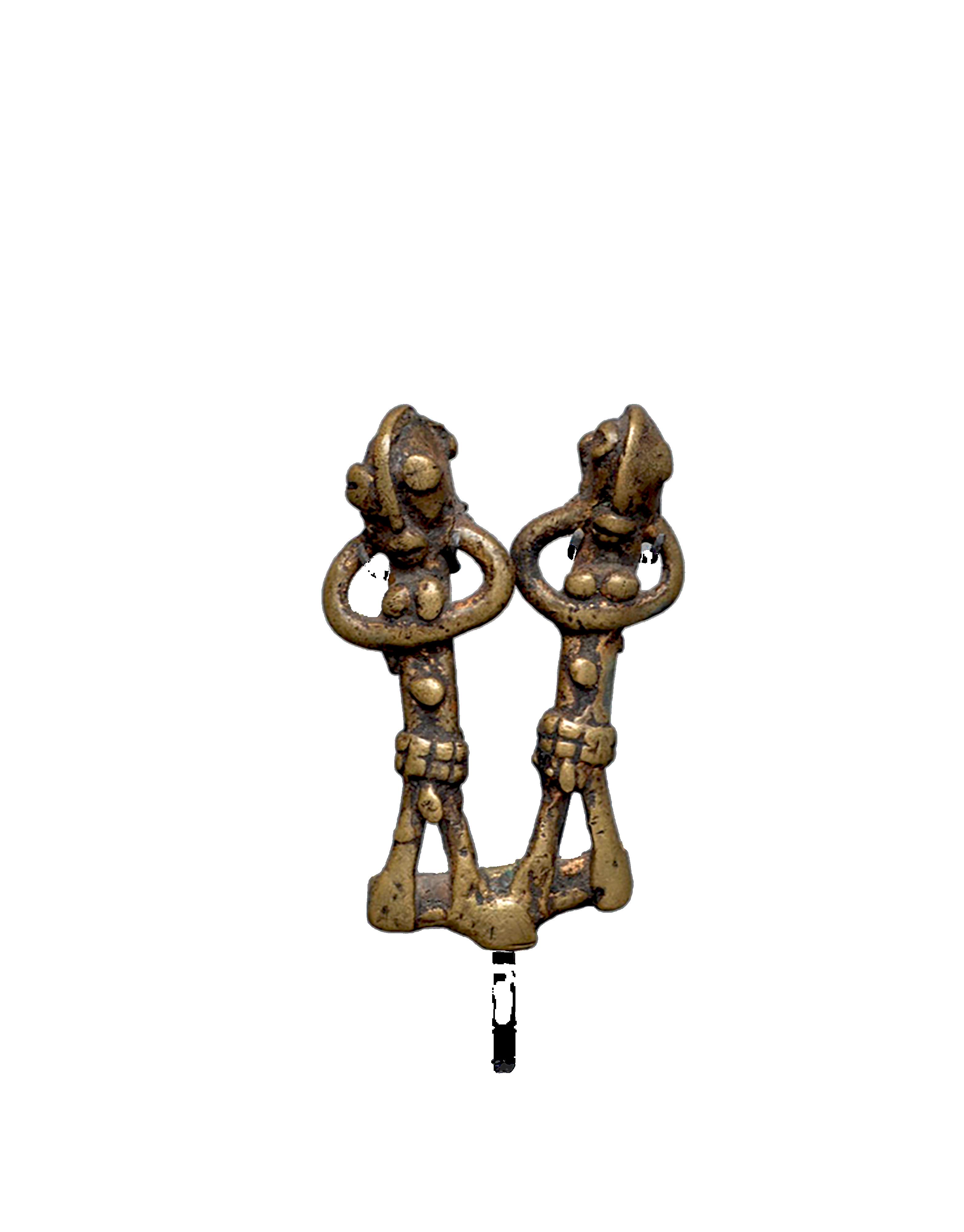

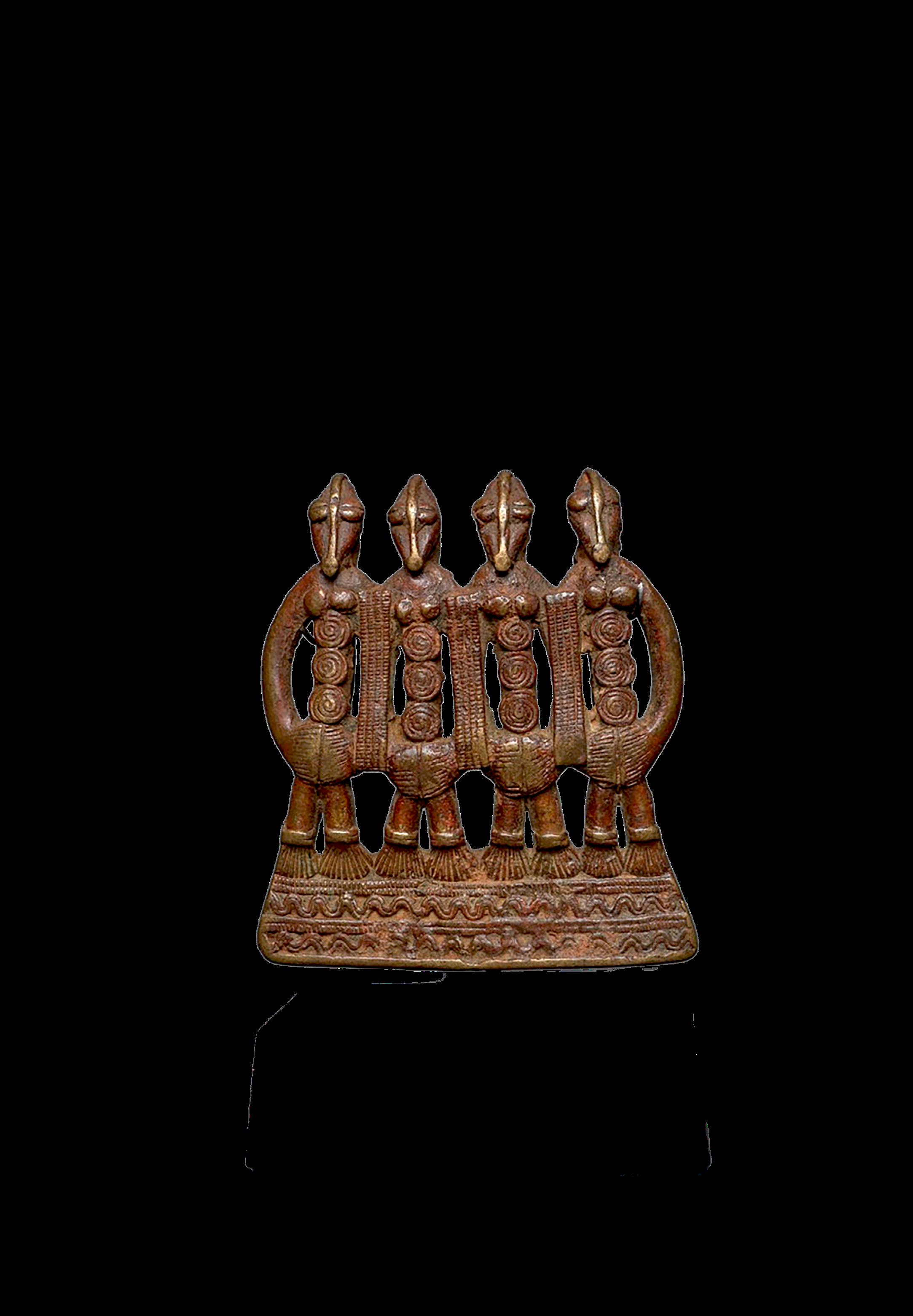
Unattributed Senufo or Toussian/Tusian Artist
Burkina Faso
Metal H: 6.9 cm
PROVENANCE
Wilfried Glar Collection, Eschweiler, Germany
Unattributed Akan Artist
Ghana Metal H: 12 cm
PROVENANCE
European Private Collection

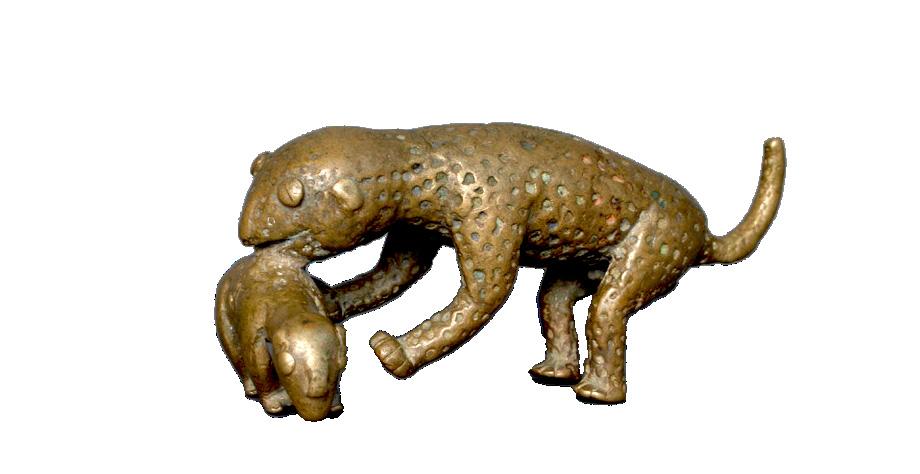
Sebastian Fernandez
Unattributed Bassa Artist
Liberia Wood H: 8.9 cm
PROVENANCE
Dr. Saul Tuttman & Dr. Gregory W. Siskind
New York, USA

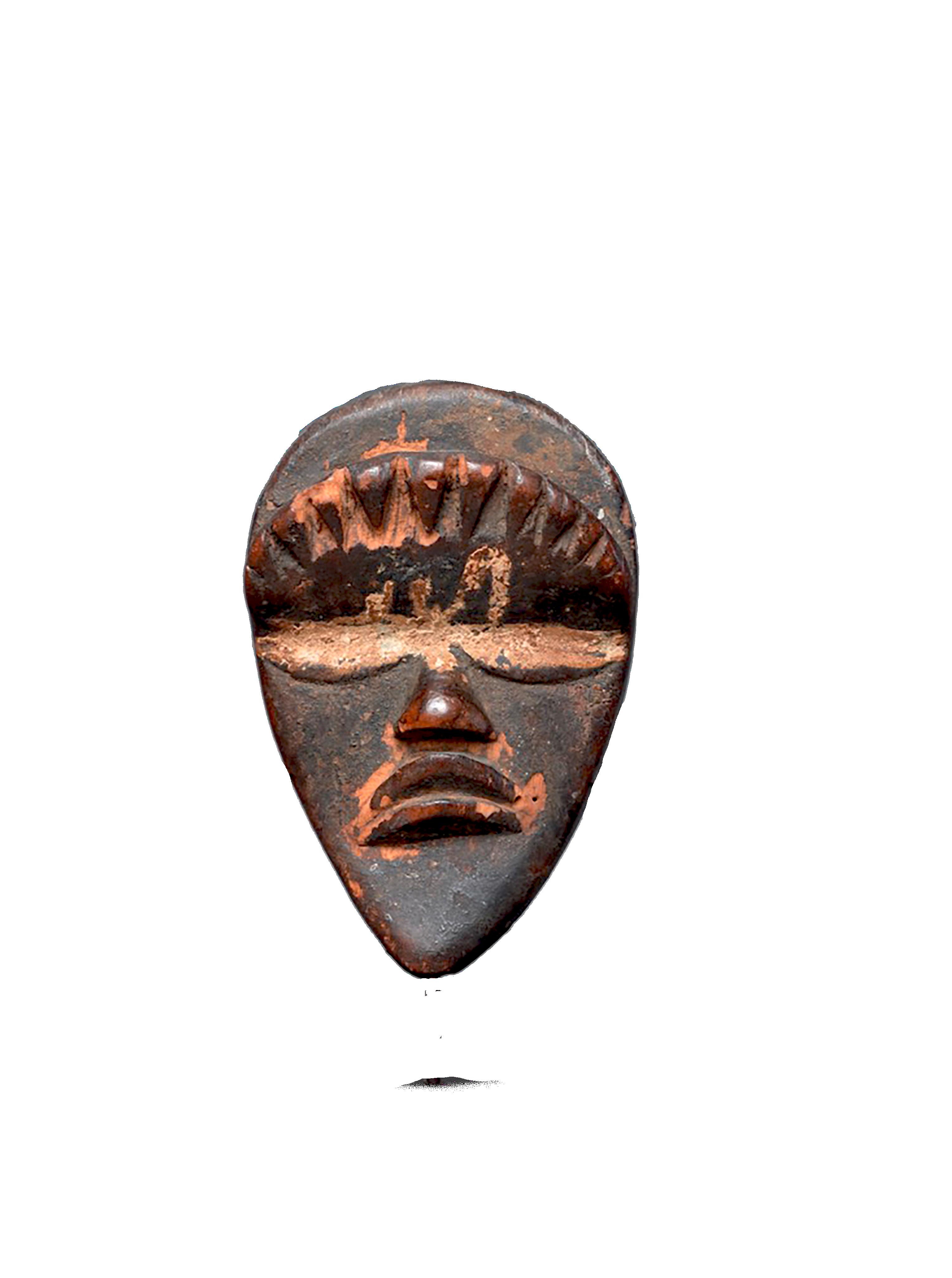

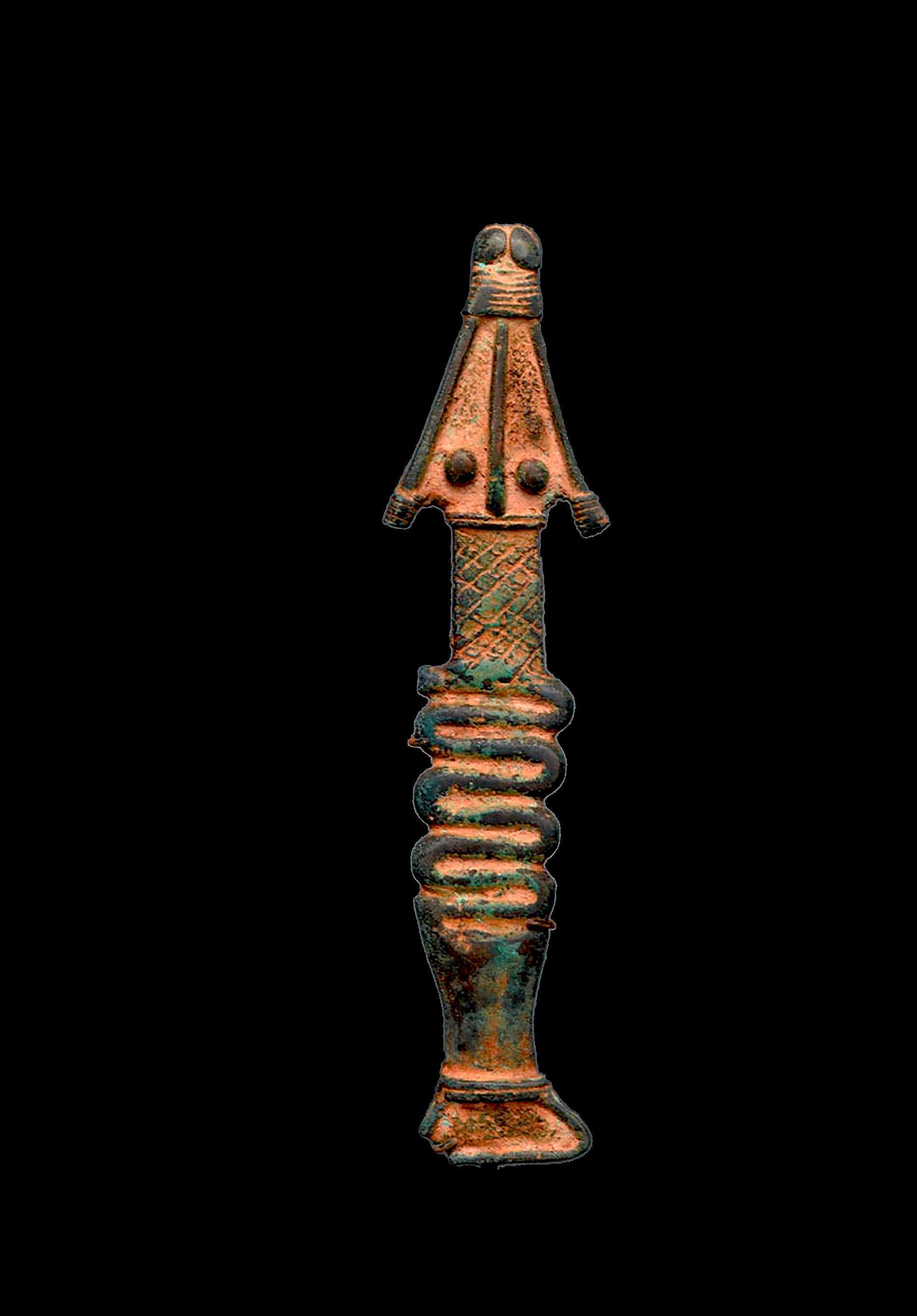
Unattributed Gan Artist
Southern Burkina Faso
Metal
H: 12.7 cm
PROVENANCE
Sebastian Fernandez
Joseph Knopfelmacher, New York, USA
Sebastian Fernandez
Unattributed Kulango Artist
Côte d‘Ivoire
Metal H: 5 cm
PROVENANCE
Wilfried Glar Collection, Eschweiler, Germany

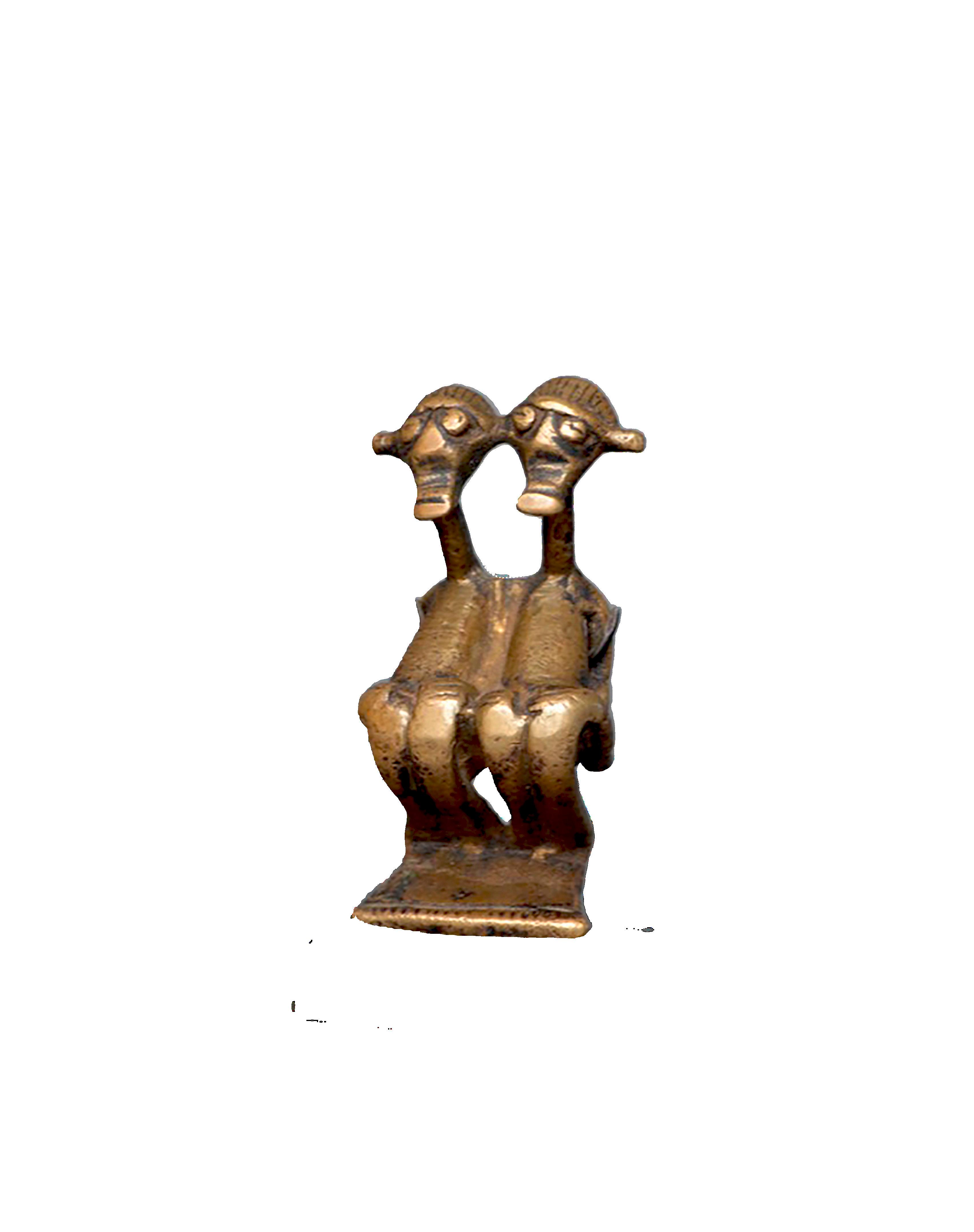

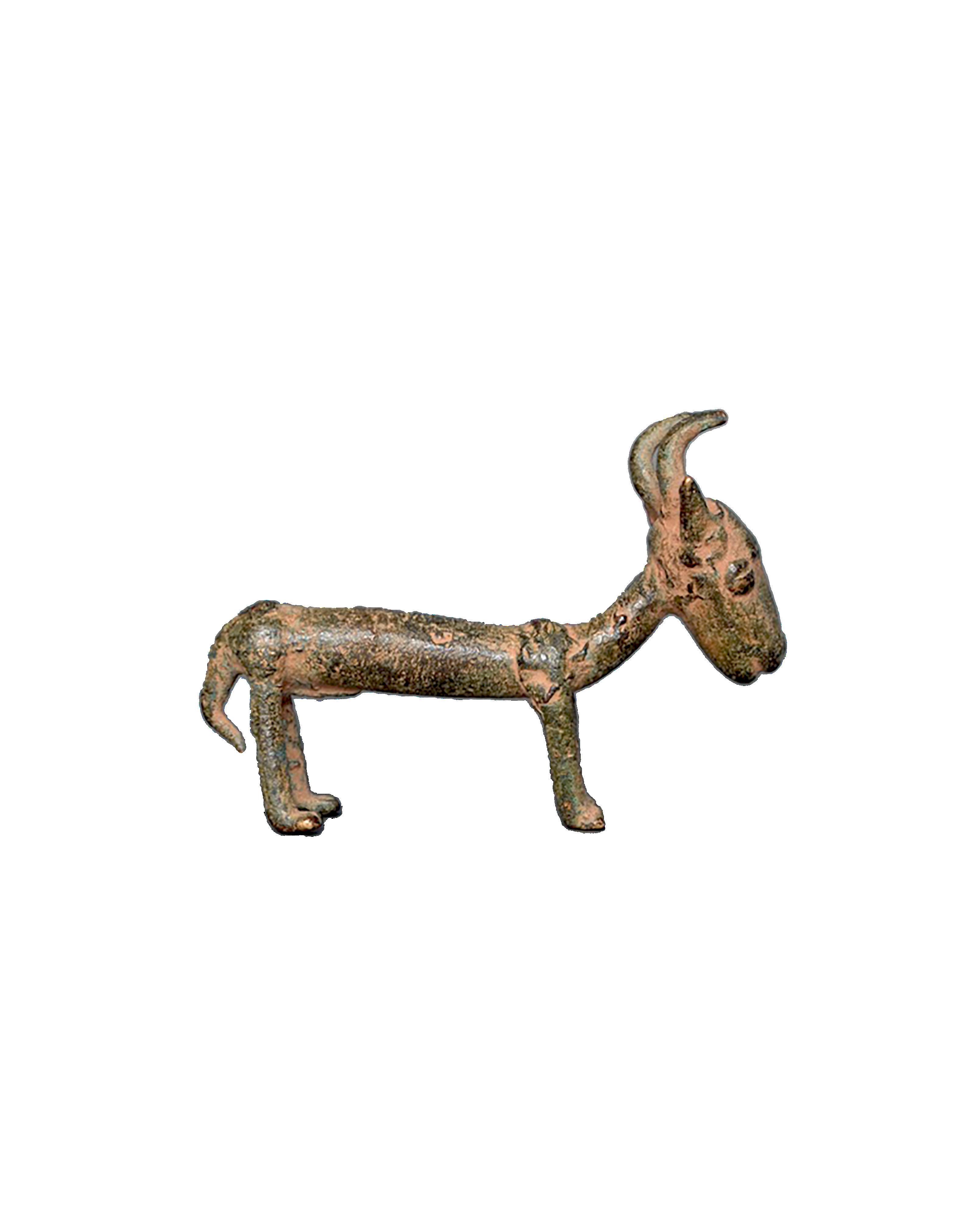
Fernandez
Early Voltaic Artist
Burkina Faso
Metal
H: 7.6 cm
PROVENANCE
Joseph Knopfelmacher, New York, USA
Unattributed Kotoko Artist
Chad Metal H: 6.9 cm
PROVENANCE
Private Collection, New York, USA
Sebastian Fernandez

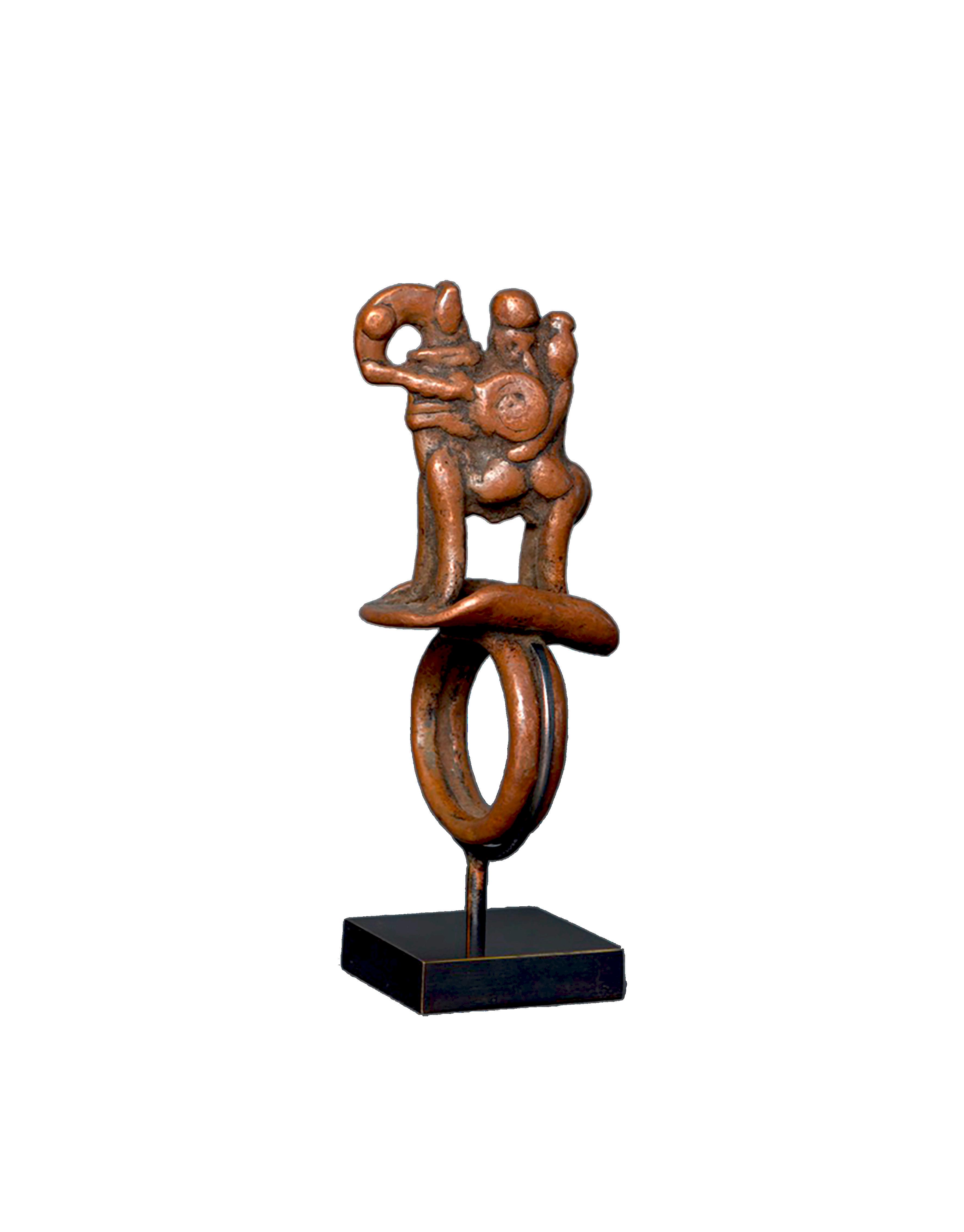
Unattributed Toussian/Tusian Artist Burkina Faso Metal
H: 11.4 cm
PROVENANCE
Thomas G.B. Wheelock, New York, USA
PUBLICATION
Roy/Wheelock, 2007: “Land of the Flying Masks,“ figure 350

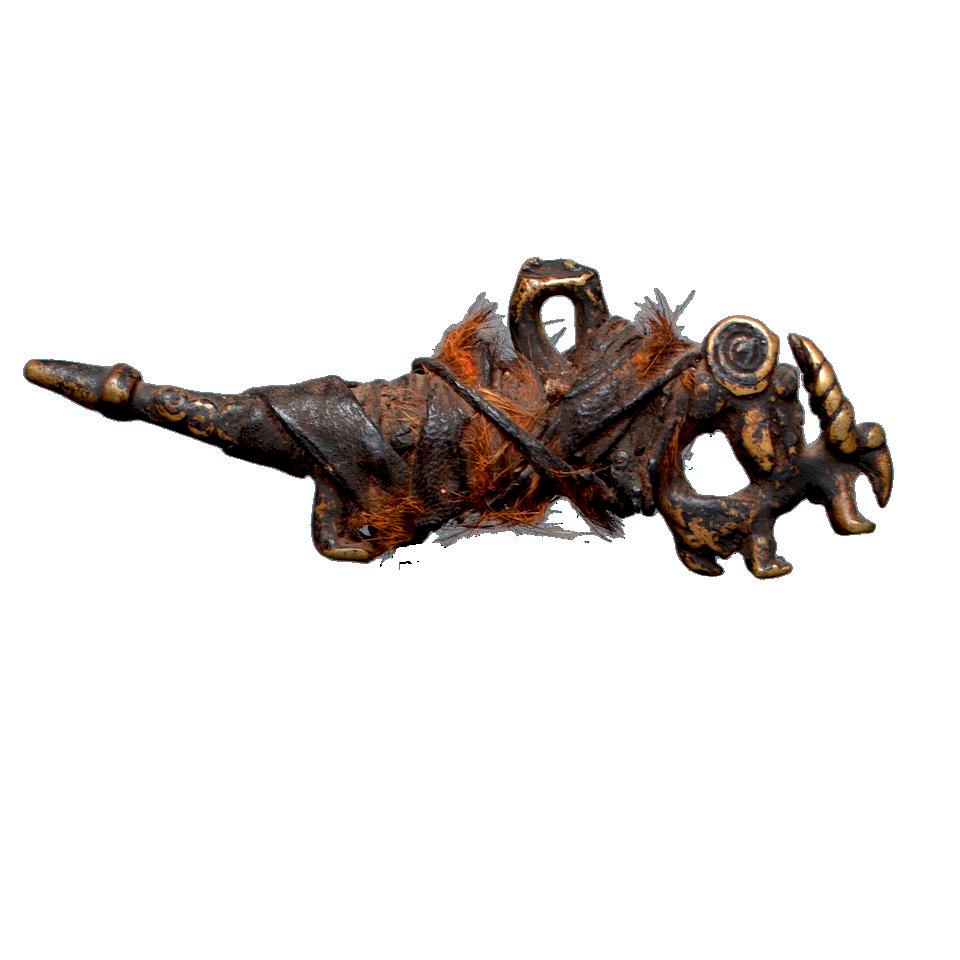
Unattributed Dinga Artist
D. R. Congo / Angola Wood
H: 10 cm
PROVENANCE
Robert Wilson, New York, USA
Bruce Frank, New York, USA
Dave DeRoche, San Francisco, USA
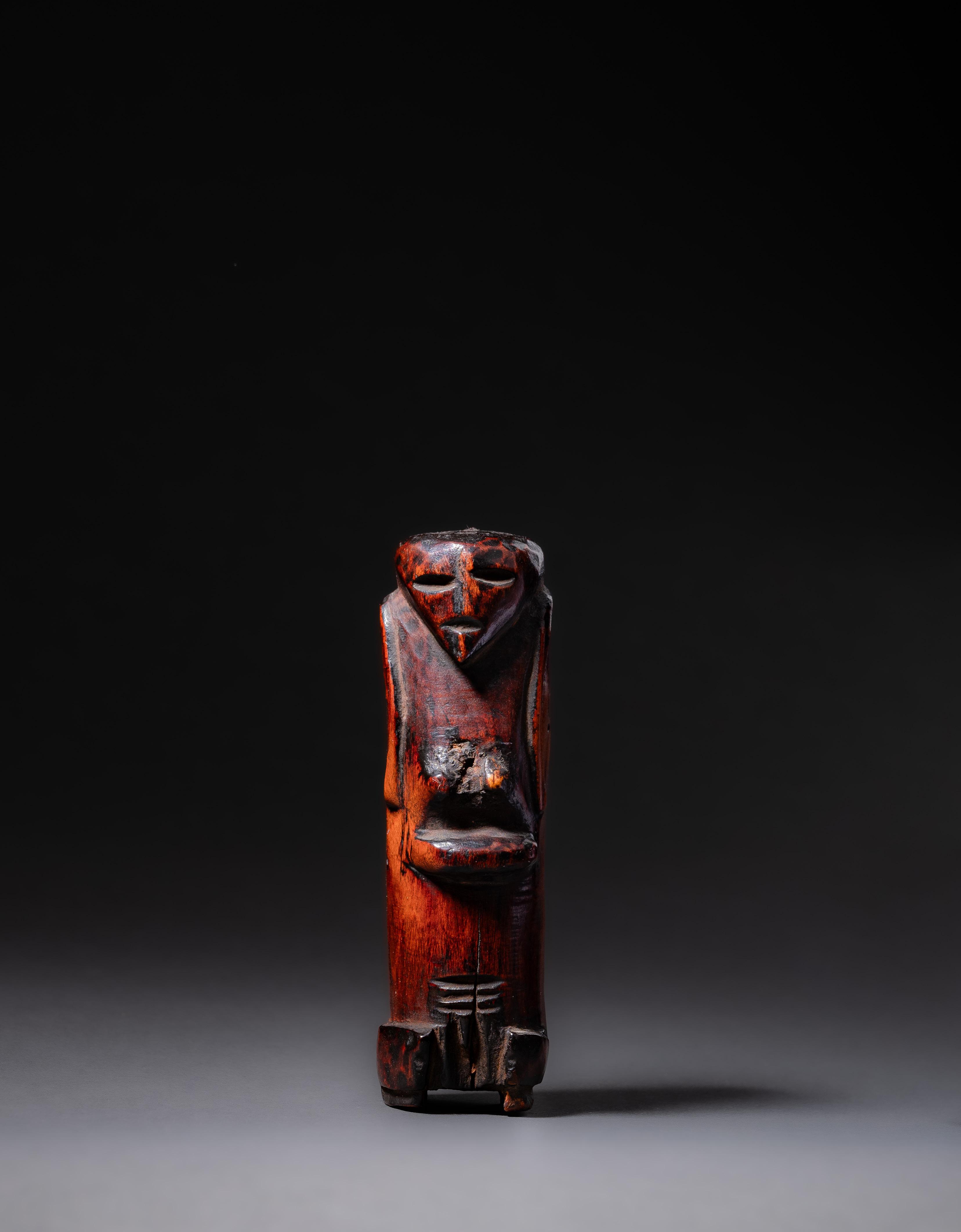
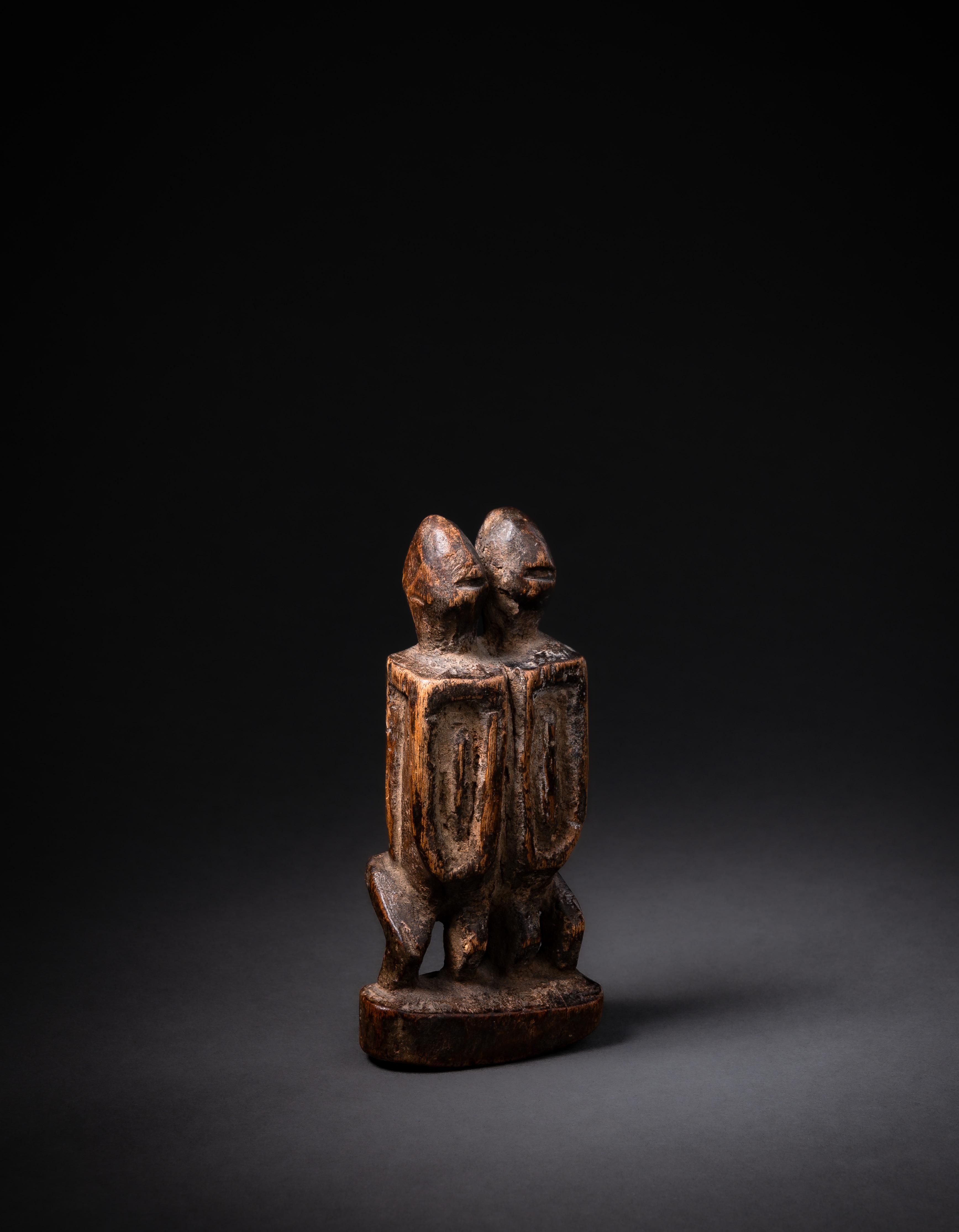
Unattributed Dogon Artist
Mali Wood H: 11.5 cm
PROVENANCE
René David, Zurich, Switzerland
Harald & Ursula Suhr Collection, Victoria, British Columbia, Canada (1986)
PUBLICATION
Galerie Fernandez Leventhal: LIMOUSIN SCULPTEUR - Rencontres Africaines, Paris 2015
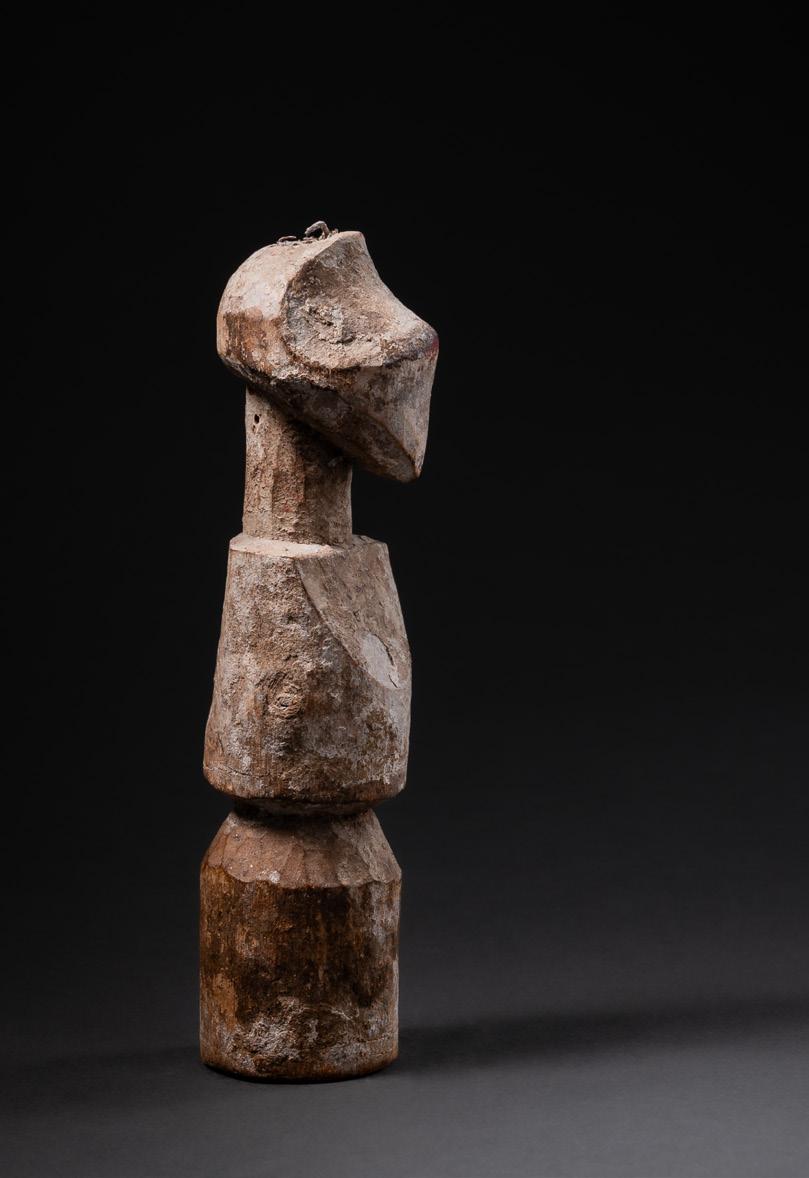
Unattributed Songye Artist
D. R. Congo Wood
H: 12.5 cm
PROVENANCE
Scandinavian Collection, before 1940
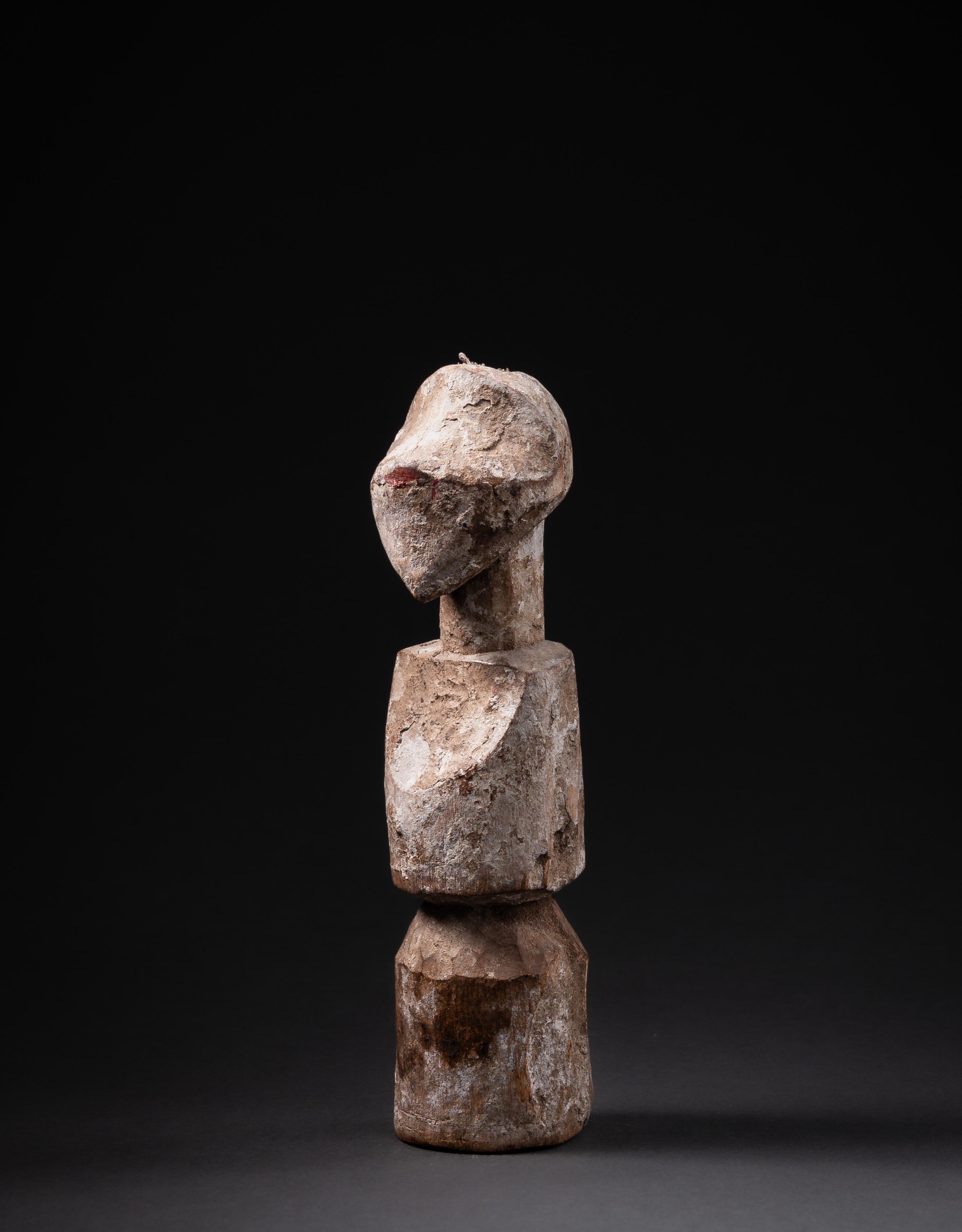
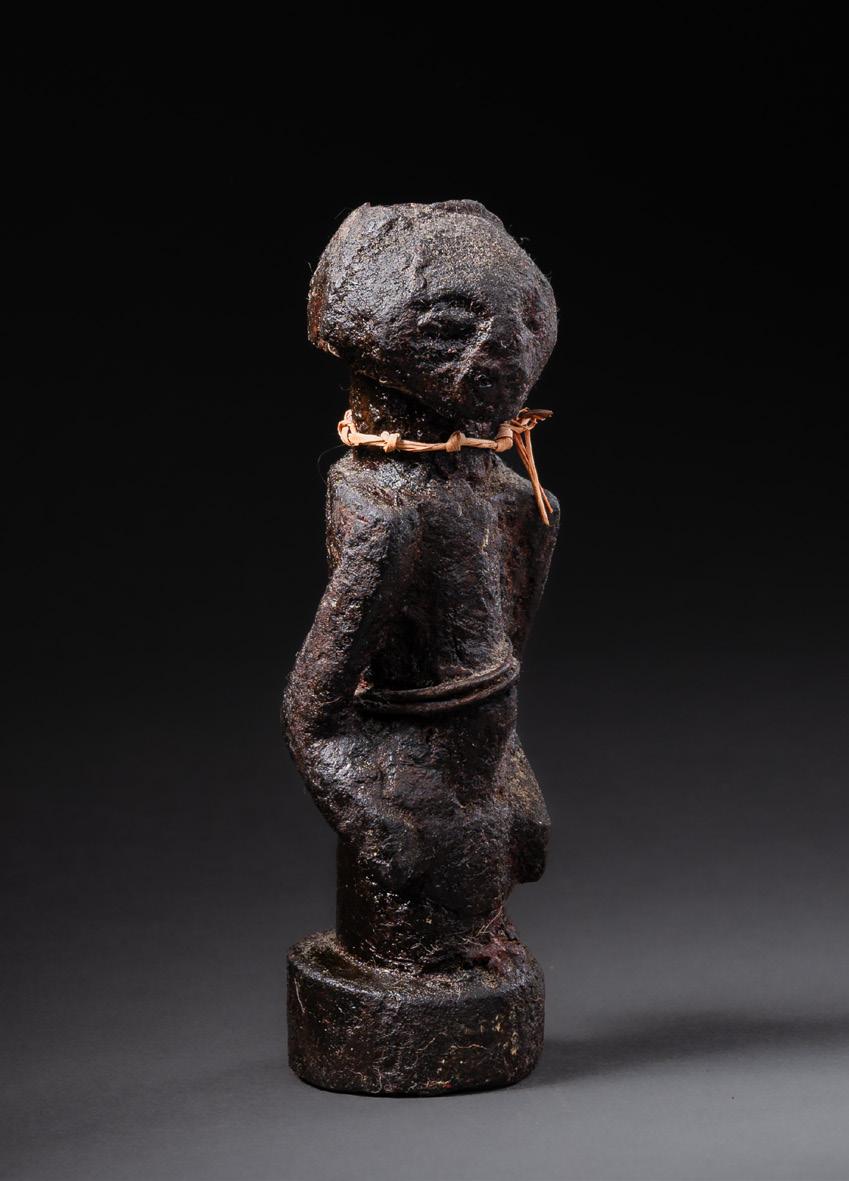
Unattributed Songye /Kusu Artist
D. R. Congo
Wood
H: 11.5 cm
PROVENANCE
Scandinavian Collection, before 1940
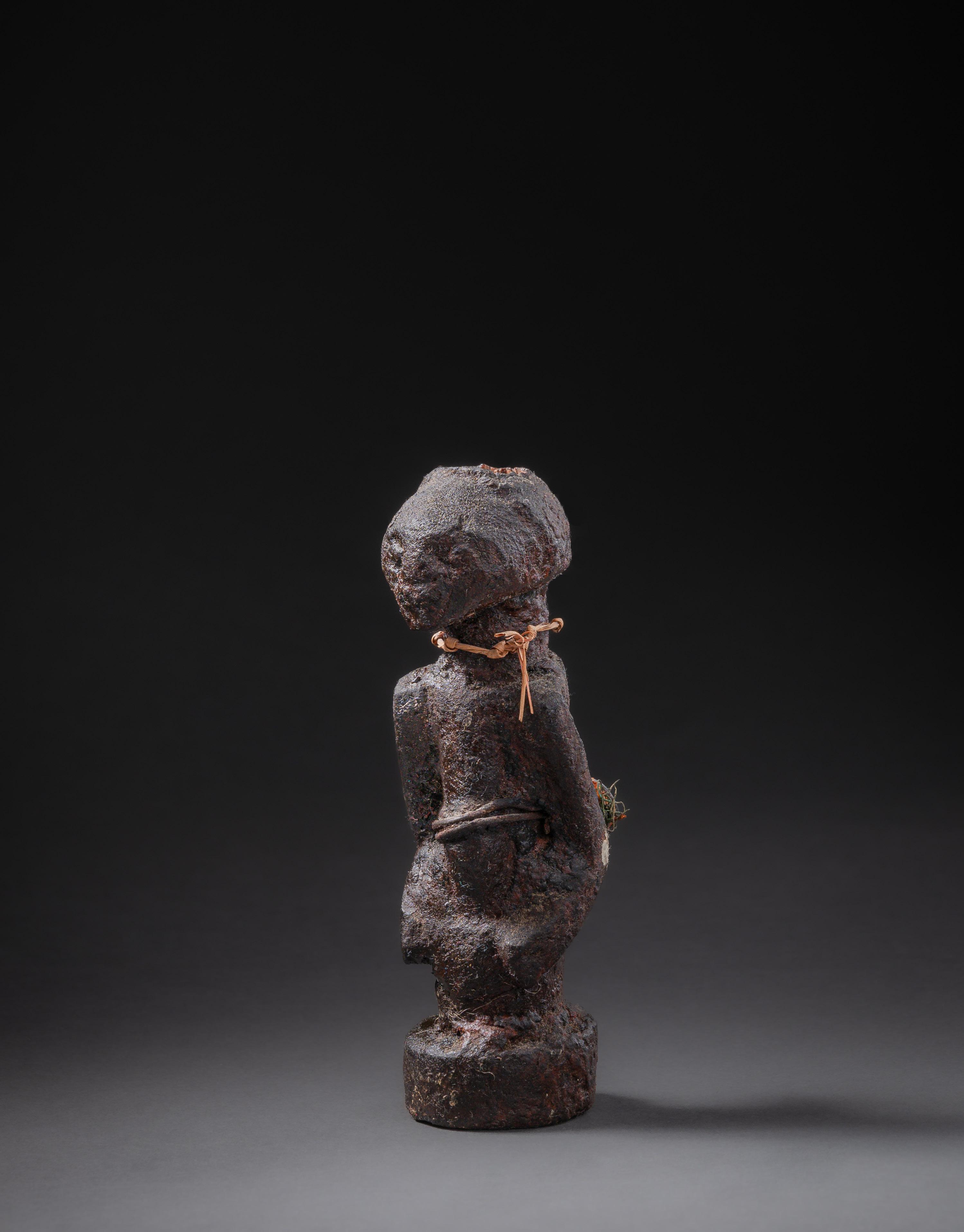
The so-called “mu po“ (power figures), which rarely exceed 30 centimeters in height, have different ways of being used. Before we go on to their implementation, we will first look at the existing canon. We find small sculptures with different iconography. Here it is worth mentioning the various arm gestures: some figures have their hands next to the body, their shoulders angled or their hands placed on their chin. The gesture of the angled arms can be interpreted as a gesture of conquering evil spirits, and the hands touching the chin can be interpreted as a gesture of reflection and dignity. The large round belly can be interpreted as pregnancy or as a disease, whereby the disease could be interpreted as a punishment, in the context of the kun‘gan society as dropsy.
There are different interpretations in the literature regarding the function of the sculptures. The most common interpretation is that the figures are the tools of a diviner who is able to impart past and future knowledge. The figures are rubbed with medicine and pastes by ritual experts to magically recharge them. Some of the objects have a cavity on the side of the body, back, neck or head that were filled with magic substances and medicines. These body openings were closed with cloth, a strip of leather or a piece of wood to ensure their effectiveness. In particular, these magically charged figures then served to protect the bearers and dancers of the kun‘gan society and to ward off strangers. Also in the context of healing, such “power figures“ were used by ritualists.
The figures are representative of the healers‘ patients, while the patients are treated at a distance. In the context of fertility, the “pregnant“ figures are often rooted in the area and thus embody the fertility of the ethnic group and the
country to which the kingdom belongs. They should protect pregnant women to ensure a successful birth. In addition to this interpretation we also find that the figures are placed on fields to guarantee the fertility of the land. The often crusty surfaces indicate sacrifices and long-term ritual handling of the objects. The patina is carefully consecrated by treatments made by the ritual specialist. Gebauer describes that even in the 1930s the elders regarded these objects with respect, but for the younger generation their meaning was gradually lost. Gebauer also found these figures at the kings’ courts, with ritual specialists, and among the local people. Thus, these sculptures were not only reserved for a certain elite but were part of the local knowledge.
Dr. David Zemanek
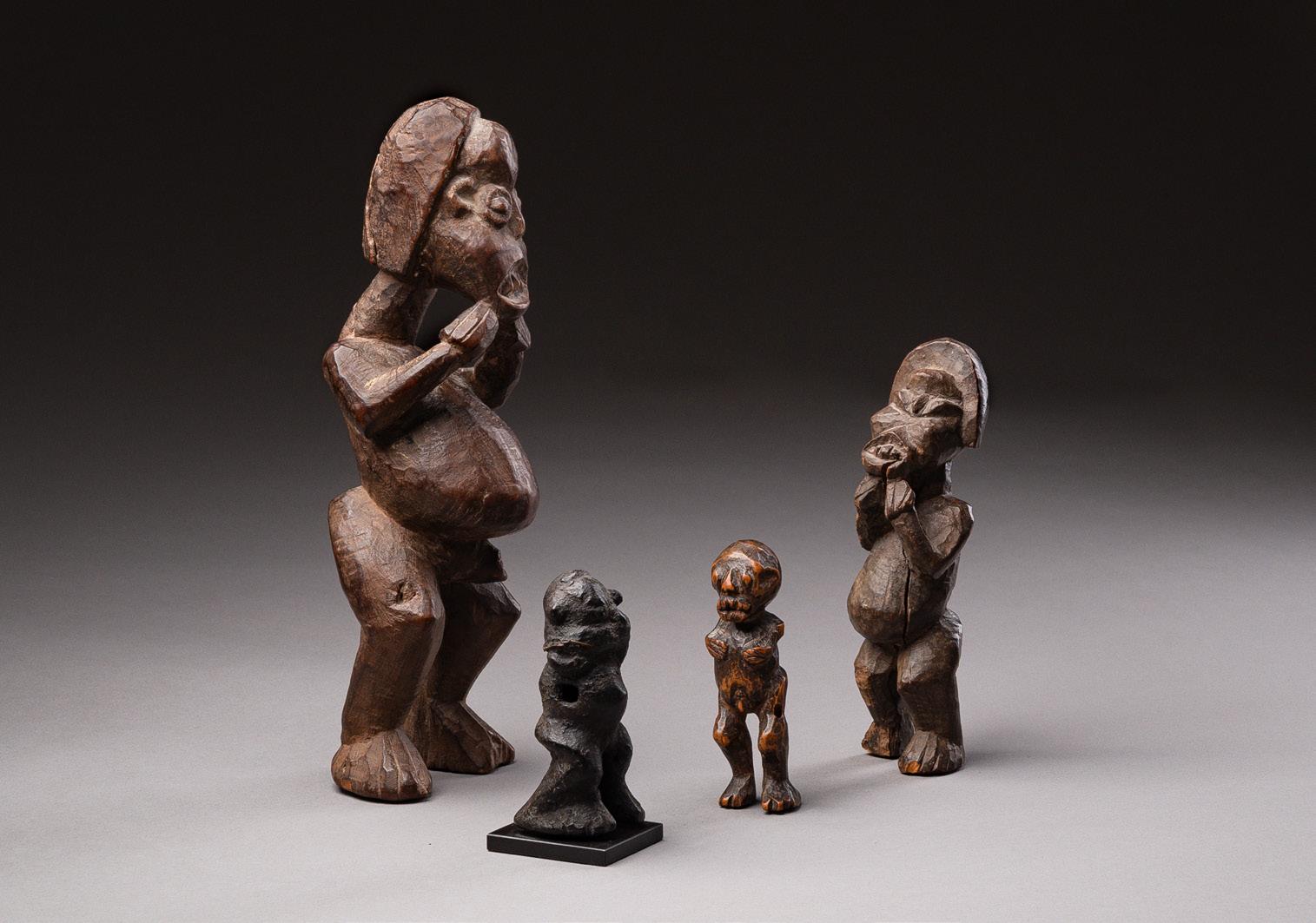
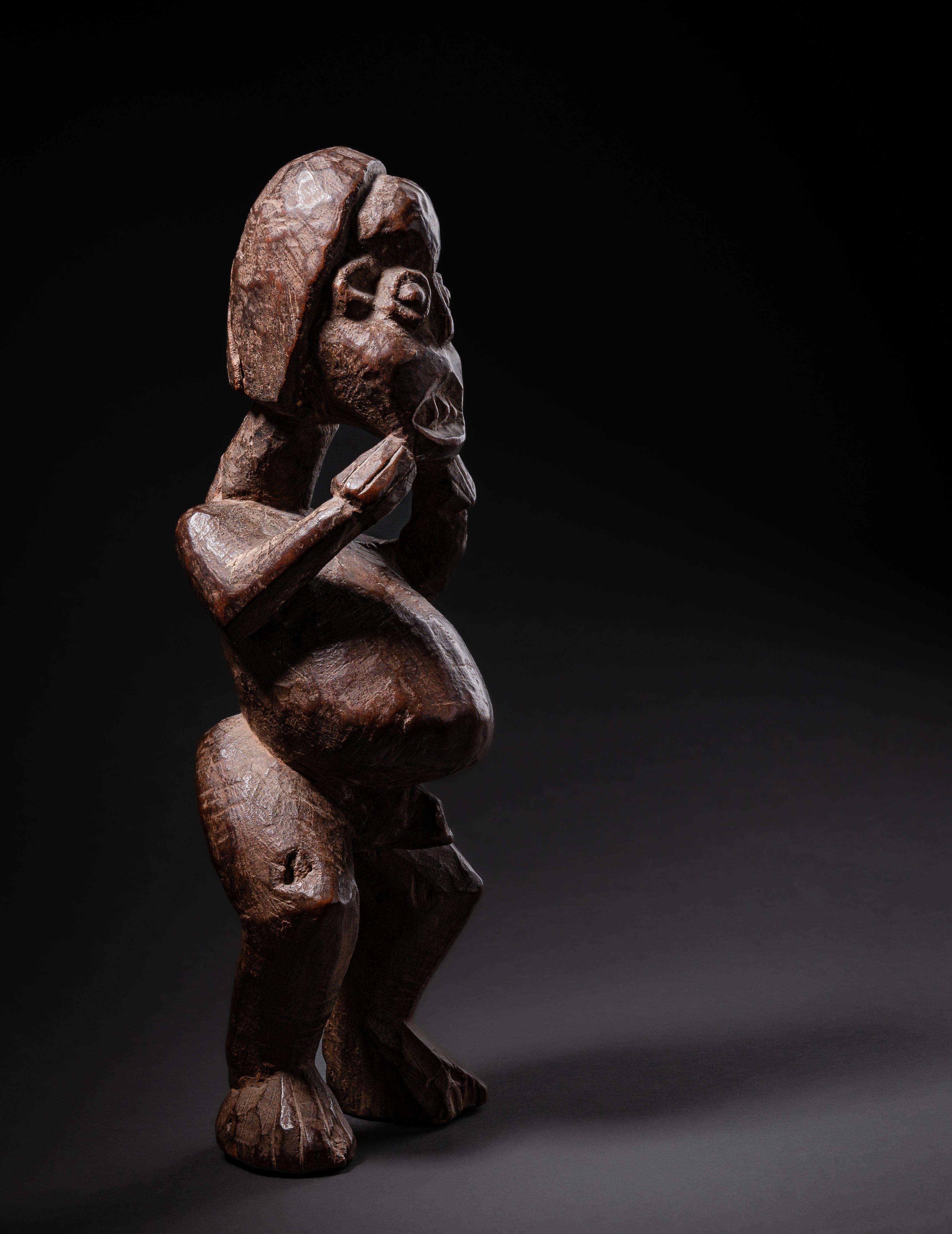
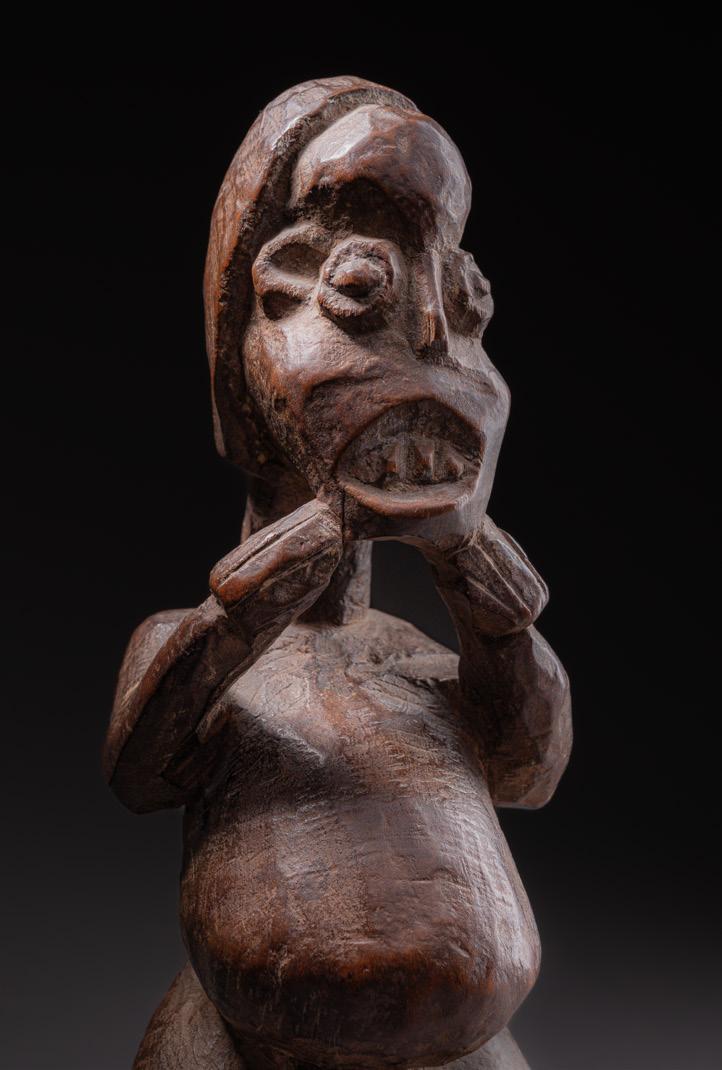
Unattributed Bamileke Artist
Cameroon
Wood H: 28.5 cm
PROVENANCE
Clement Egerton, collected in situ in 1938 [Neigbourhood of Bangangte]
Property of Mrs. Morris-Adams, daughter of Colonel F.C.C.Egerton, 1979
Christie‘s, London, 16 October 1979. Lot 104
Cole Harrell, New York, USA
Unattributed Bamileke Artist
Cameroon Wood H: 18.5 cm
PROVENANCE
French Colonial Collection
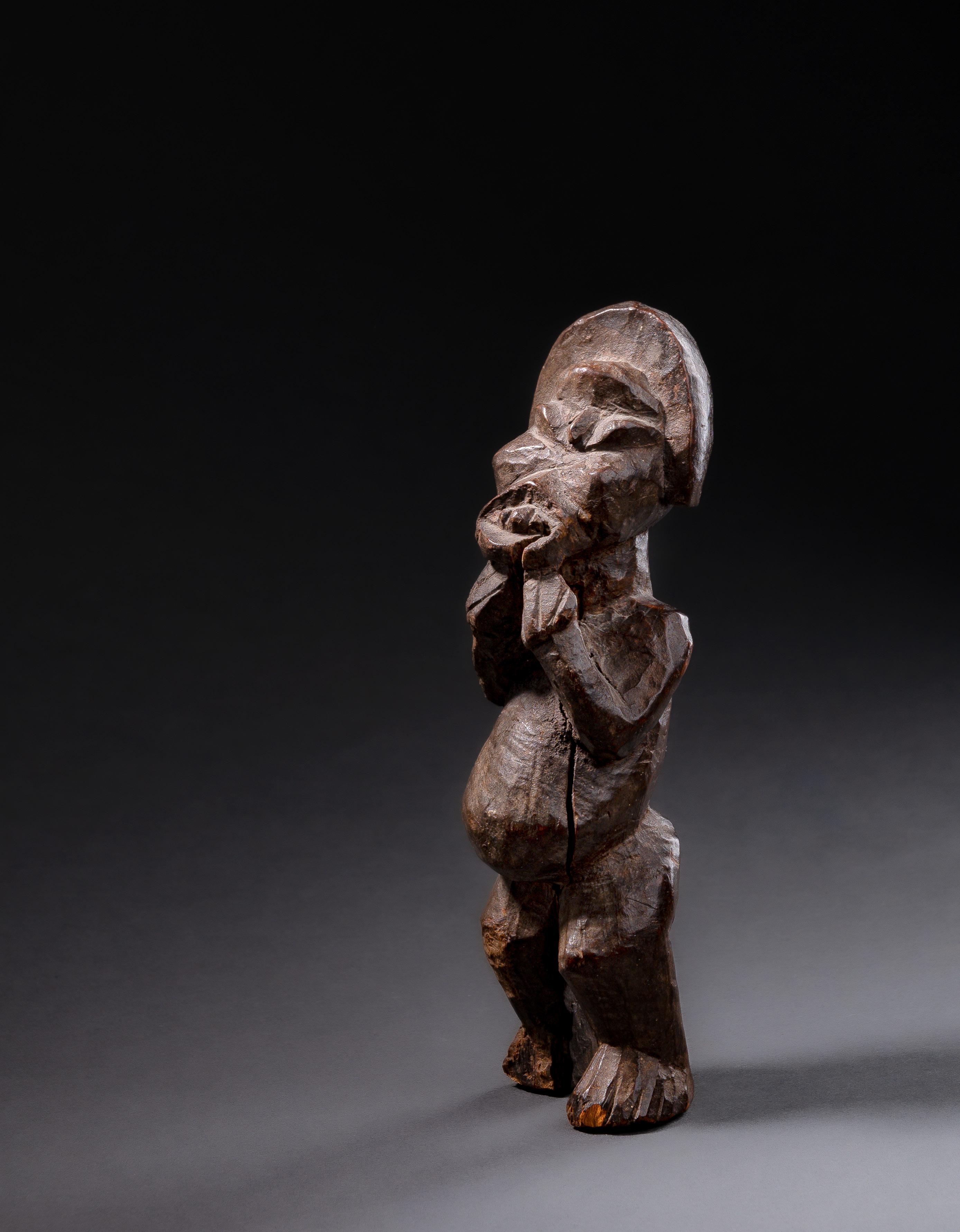
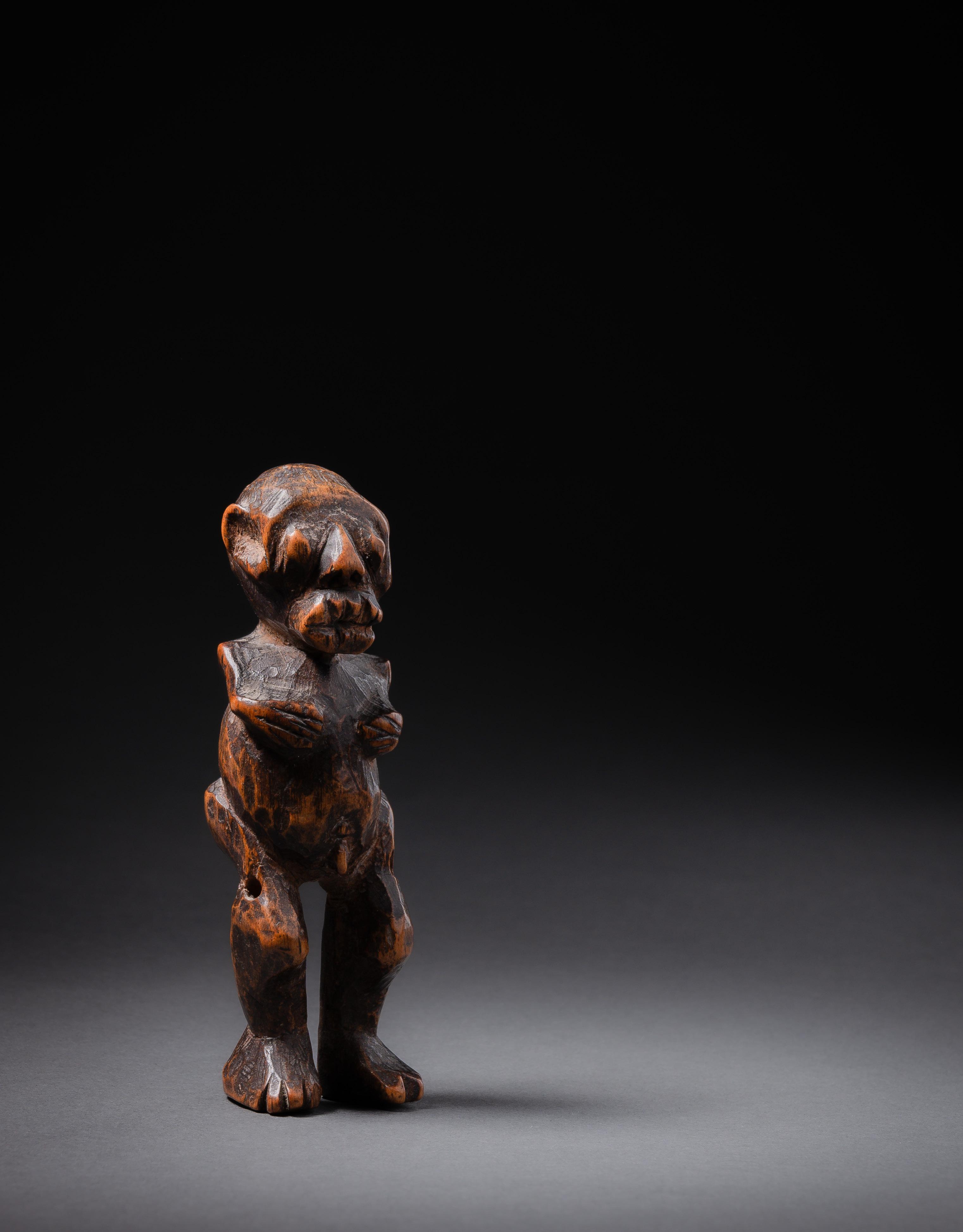
Unattributed Bamileke Artist
Cameroon Wood H: 11.5 cm
PROVENANCE
Kim Redlich, Düsseldorf, Germany
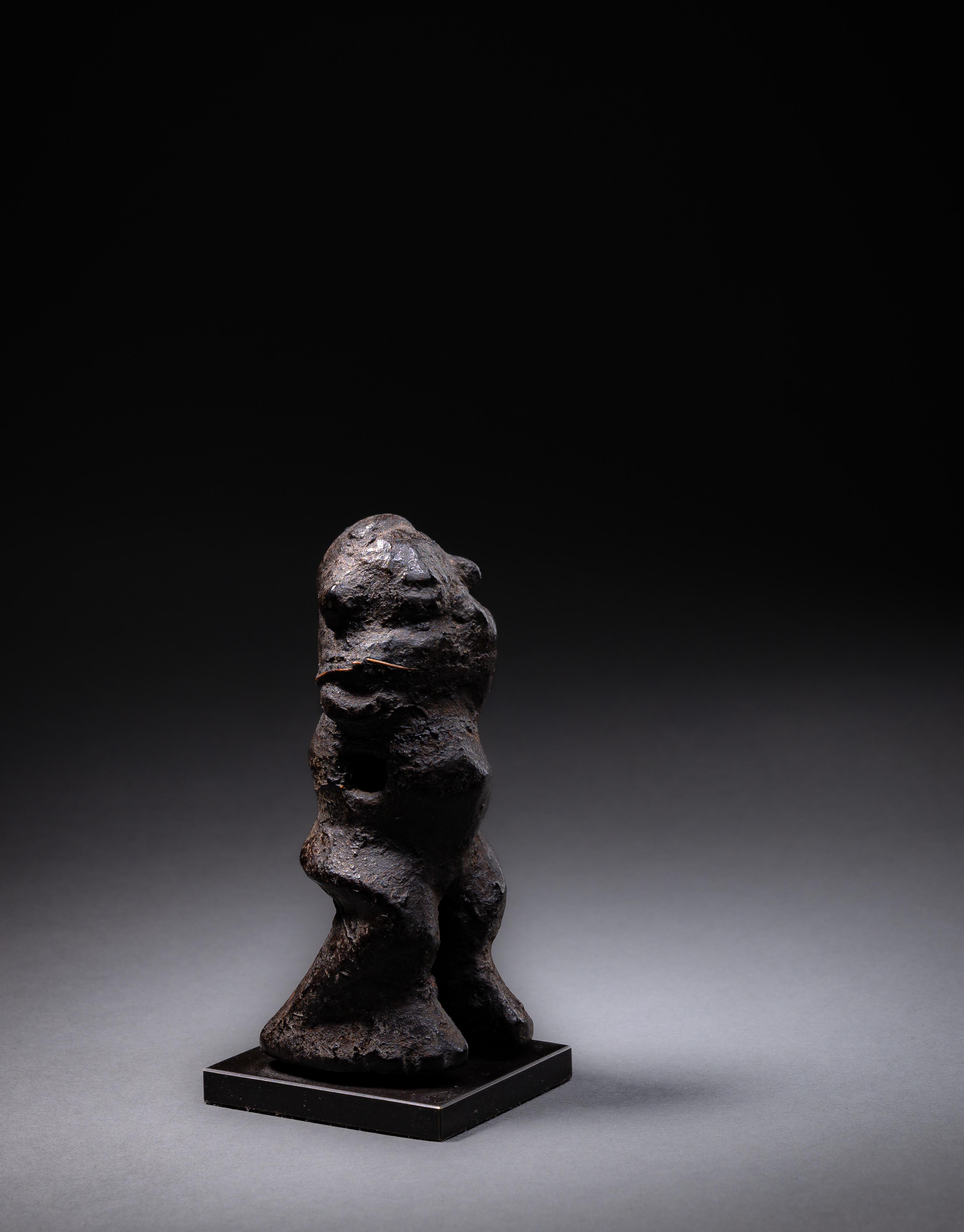
Unattributed Bamileke/Bangwa Artist
Cameroon Wood
H: 10.4 cm
PROVENANCE
Pierre Harter (1928-1991), Paris, France
Galerie Alain Bovis, Paris, France (2016)
Belgian Private Collection
Bruno Claessens Antwerp, Belgium
PUBLICATION
Beautysmall - À chacun ses petites
merveilles, Alain Bovis, Paris 2016
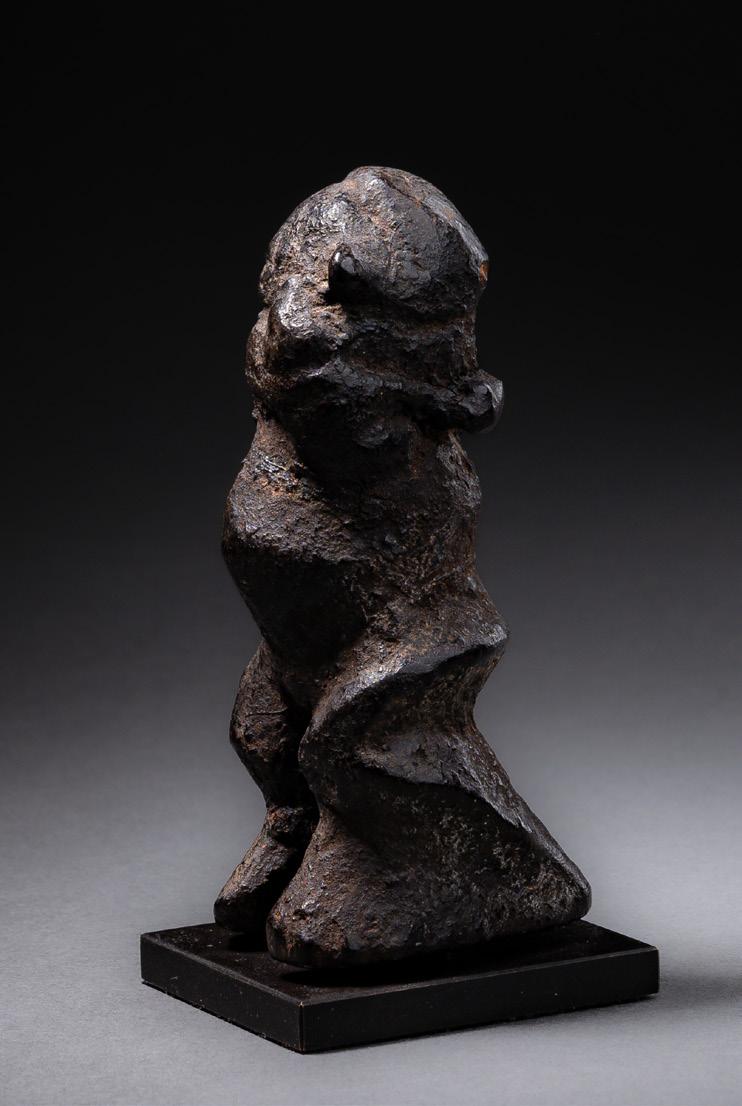
Dr.David Zemanek
Unattributed Bamileke Artist
Wood H: 11 cm
PROVENANCE
French Colonial Collection
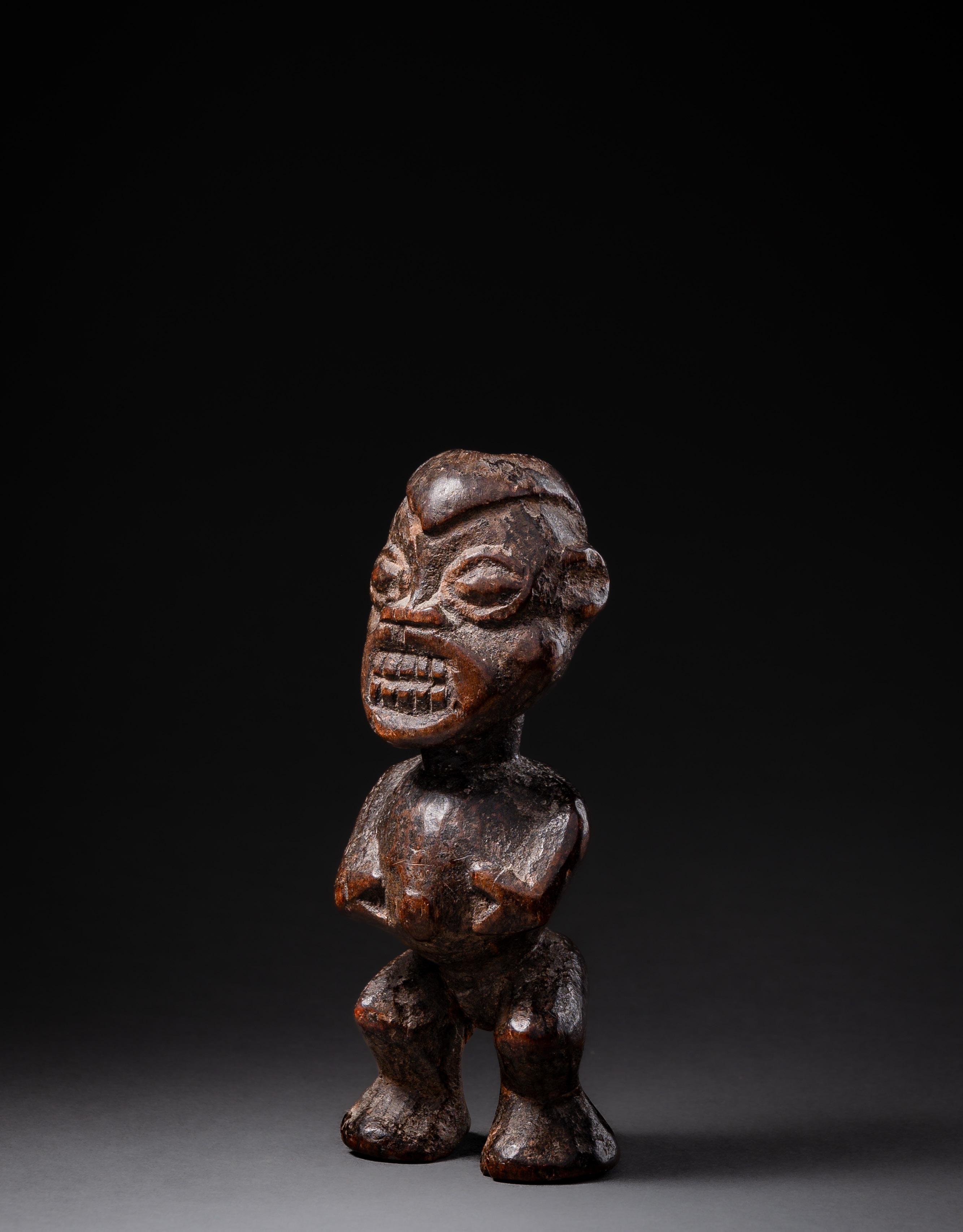
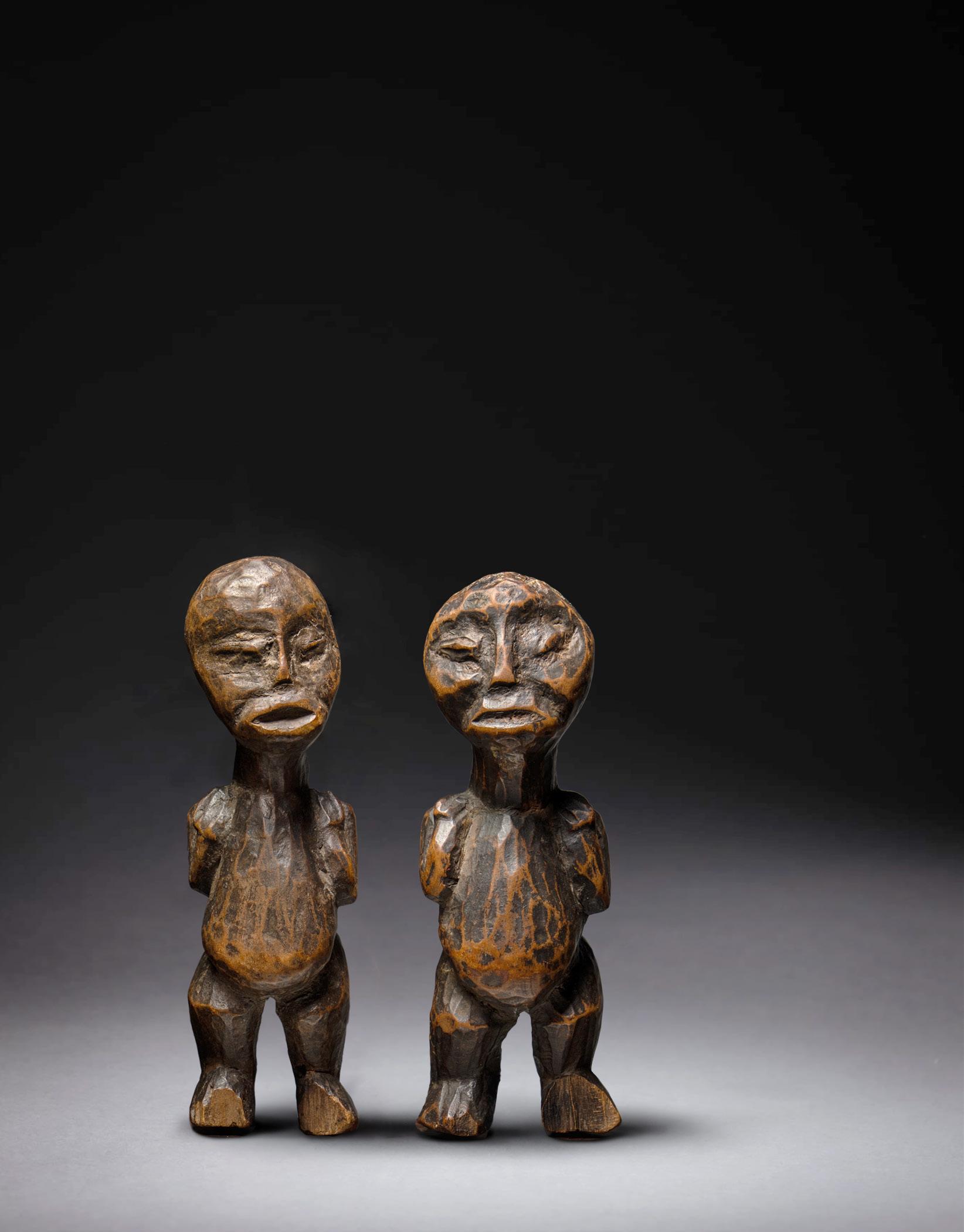
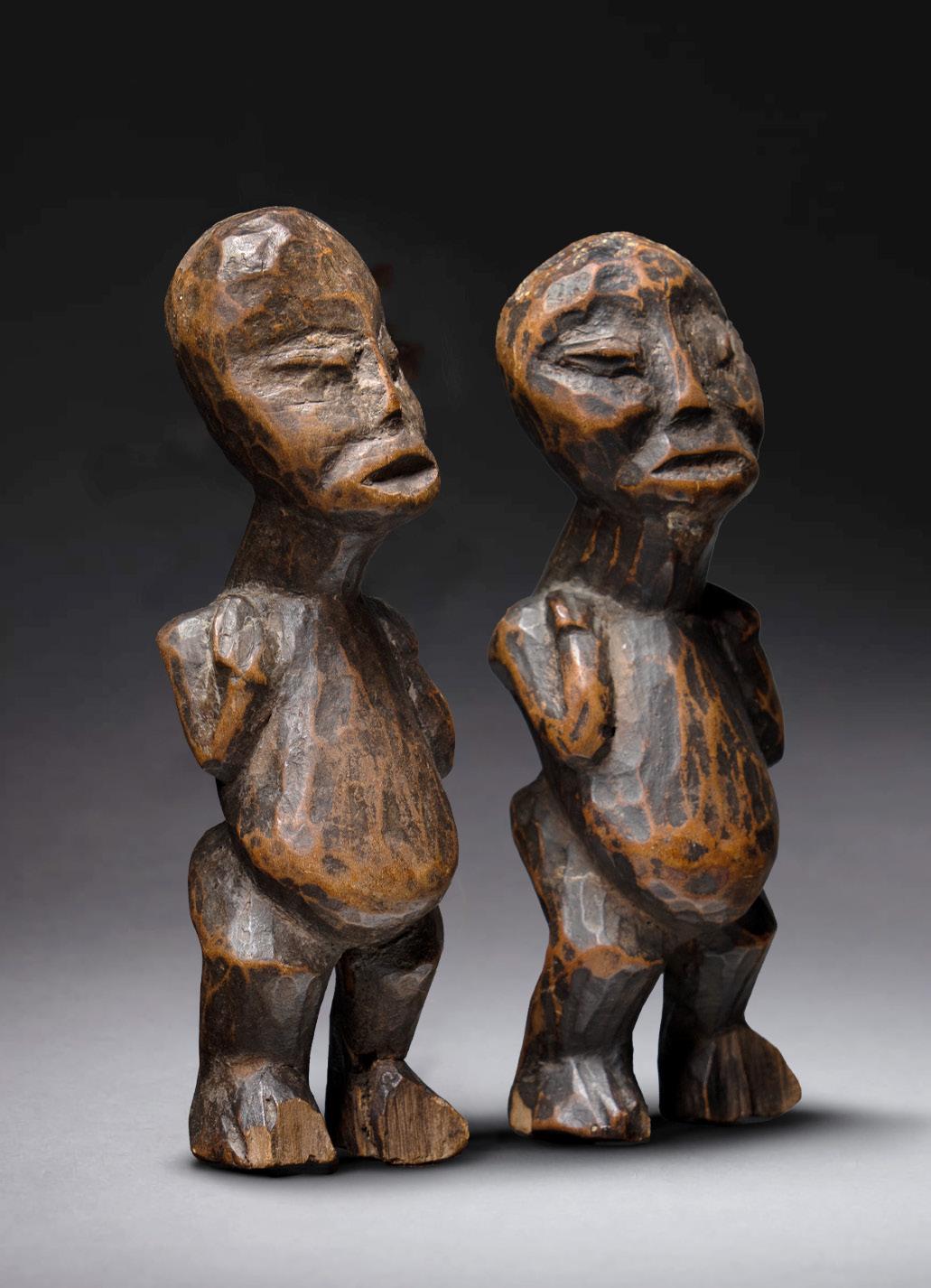
MU PO
Unattributed Bamileke-Batie Artist
Cameroon
Wood H: 15.5cm
PROVENANCE
Collected in situ by Richard Hopp (b.1880) in Cameroon (1914)
Unattributed Yaka or Yanzi Artist
D. R. Congo
Kwango-Kwilu/Bandundu Region
Wood H: 12 cm
PROVENANCE
Erich Hohnholz, Hannover, Germany
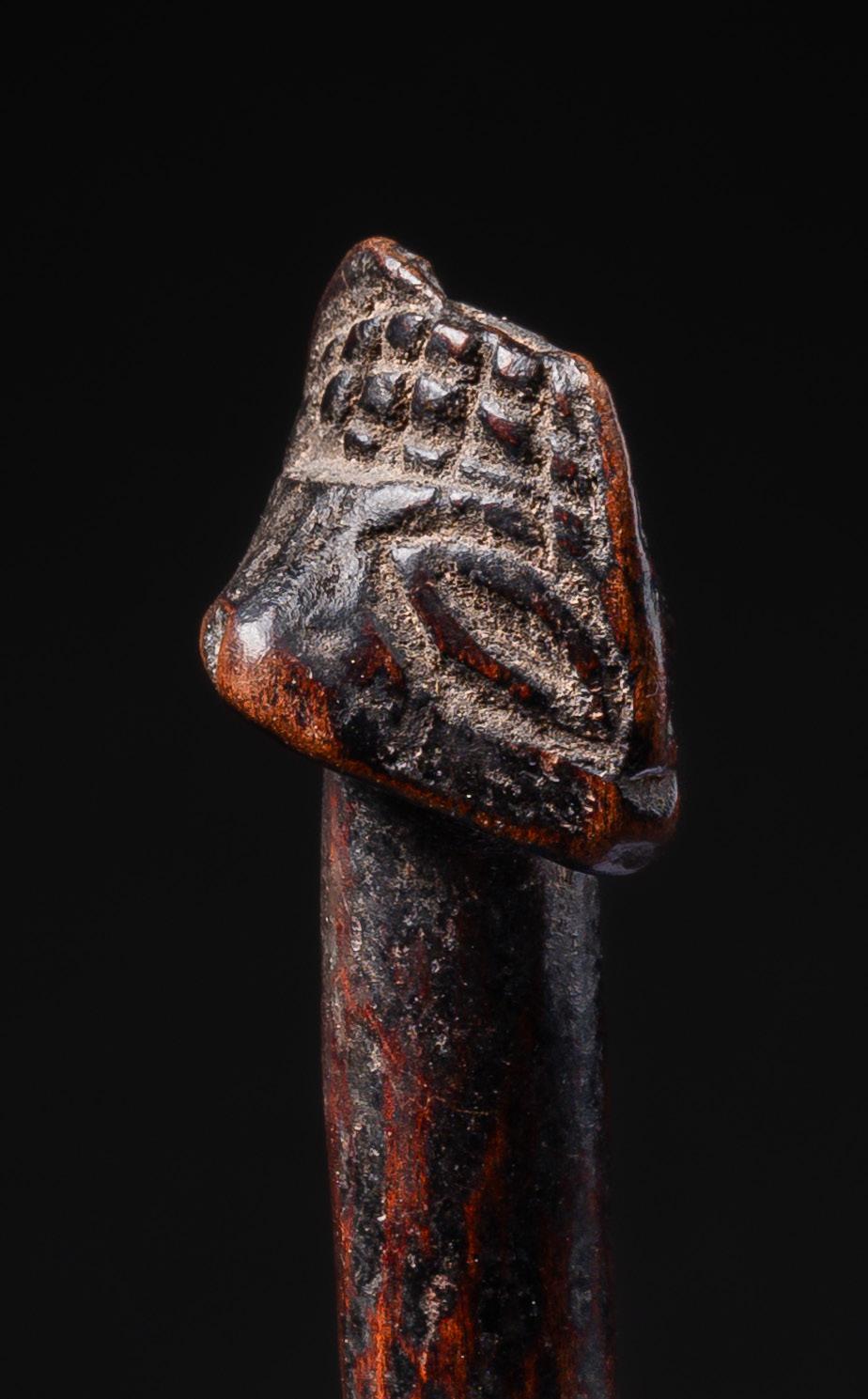
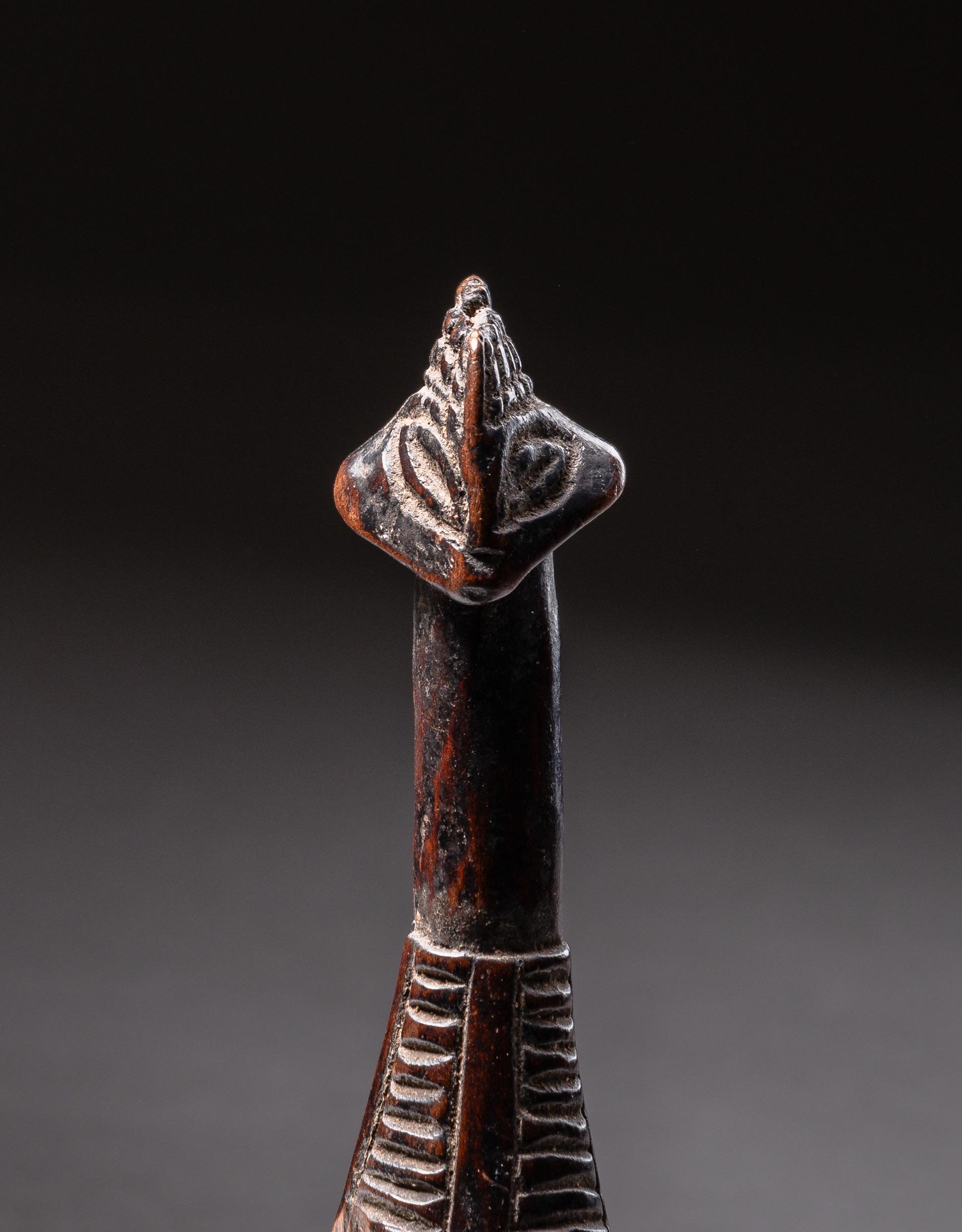
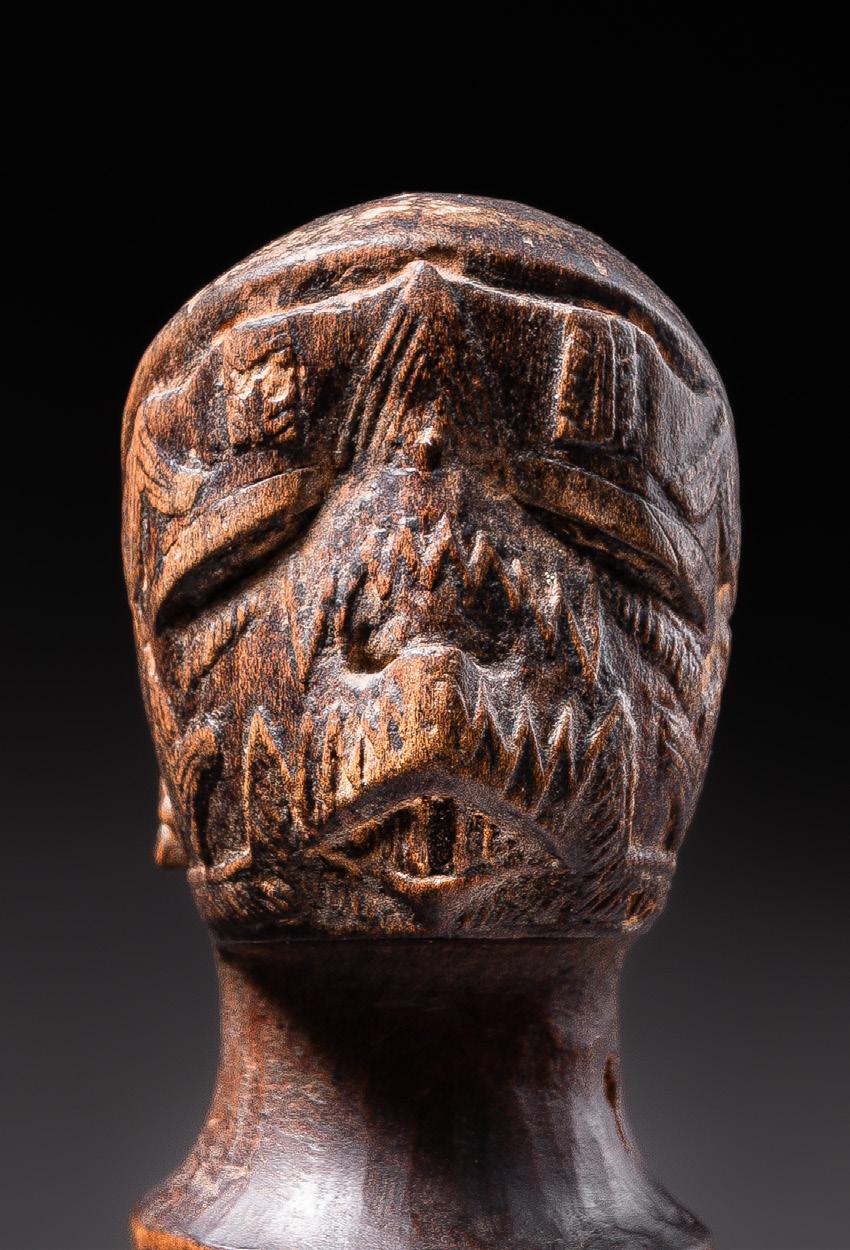
Dr.David Zemanek
Unattributed Makonde Artist
Mozambique
Wood H: 7.8 cm
PROVENANCE
Portugese Private Collection, Lisabon
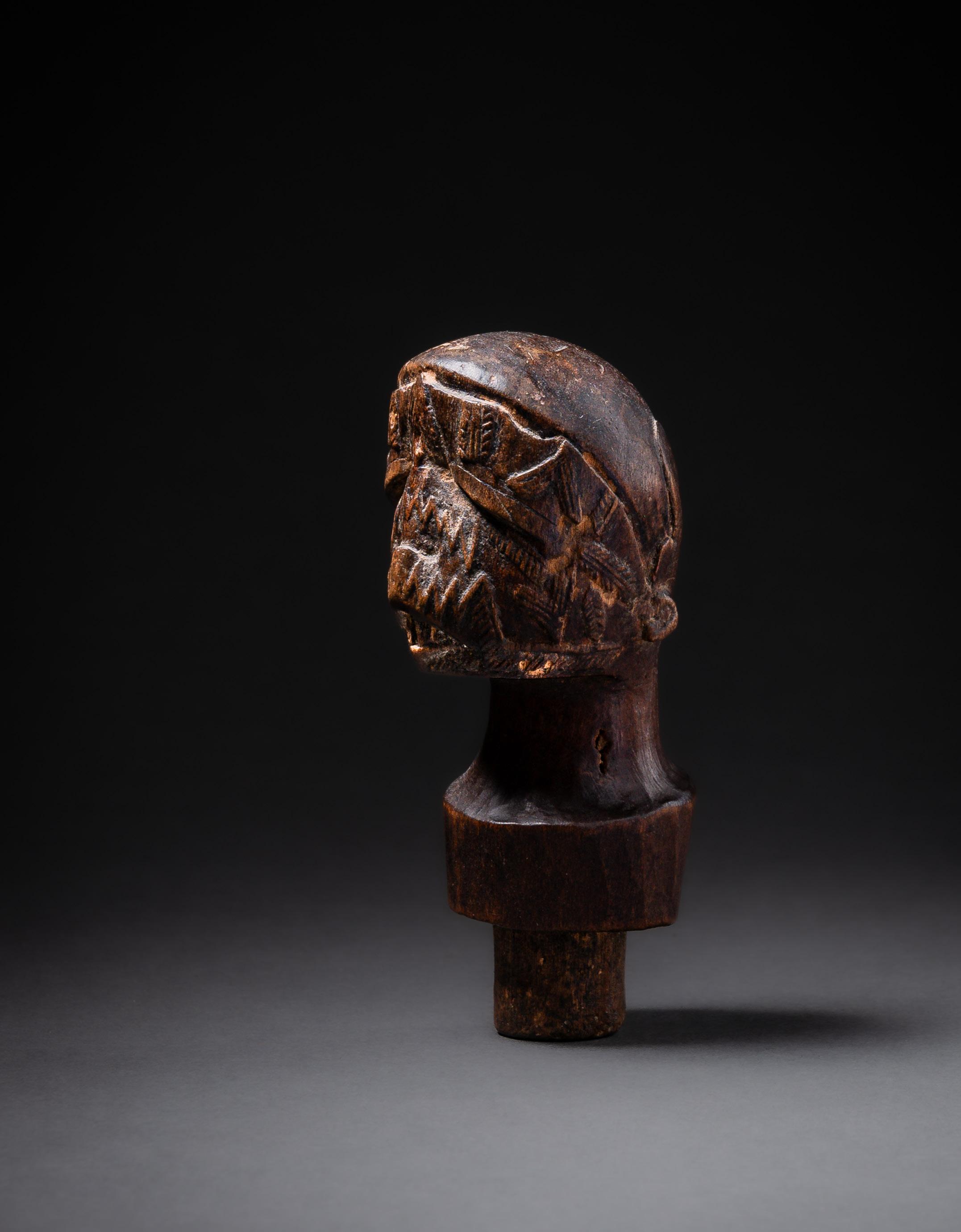
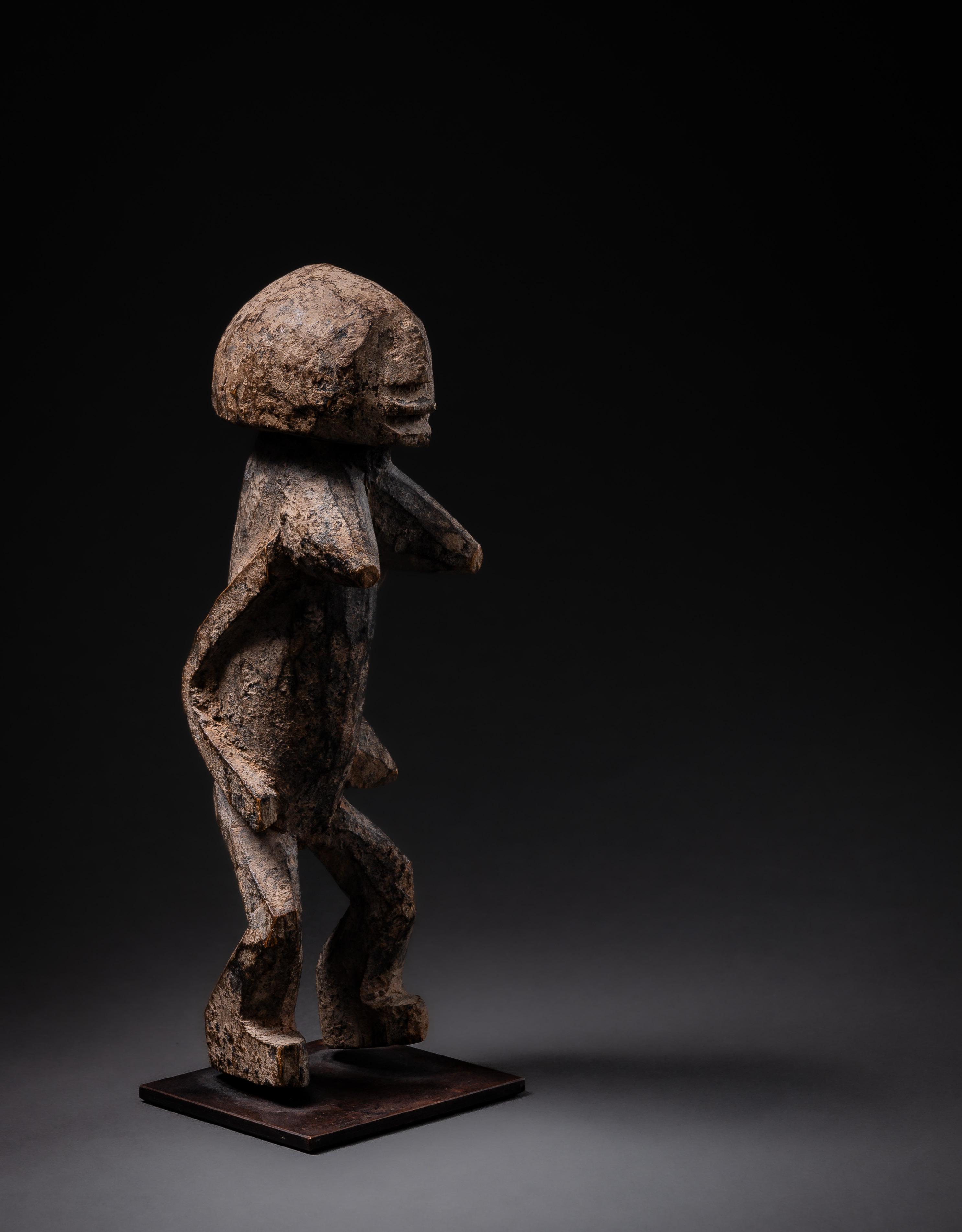
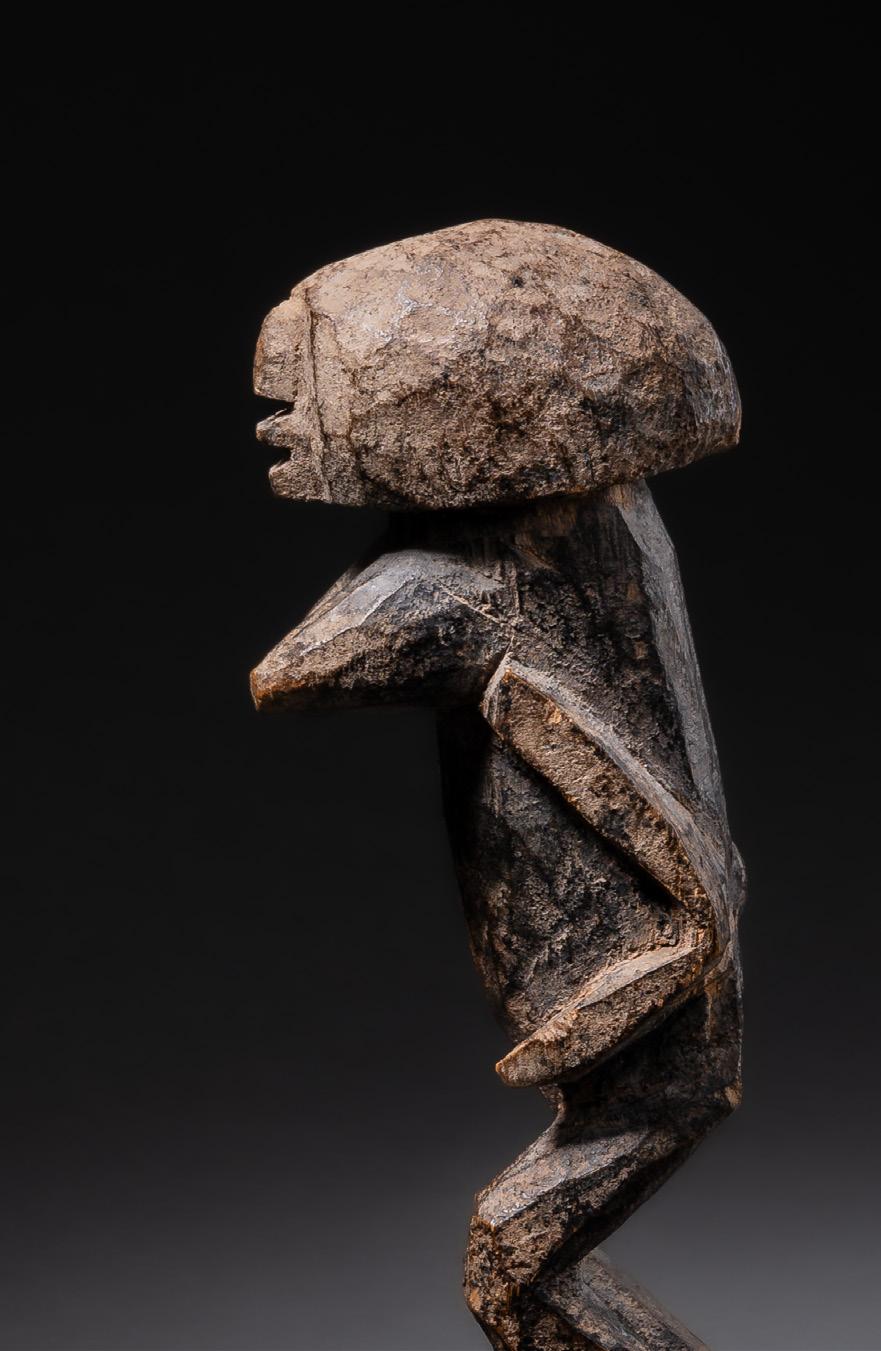
Unattributed Dogon Artist
Mali Wood H: 18 cm
PROVENANCE
Jan Schneider, Buchbach, Germany
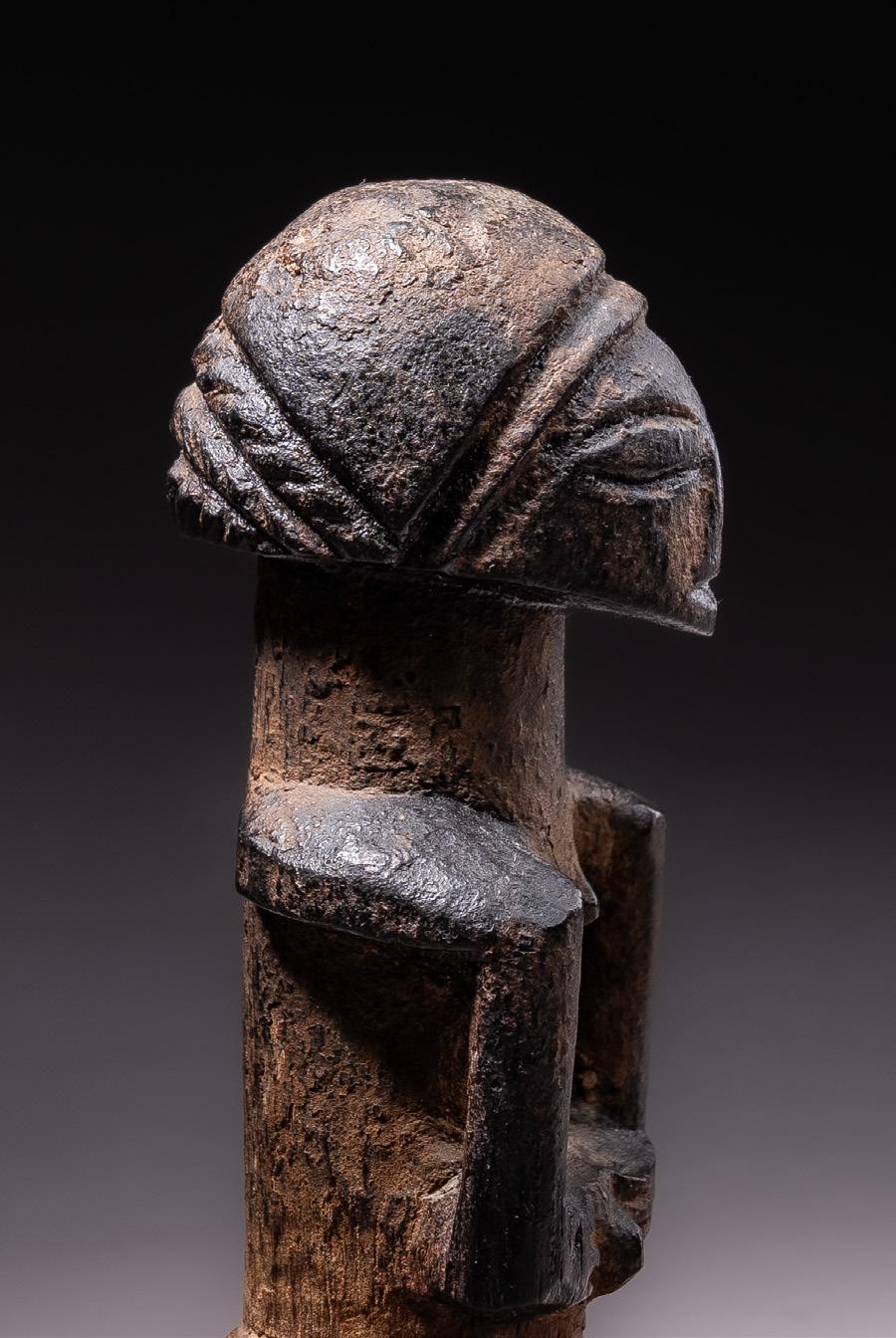
Unattributed Luba-Hemba Artist
D. R. Congo
Kasongo Territory, Maniema
Wood
H: 12 cm
PROVENANCE
Marc Felix, Brussels, Belgium
Galerie Fred Jahn, Munich, Germany
Thomas Olbricht, Essen, Germany (1996)
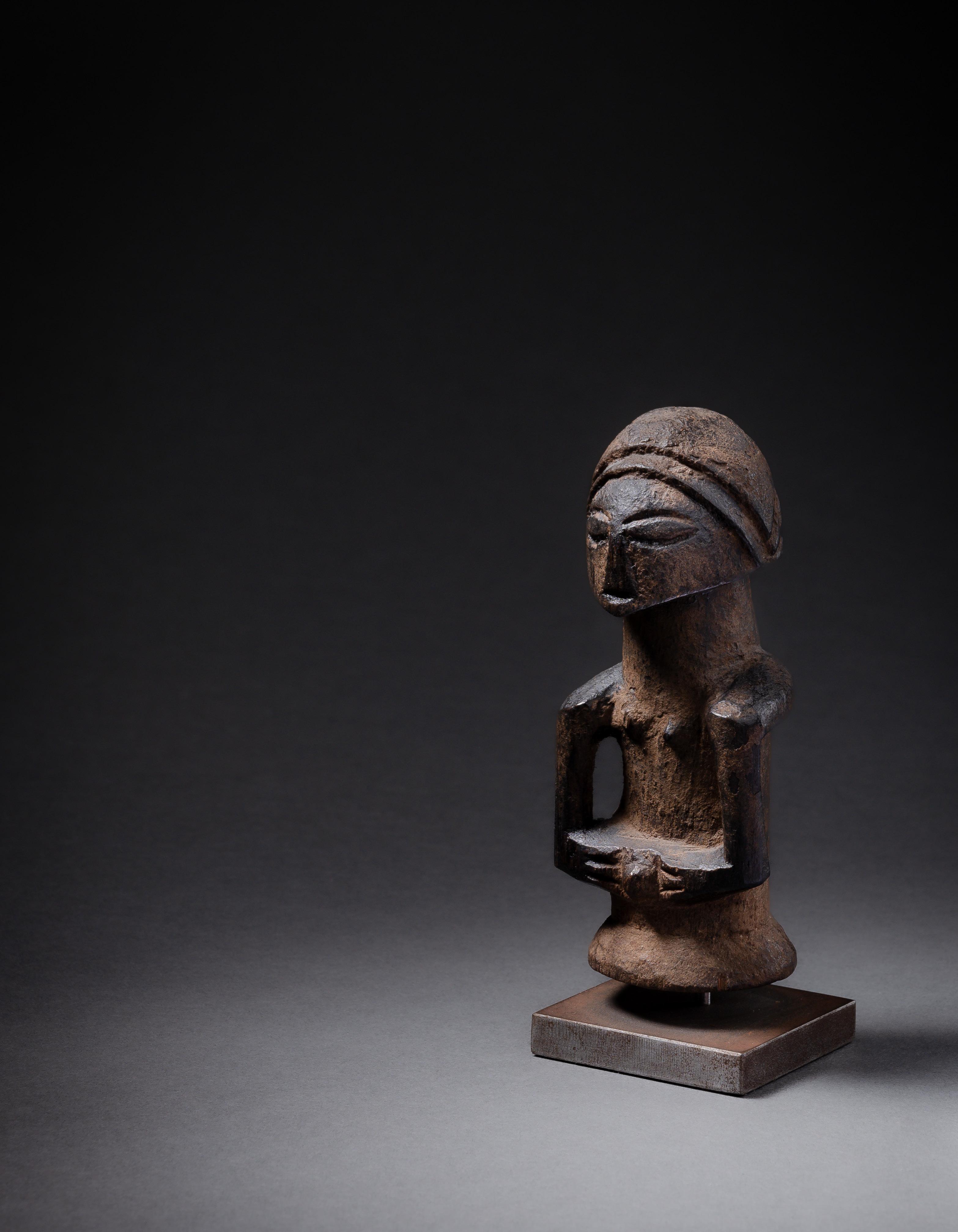
Unattributed Lobi Artist
Burkina Faso
Wood H: 10.5 cm
PROVENANCE
Scandinavian Private Collection, aquired in the 1960´s in Paris
Jyrki Lammi, Helsinki, Finland
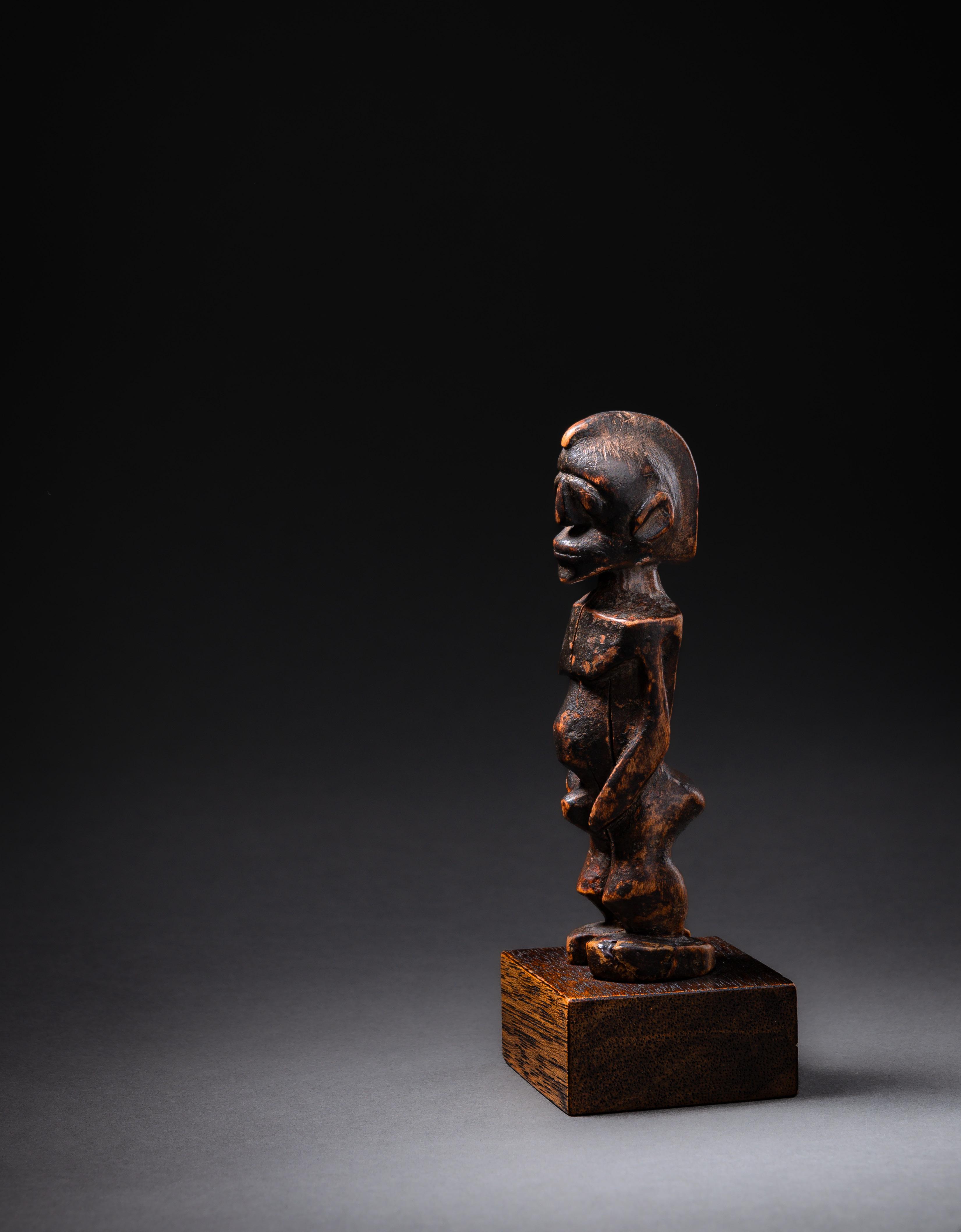
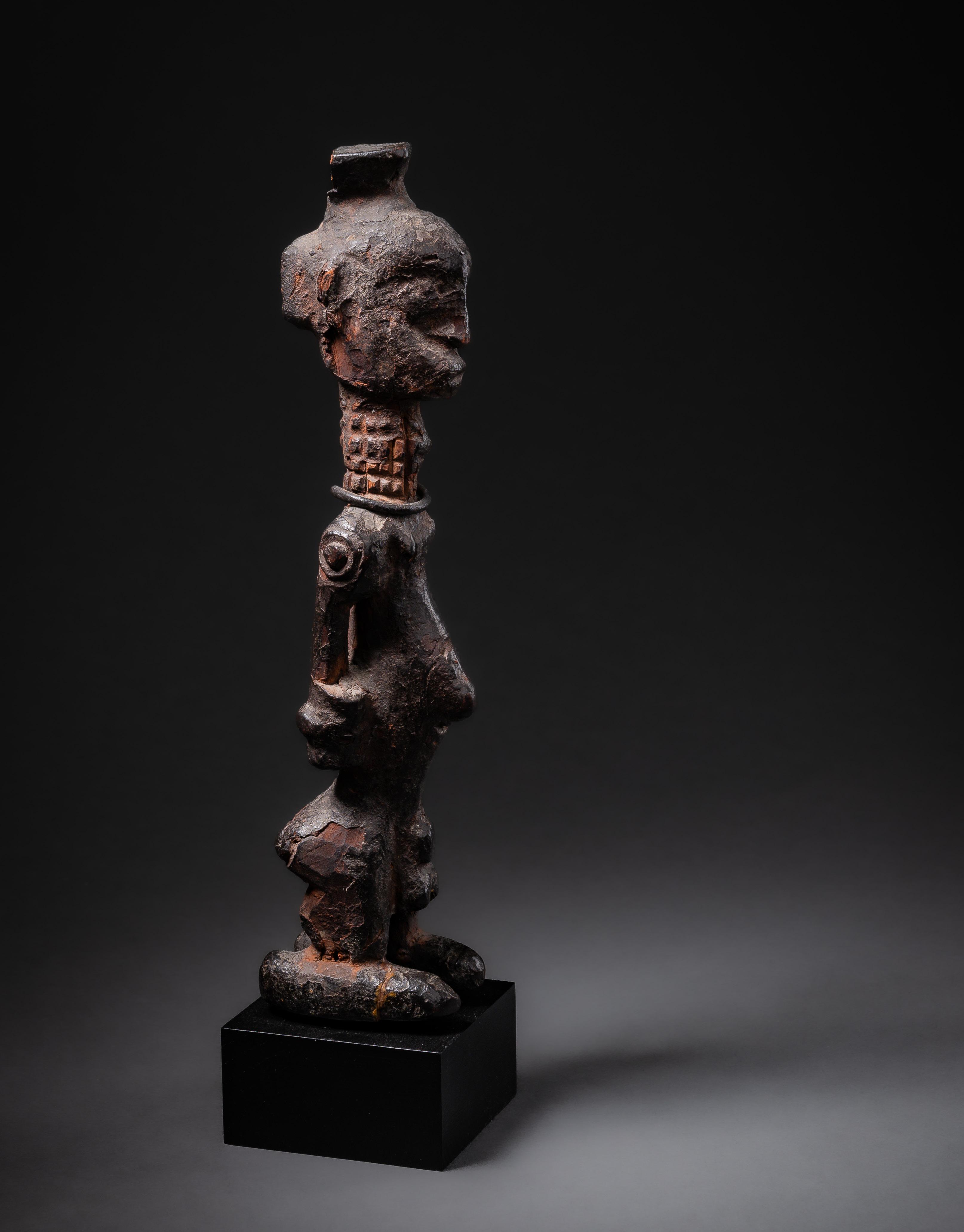
Unattributed Luluwa Artist
D. R. Congo Wood
H: 22.5 cm
PROVENANCE
American Private Collection
Dr.David Zemanek
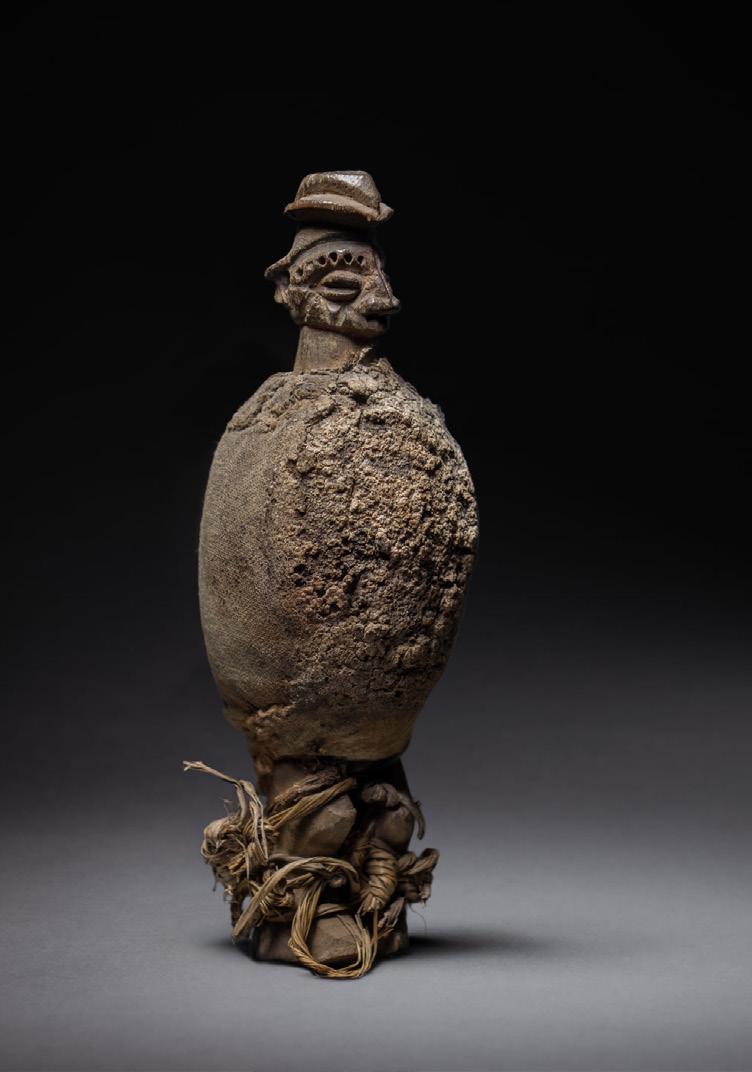
Unattributed Yaka Artist
D. R. Congo Wood
H: 17.4 cm
PROVENANCE
Henricus und Nina Simonis, Dusseldorf, Germany
Petr Zubek, Dussseldorf, Germany
PUBLICATION
Simonis (2019): Yaka power figures, p. 122,123
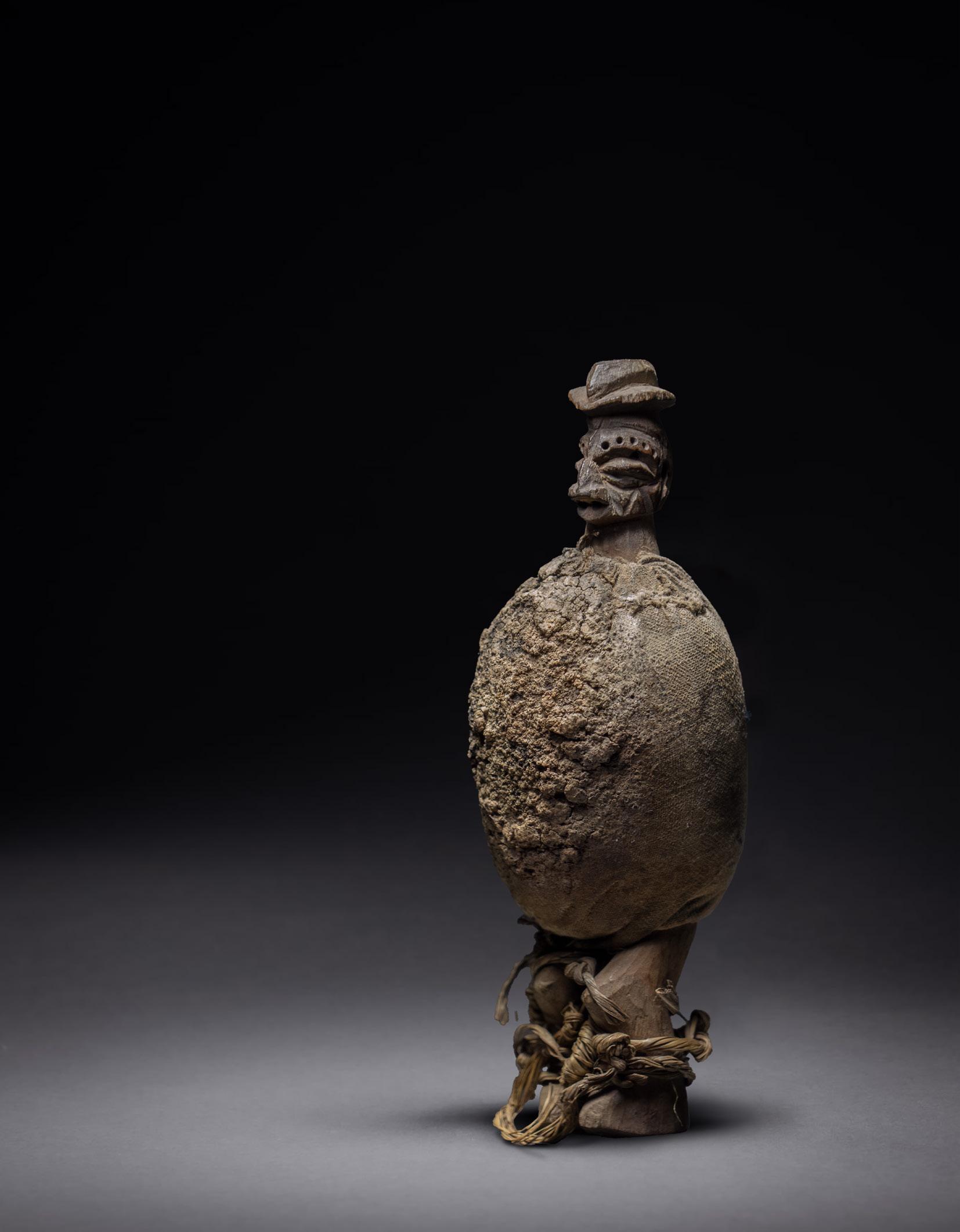

Unattributed Luluwa Artist
D. R. Congo Wood
H: 11.7 cm
PROVENANCE
German Private Collection
Listed in the Timmermans Files T149
Dr.David Zemanek
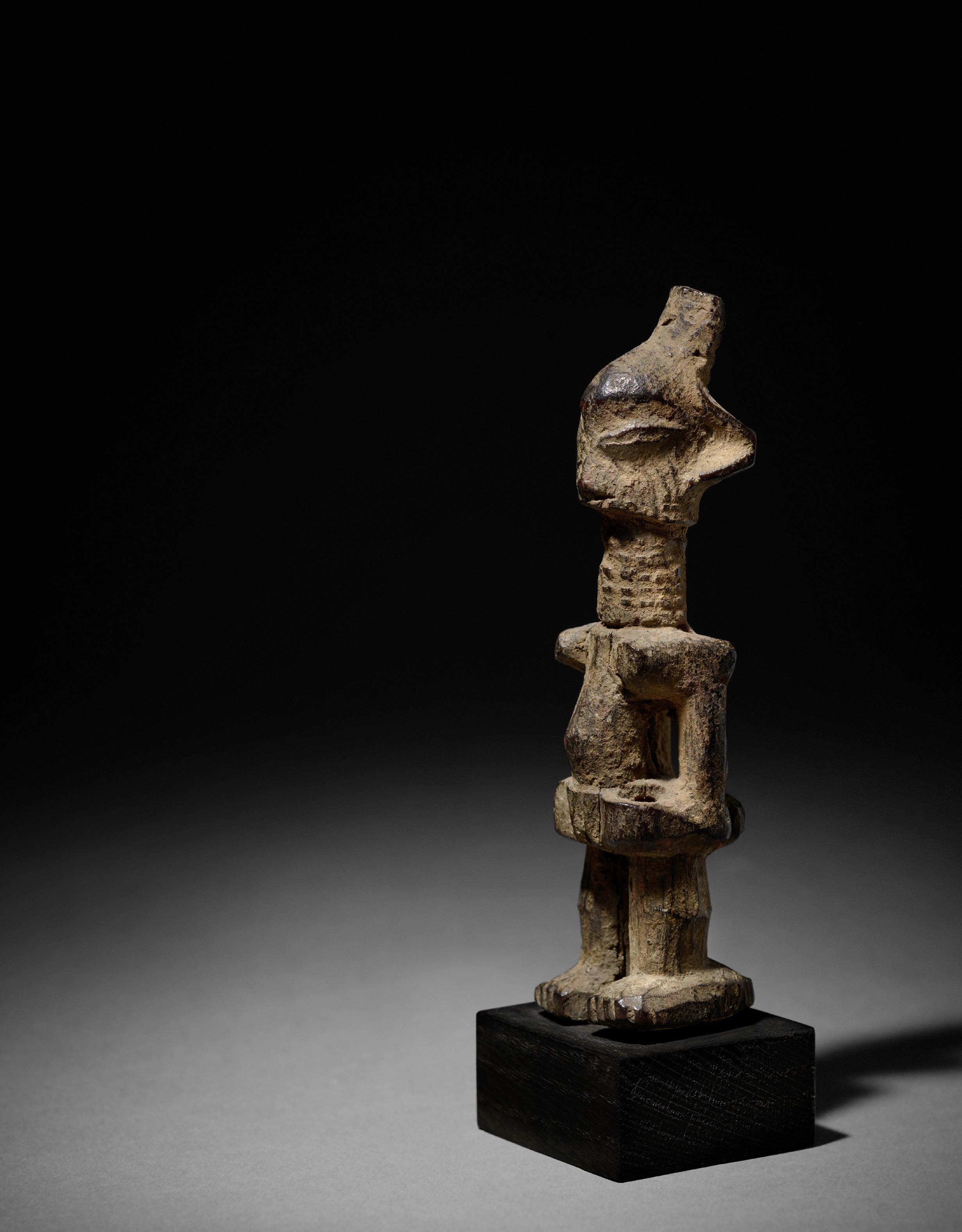
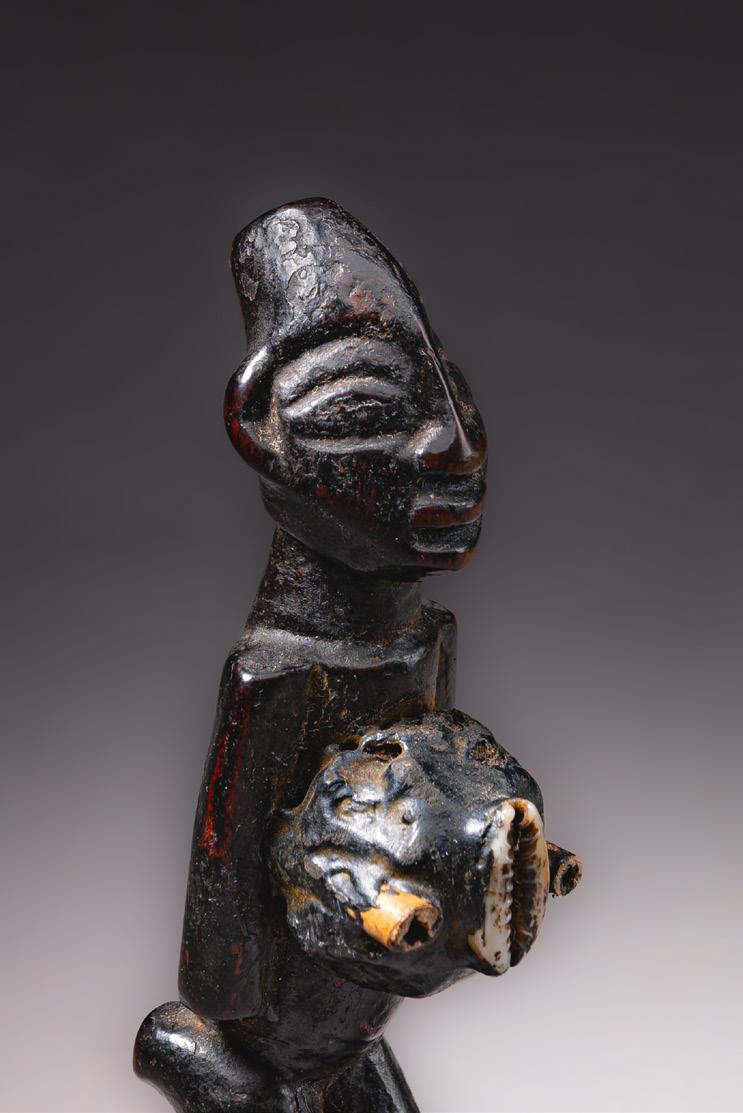
Dr.David Zemanek
Unattributed Kongo-Sundi Artist
D. R. Congo
Wood
H: 9 cm
PROVENANCE
Rob Vervoort, Molenstede-Diest, Belgium
Scott Bergmans, Lommel, Belgium
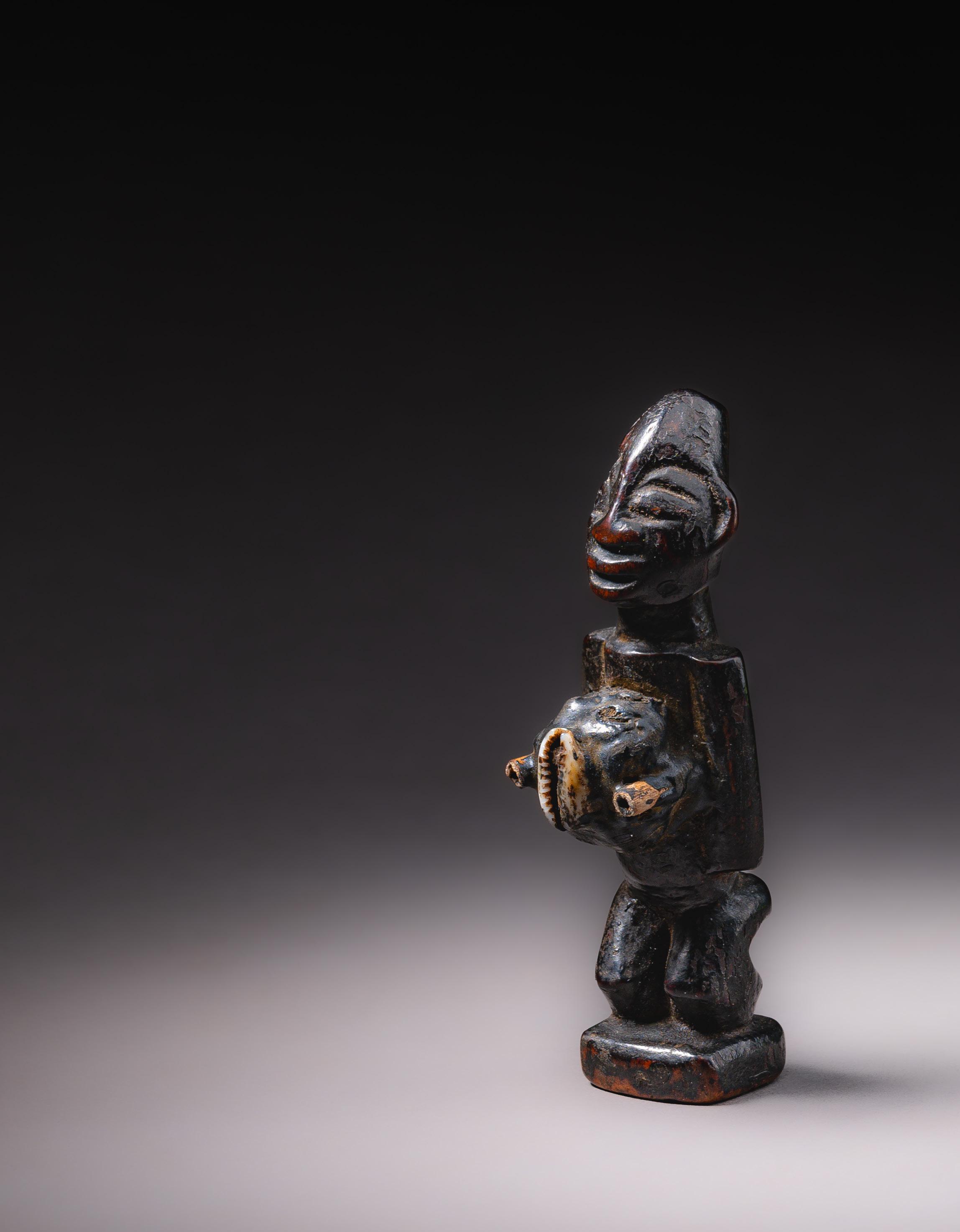
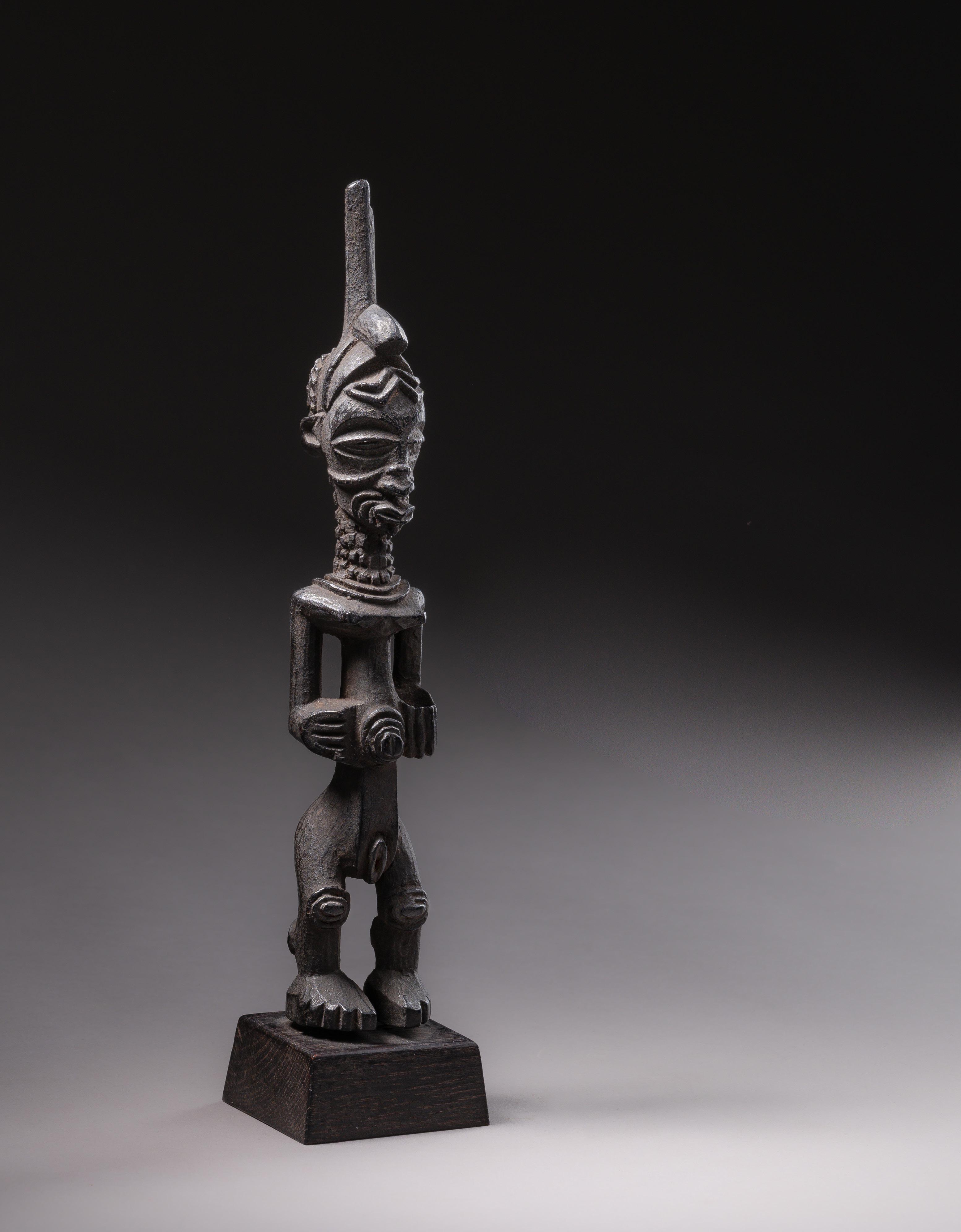
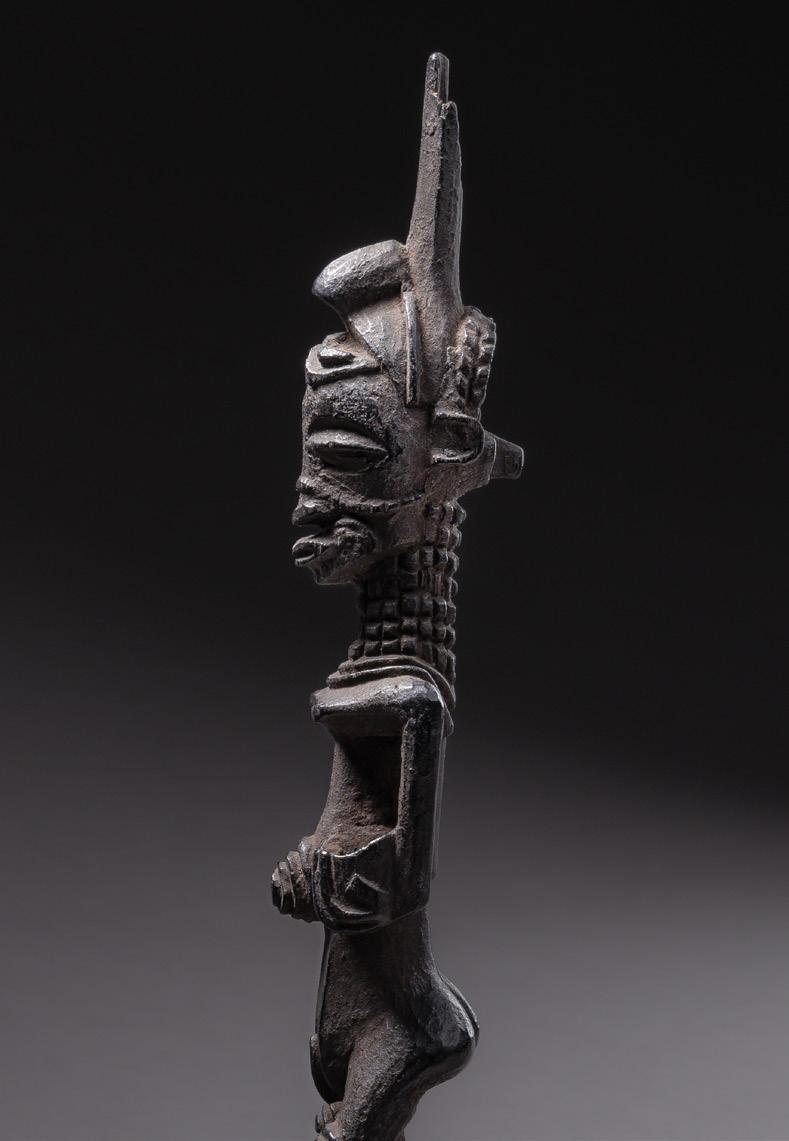
Unattributed Luluwa Artist
D. R. Congo Wood
H: 22 cm
PROVENANCE
Hans Himmelheber, Heidelberg, collected in situ 1955
Lore Kegel, Hamburg, Germany
Boris Kegel-Konietzko, Hamburg, Germany
Kegel-Konietzko & Dorn, Hamburg, Germany
PUBLICATION
Schädler, 1992: Gods Spirits Ancestors, African sculpture from private German collections, p. 201, no.163
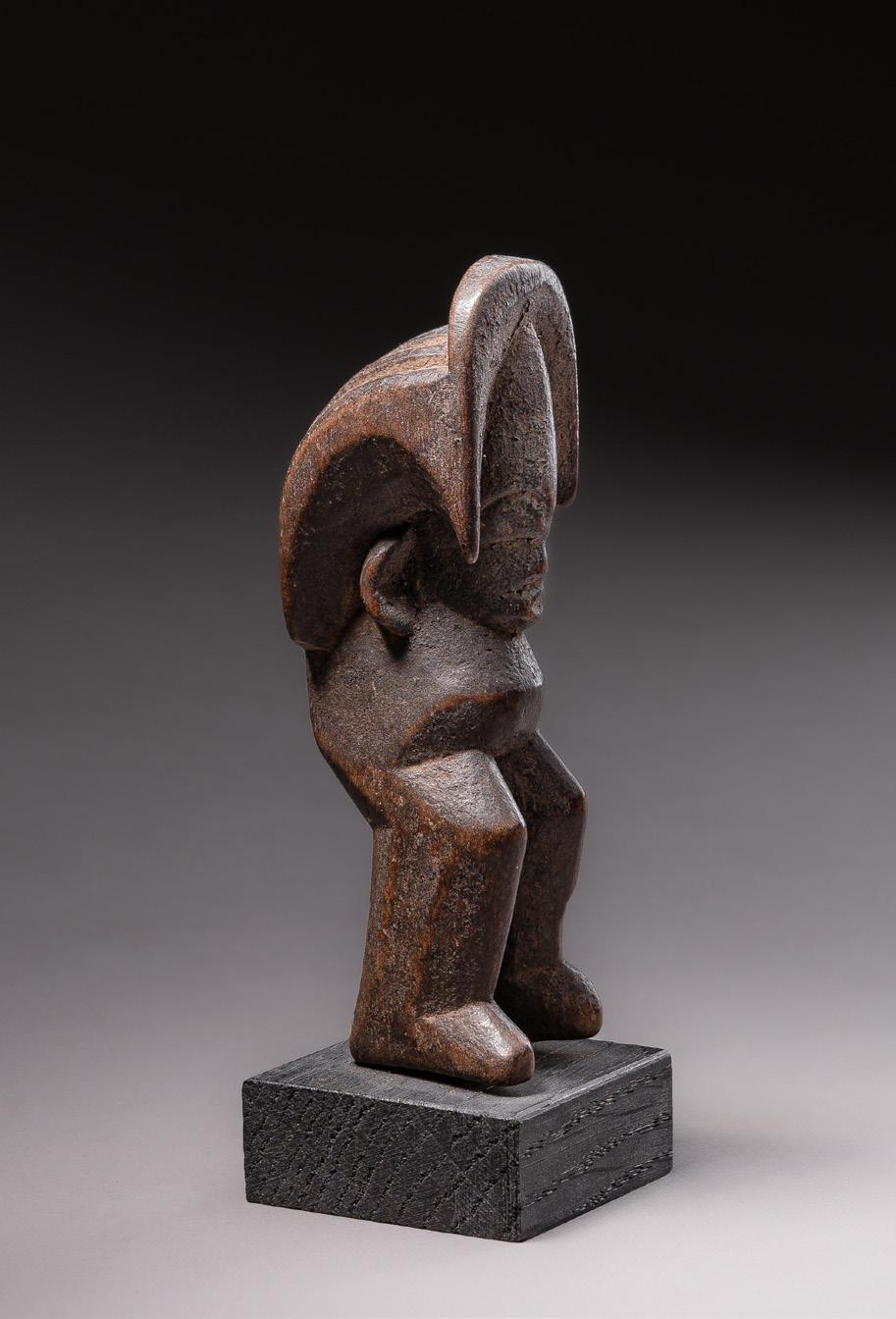
Unattributed Igbo Artist
Nigeria
Wood H: 11 cm
PROVENANCE
Lore Kegel, Hamburg, Germany, collected in situ 1956
Boris Kegel-Konietzko, Hamburg, Germany
Kegel-Konietzko & Dorn, Hamburg, Germany
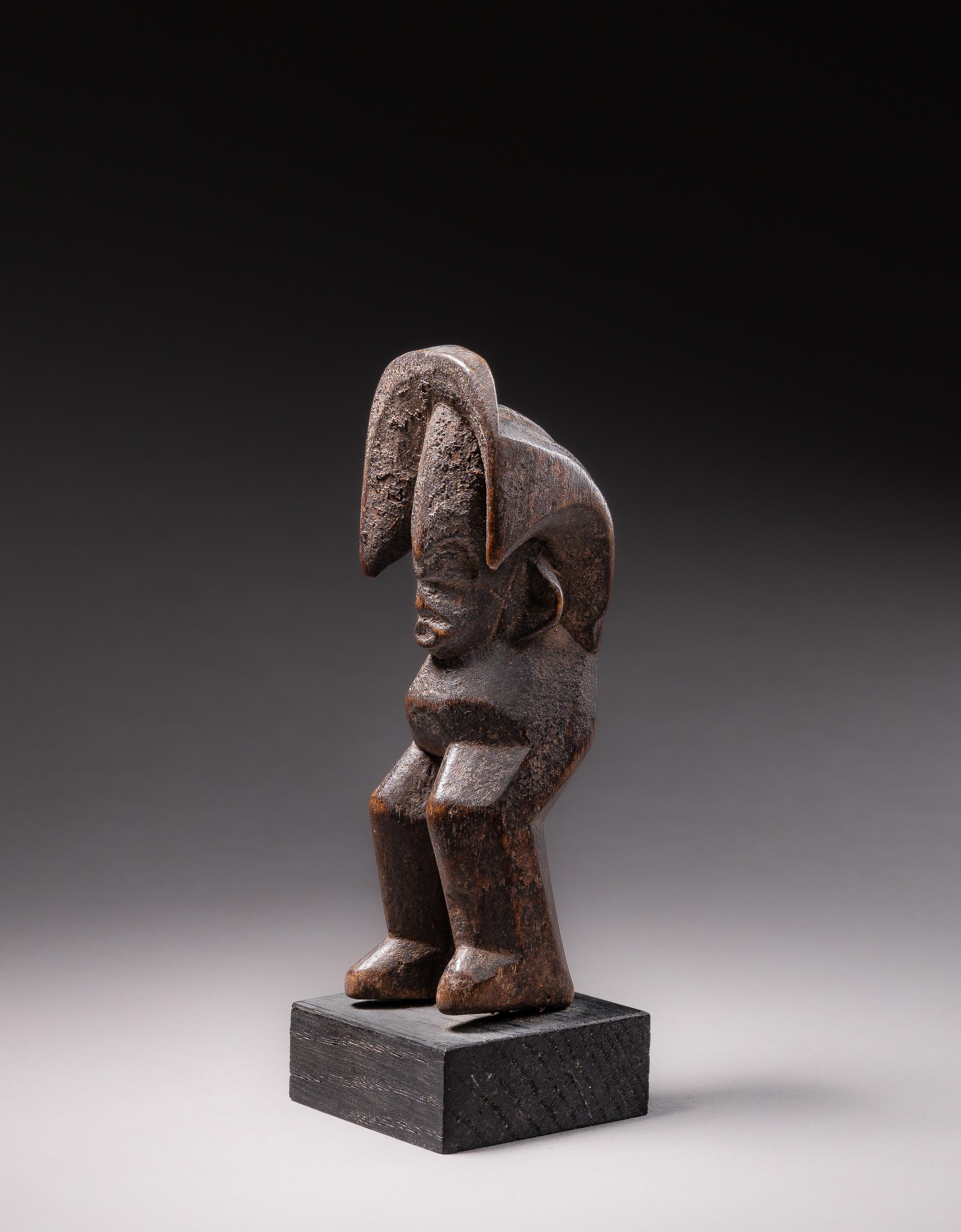
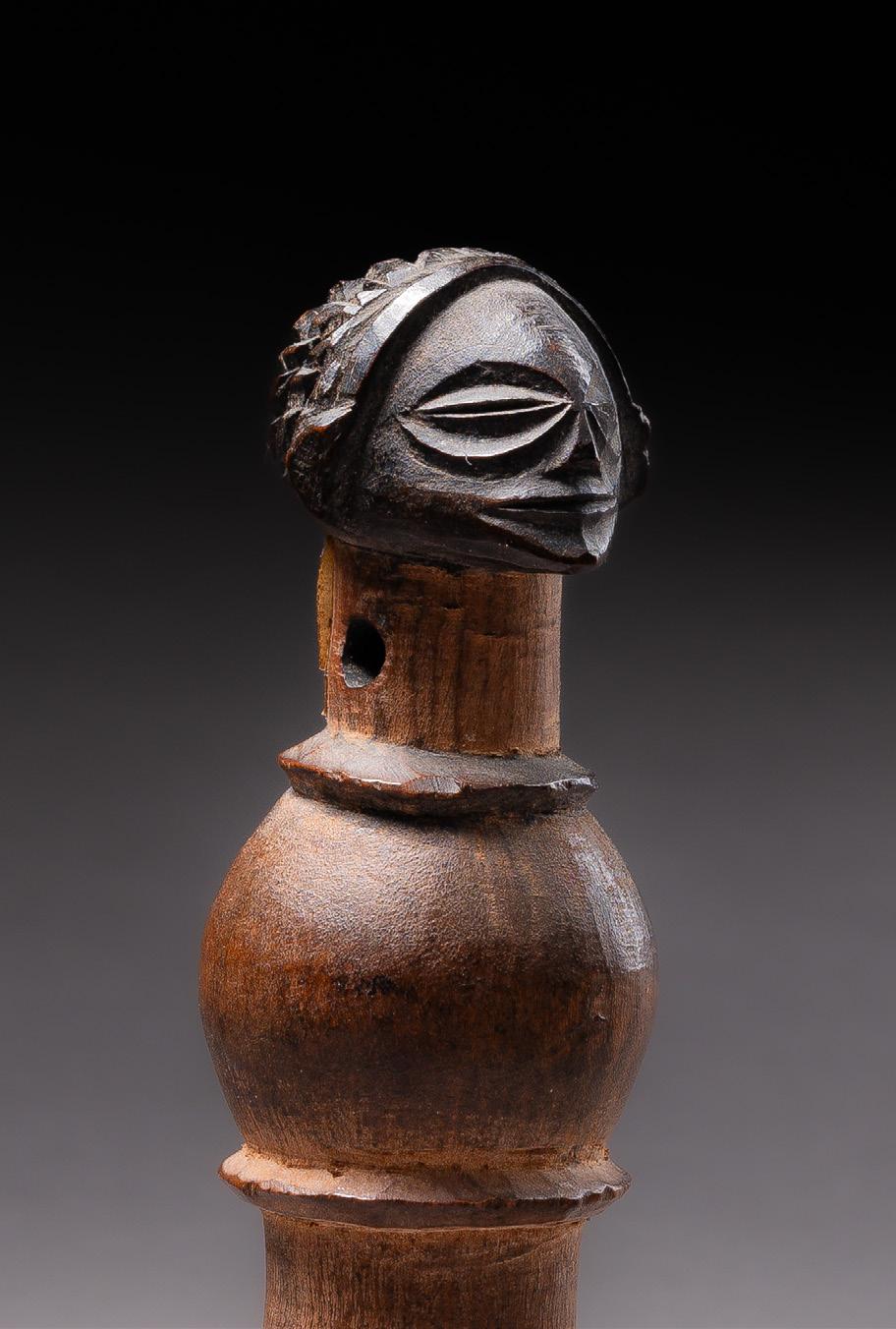
Unattributed Chokwe Artist
Angola Wood H: 9 cm
PROVENANCE
Lore Kegel, Hamburg, Germany, collected in situ 1956
Boris Kegel-Konietzko, Hamburg, Germany
Kegel-Konietzko & Dorn, Hamburg, Germany
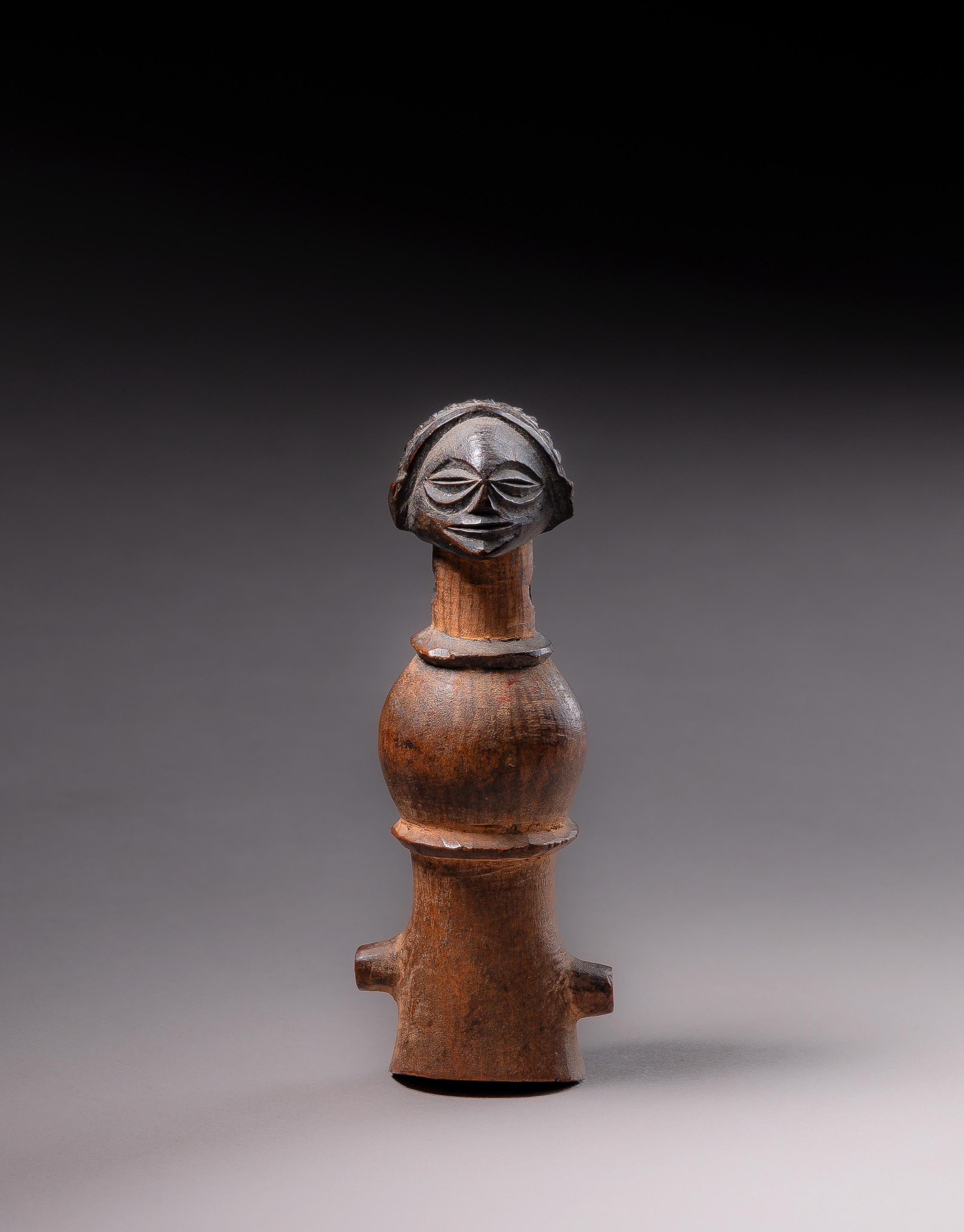
Unattributed Dan Artist
Liberia
Copper alloy
H: 15.4 cm
PROVENANCE
British colonial Collection
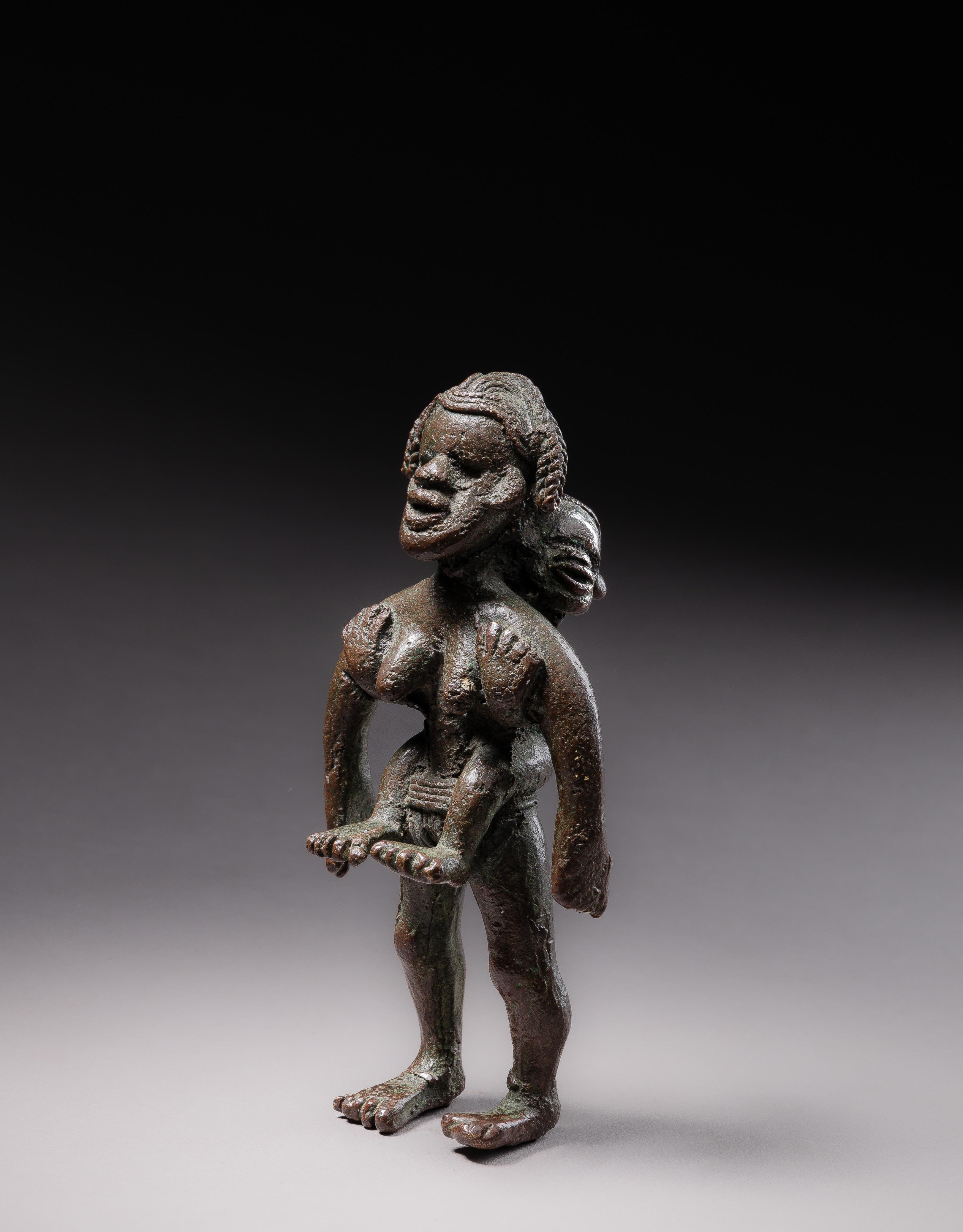
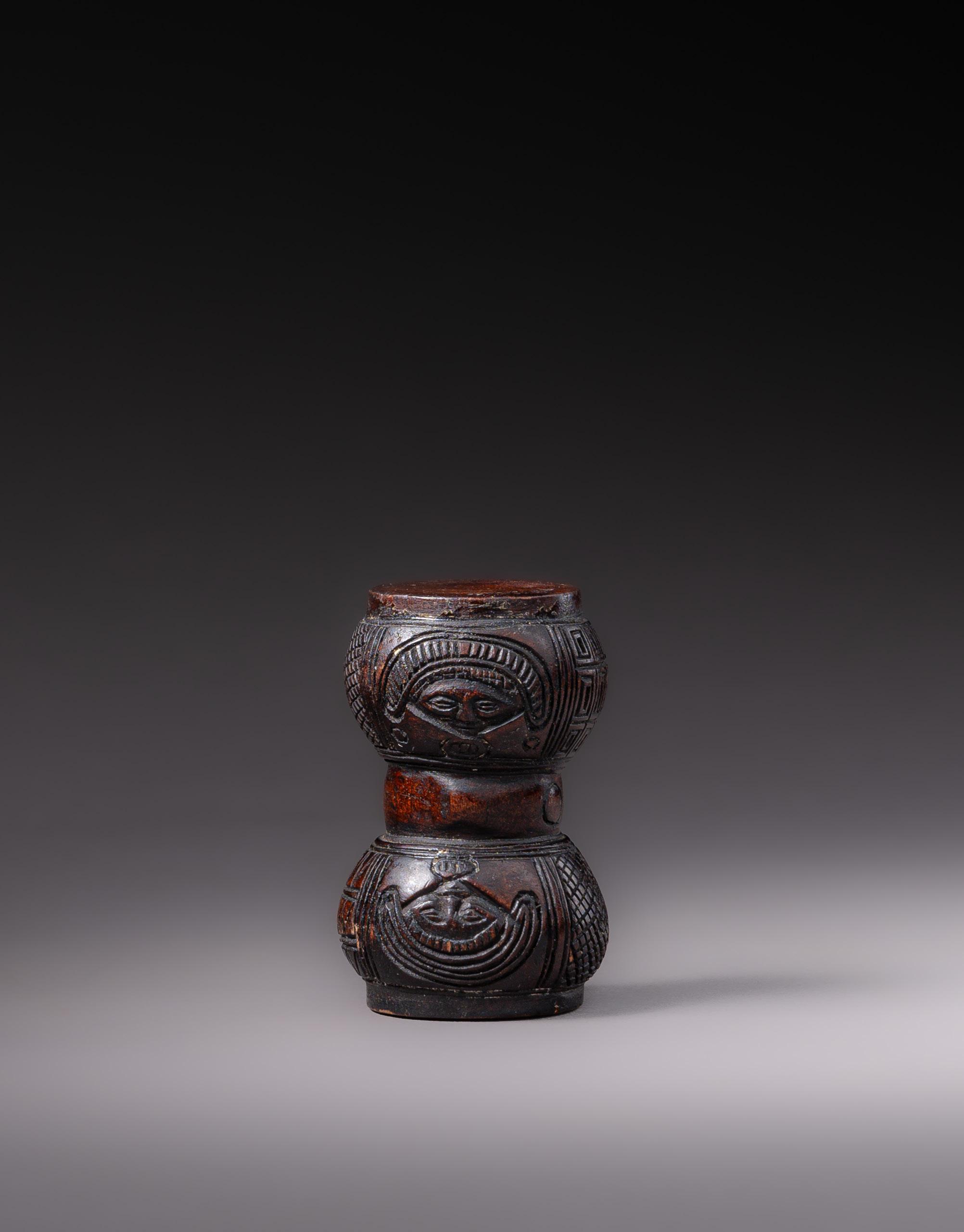
Unattributed Chokwe Artist
Angola Wood H: 5.5 cm
PROVENANCE
Scott Bergmans, Lommel, Belgium
Dr.David Zemanek
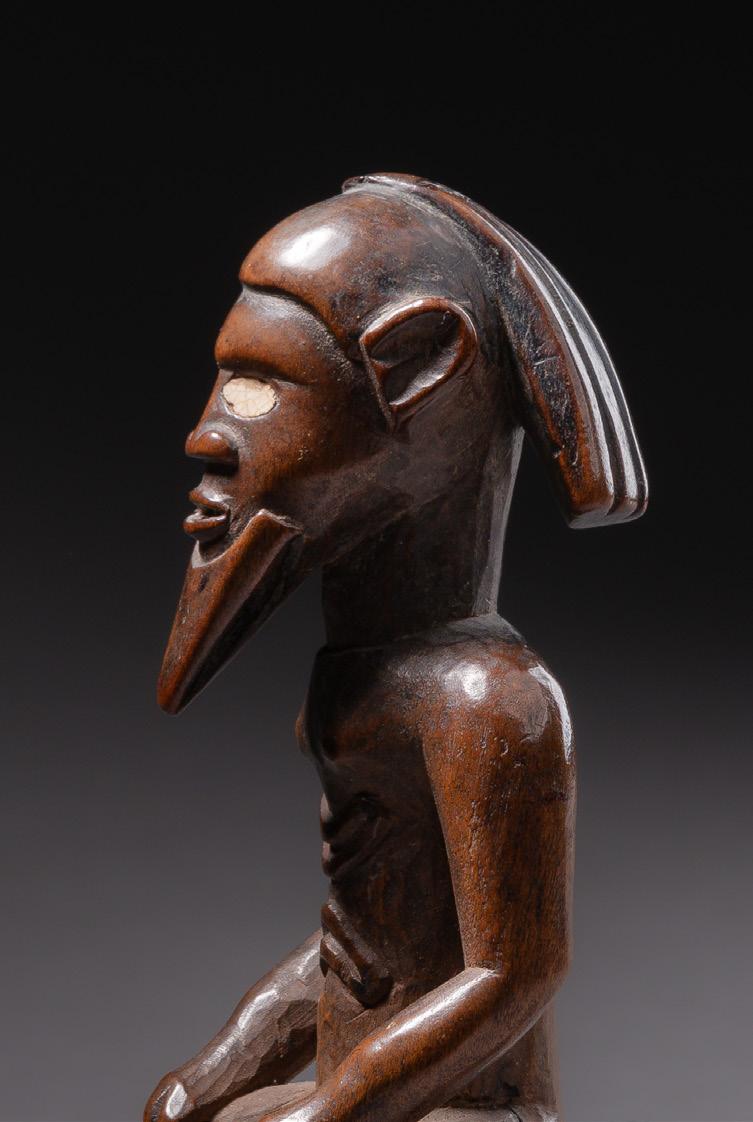
Unattributed Bembe Artist
Republic of the Congo (Congo Brazzaville)
Central Southern Congo-Brazzaville, Upper Bouenza Basin
Wood
H: 13 cm
PROVENANCE
Hamburg Private Collection
Lore Kegel, Hamburg, Germany (1947)
Boris Kegel-Konietzko, Hamburg, Germany
Kegel-Konietzko & Dorn, Hamburg, Germany
PUBLICATION
Himmelheber, 1960: Negerkunst und Negerkünstler, p. 317, #250
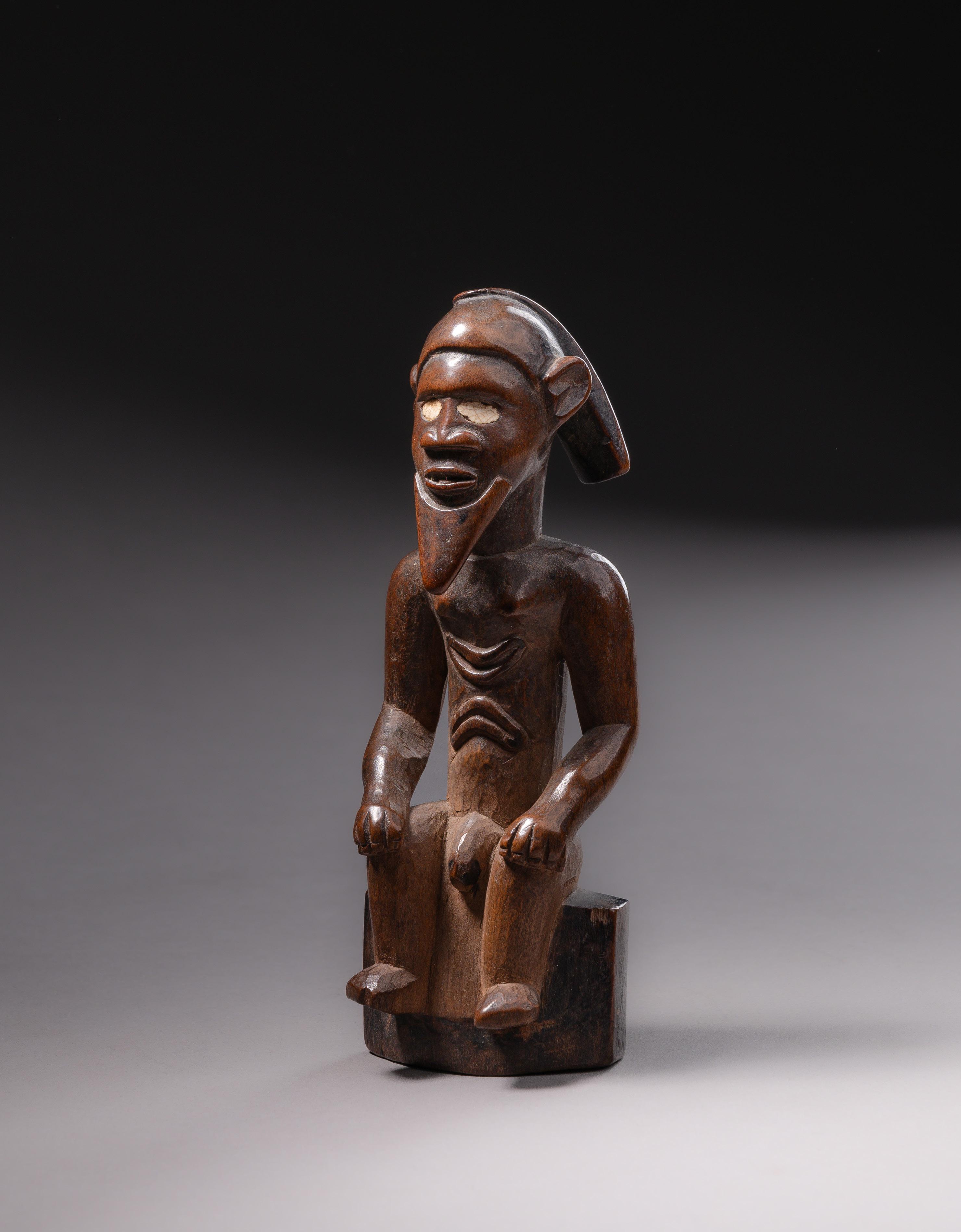
Unattributed Songye Artist
D. R. Congo Wood
H: 13.5 cm
PROVENANCE
Kellim Brown, Brussels, Belgium
Dr.David Zemanek
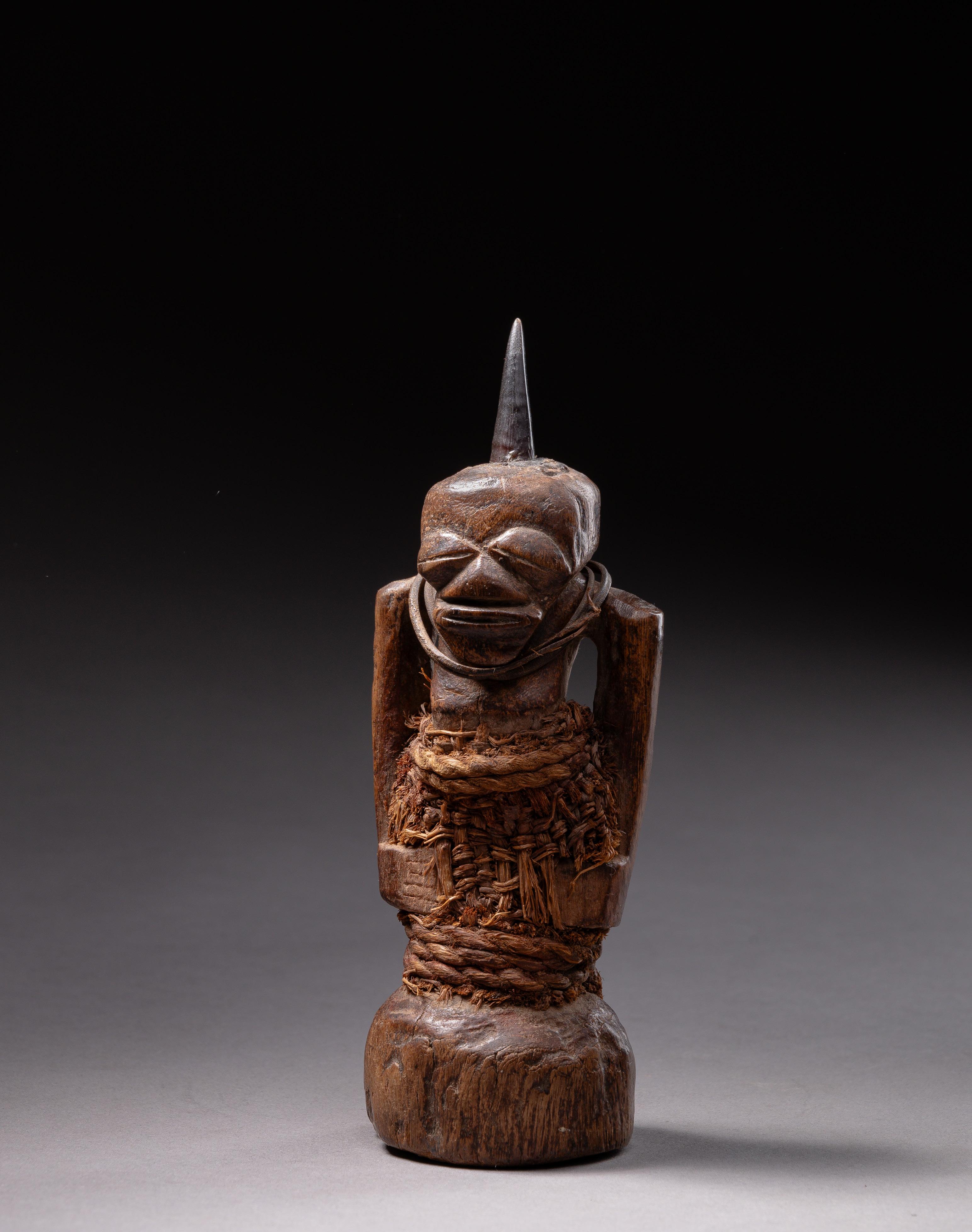
Dr.David Zemanek
Unattributed Songye Artist
D. R. Congo, Lomami Basin and Province
Wood
H: 11.5 cm
PROVENANCE
Peter Willborg, Stockholm, Sweden
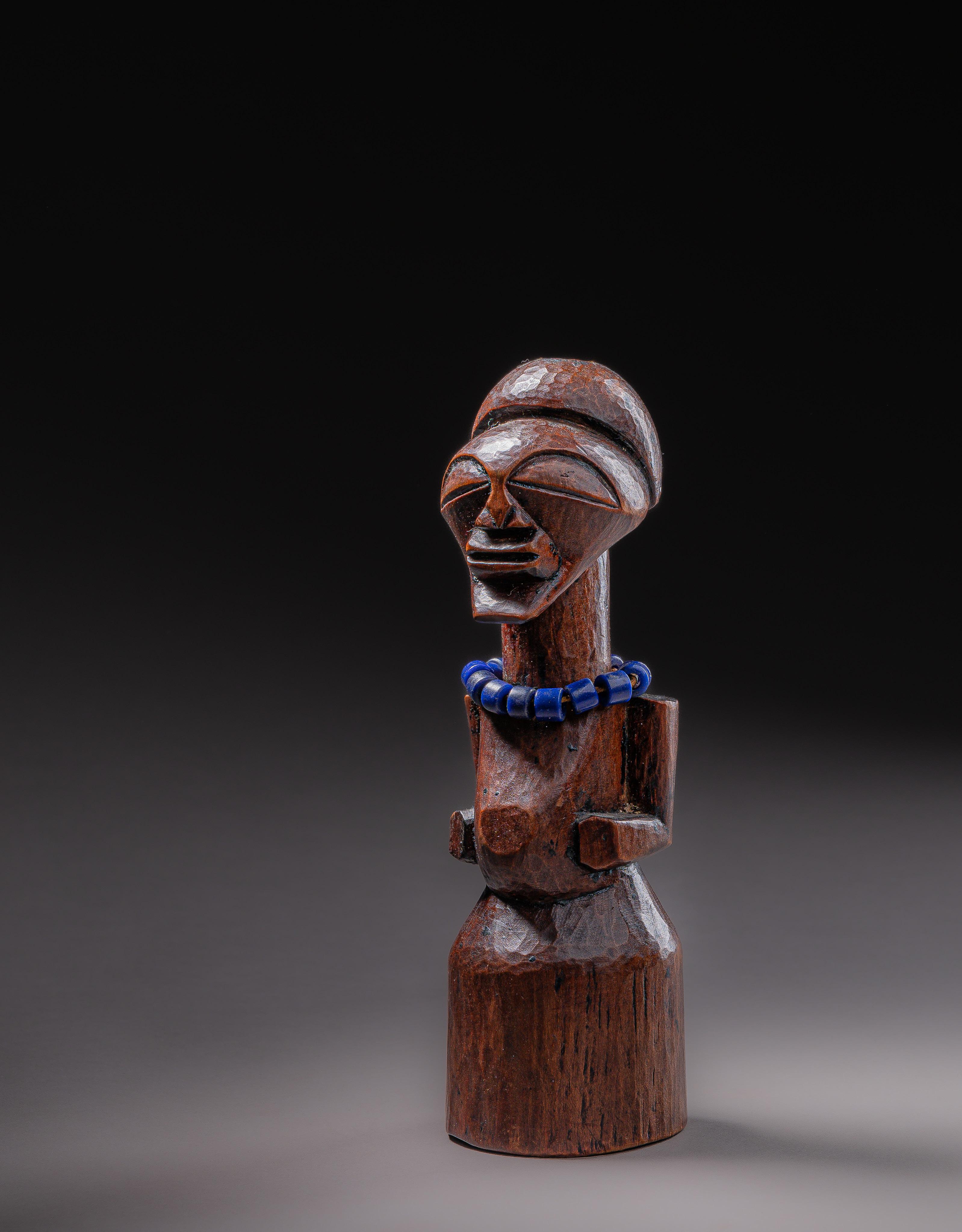
Unattributed Punu Artist
Gabon Wood H: 10 cm
PROVENANCE
Hamburg Private Collection
Lore Kegel, Hamburg, Germany (1947)
Boris Kegel-Konietzko, Hamburg, Germany
Kegel-Konietzko & Dorn, Hamburg, Germany

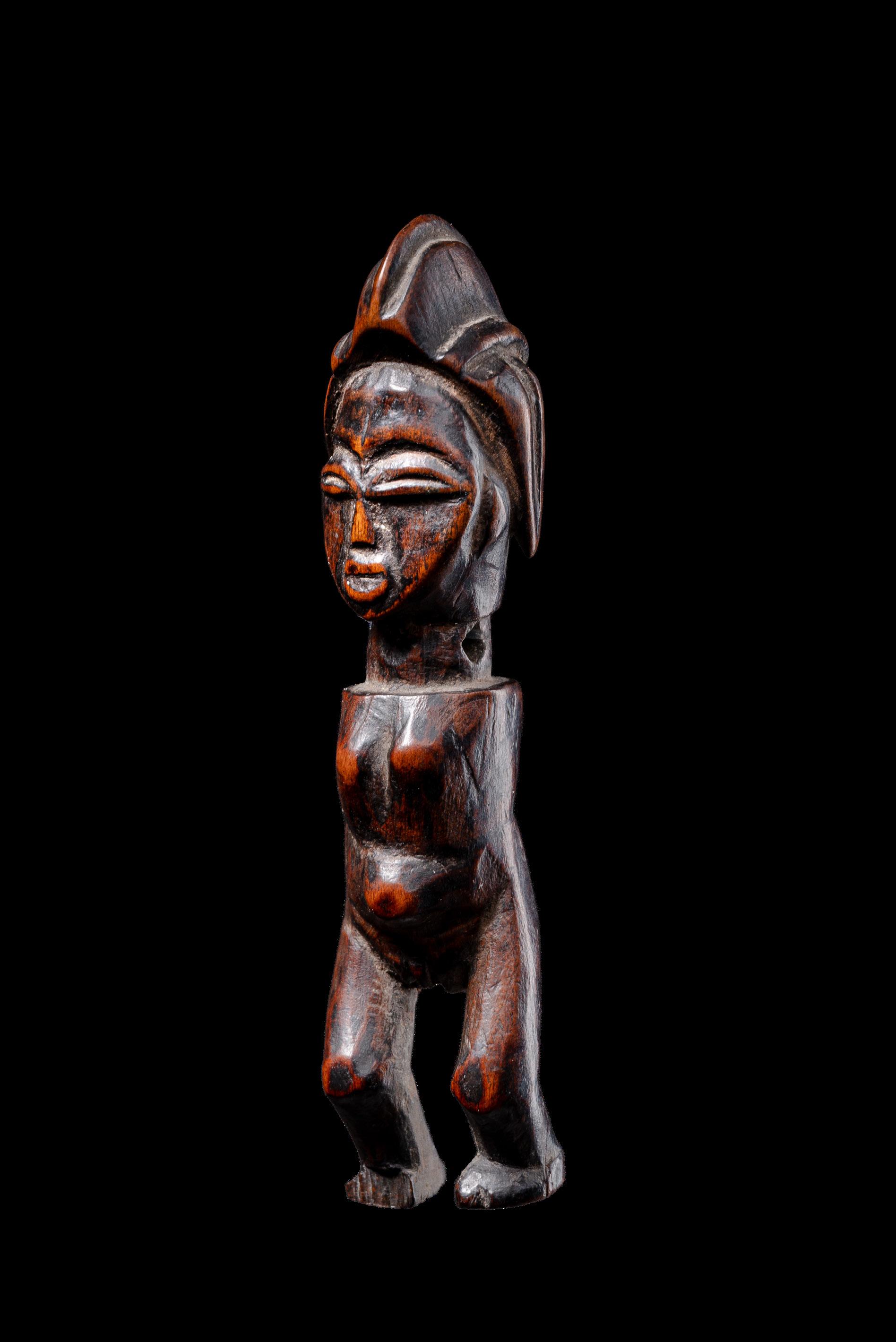
Acknowledgements
Andreas Achmann
Scott Bergmans
Bruno Claessens
Dave DeRoche
Alex Dorn
Eva, Lilith and Jacob
Kim Redlich
Adrian Schlag
Jan Schneider
Petr Zubek
Photography
Howard Nowes
pages 6-18
Sebastian Fernandez pages 21-43
Rebekka Dengel
pages 45-63; 66-76; 82-101
Petr Zubek pages 64; 65; 78; 79
Andreas Achmann pages 80;81
Design
Rebekka Dengel rebekka.dengel@web.de
Art for eternity
303 East 81st Street
New York, NY 10028. USA
Office Phone: 212.472.5171 howardnowes.com hnowes@gmail.com
Dr. David Zemanek Hörleingasse 3-5 97070 Würzburg, Germany www.tribalart.de info@tribalart.de
Gallery Fernandez Leventhal
157 East 37th Street, # 5
New York, NY 10016. USA 001 917 282 7970 www.fernandezleventhal.com sebastian.fernandez37@gmail.com